editor’s note
Issue 10 | January 2024

“Thank you for being a part of our journey.”
As we move deeper into the new year, we stand at the edge of looking back and looking forward. The story of 2023 for the Adani Group was special — a mix of challenges and opportunities, resilience and belief. In this first edition of 2024, we invite you to join us on a journey through the pages that tell the tale of a year that tested us and rewarded our efforts.
Last year showed the Adani Group's strength and determination. Our Chairman’s message captures the spirit that kept us going — a spirit of strong commitment and resilience. Through the ebbs and flows, we stayed strong, coming out of challenges even more determined.
2023 was a year of achievements, determination and big dreams for the Adani Group. From projects that build our nation to stories of people showing unbeatable spirit, we saw many successes. As we retrospect, we celebrate the wins, learn from the challenges, and take the excellence we achieved into 2024's promising horizon. Jai Ho!
That reminds me, we explored Dharavi — an enclave of dreams and hope, pain and joy. Our Dharavi Exclusive shares stories that often go unnoticed — stories of people staying strong in tough times, dreams overcoming challenges. Dive into this captivating story, understand the details of a community that reflects our collective journey. The Dharavi Exclusive is more than just a story; it is proof that hope and the strong human spirit can bring transformation.
The Dharavi Exclusive is just the beginning. Our commitment to storytelling remains unwavering, and in the editions to come, we promise to unveil more narratives that resonate with the heartbeat of our diverse initiatives. Stay tuned for stories that inspire, stories that challenge and stories that celebrate the human spirit.
As we bid adieu to 2023, we extend our warmest wishes for a joyous and prosperous New Year. May 2024 be a year of boundless possibilities, unprecedented achievements and collective growth. To the entire Adani Parivar, our stakeholders and our readers — we wish you a fabulous year ahead.
Once again, thank you for being a part of our journey. ●
contents
from the chairman
“Our financial health is now far more robust than ever before.”
My dear colleagues,
Let me begin by extending my warmest wishes for a Happy and Prosperous 2024. This past year has been a period of extraordinary contrasts that combined some unique challenges with some unique opportunities.
As you all know, about twelve months ago, our resilience was tested by an attack from an international short seller. This was further complicated as various groups with opposing interests to Adani leveraged the short-seller's claims for their own objectives, aiming to harm our reputation by raising concerns about governance practices, not just for our group, but at a national level.
Despite these challenges, our integrity and governance were thoroughly validated by the Supreme Court appointed Committee. The unsubstantiated nature of the allegations against us only served to highlight the power of truth in our favour.
This being said, we must also recognise that there were several learnings we must incorporate into our processes for us to ensure that we are never again impacted by such an event. I will elaborate on this in another talk.
However, today, reflecting on these events, I am proud to say that our company's response was extraordinary. We not only rebounded but also reported record-breaking results, ending our most challenging year in a position of unprecedented strength. This resilience - a testament to each of you - has further solidified our Group's global reputation and validated our governance practices.
Our financial health is now far more robust than ever before in our 30-year history and is marked by the expansion of our investor base with prestigious global entities like GQG Partners from the US, International Holding Company from the Middle East, TotalEnergies from Europe, and the US Government’s International Finance Development Corporation. This is a clear validation of the trust and confidence investors place on the Adani brand.
All of this success has not only accelerated our expansion plans but has also allowed us to venture deep into projects that most would not even consider. Some of these include building the world's largest renewable energy park to generate 30 GW of green power - in the middle of the desert in Kutch - and spanning 725 square kilometres. Also included in this list of projects is the redevelopment of Dharavi, one of the largest slums in the world. Again, something that has been attempted by several others but with no success. If this were not enough, we also built one of the world's most difficult and deepest breakwaters for the Vizhinjam port in Kerala, as well as accelerated the development of the Navi Mumbai airport that is being designed to handle a staggering 100 million passengers annually. Our list of projects is endless. And the fact is that every one of these projects gained momentum - in what was - our most challenging year. This is the best showcase of the inherent capability of our people.
My dear colleagues,
As we enter the new year, it's all about your continued commitment as well as your needs. My understanding of these is essential for further strengthening our Group capabilities. I realise, we can do much better and, to do so, I must be able to directly reach you.
It is in this context that I launched the "Chairman Survey - Your Voice Matters" in November. Your feedback so far has been instrumental for me to form my initial views on various topics. Later this month, I intend to reach out to some of you to get early feedback on the effectiveness of the survey and some of your insights.
One challenge that we must address relates to our response rates that so far have stayed flat at about 60%. We must take this to 100% for me to fully understand our organisational needs and make data-driven decisions. Therefore, I need everyone to participate as we collect additional insights over the next few weeks.
Following this, sometime in March, I expect to have enough information on a variety of topics. Thereafter, I will organise in-depth 1-on-1 and group discussions to dive deeper into the improvement areas you have highlighted.
I have also taken your feedback to move to an easier survey platform and also to eliminate the need to enter an email address. We are therefore transitioning to a more accessible WhatsApp platform for the survey.
Thank you for your time in speaking your mind. Your voice truly matters in steering our collective journey.
Once again, all the best for 2024.
Jai Hind. ●
Centenary Celebration Of History And Legacy
ACC Higher Secondary School at Kymore that produced freedom fighters, national leaders and scientists turns 100, marking a century of imparting quality education and shaping the lives of more than 17,000 individuals over the years.
impact
Juhi Chakraborty
A
journey towards excellence in education that began in pre-Independence India back in 1923 with just two classrooms, recently commemorated 100 years. ACC Higher Secondary School at Kymore in Madhya Pradesh, symbolises a century of rich legacy, history and achievements, one that was built over the years. Established by CP Portland Cement Ltd in the village of Kymore, the school has evolved over the last 100 years, leaving a significant mark on the educational landscape in the state of Madhya Pradesh.
True to the magnitude of the occasion, the centenary celebration graced by Chairperson of Adani Foundation Dr Priti G Adani, was a grand affair, held at the ACC Gymkhana Cricket Ground. Congratulating the staff, students and alumni of the school on the historic occasion, Dr Adani, said, “Education is the foundation of societal progress, and ACC Higher Secondary School’s century-long legacy epitomises the transformative power of quality education. As the school marks a milestone of educational excellence, we extend our heartfelt gratitude to the dedicated educators and the accomplished alumni. The Adani Foundation is proud to witness this momentous occasion. We look forward to contributing to the school’s rich legacy and remain committed to spearhead the cause of quality education.”
The day-long programme included the screening of a documentary showcasing the school’s journey, followed by the release of souvenirs and cultural performances by the alumni.
The educational movement which began under the leadership of Gauri Shankar Pandey, who served the headmaster till 1943, saw significant expansions taking place over the years. 2010 saw the construction of facilities for higher secondary students, including laboratories, a library, four classrooms and toilets. Notable achievements by students in state merit lists highlighted the school’s commitment to academic excellence. The school is continuing its upward trajectory under the leadership of Sudhanshu Mishra, who assumed the role of principal in 2017.
Reflecting on the completion of 100 years of the school, Mr Mishra shared, “As we reach the incredible milestone, gratitude fills my heart. The journey, guided by dedicated educators and unwavering community support, reflects the true essence of education. Together, we have shaped generations. I would like to extend my gratitude to Adani Foundation for spearheading the revolution we started in the pre-independence era. Now, we are all prepared to work harder for our commitment towards quality education for all.”
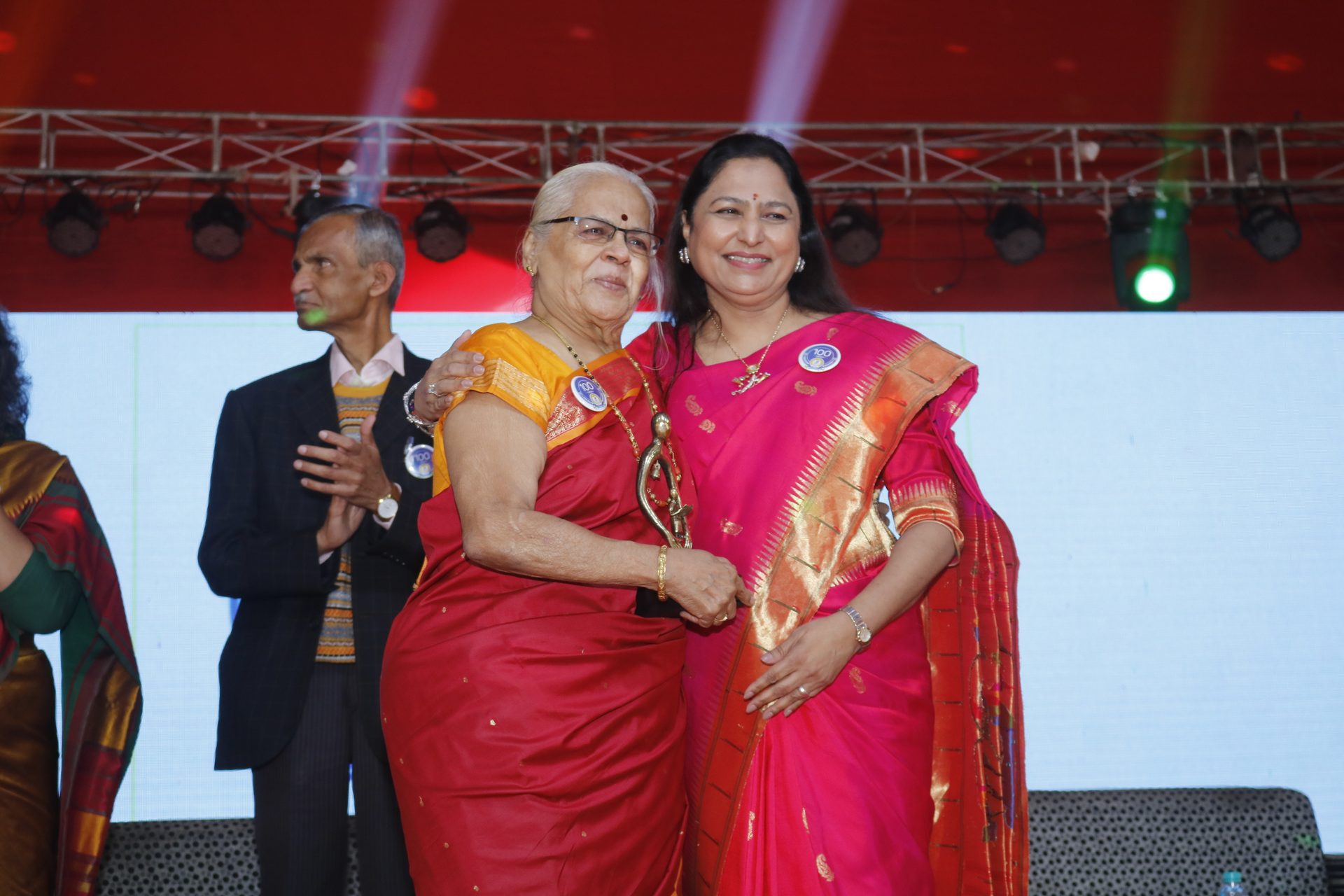

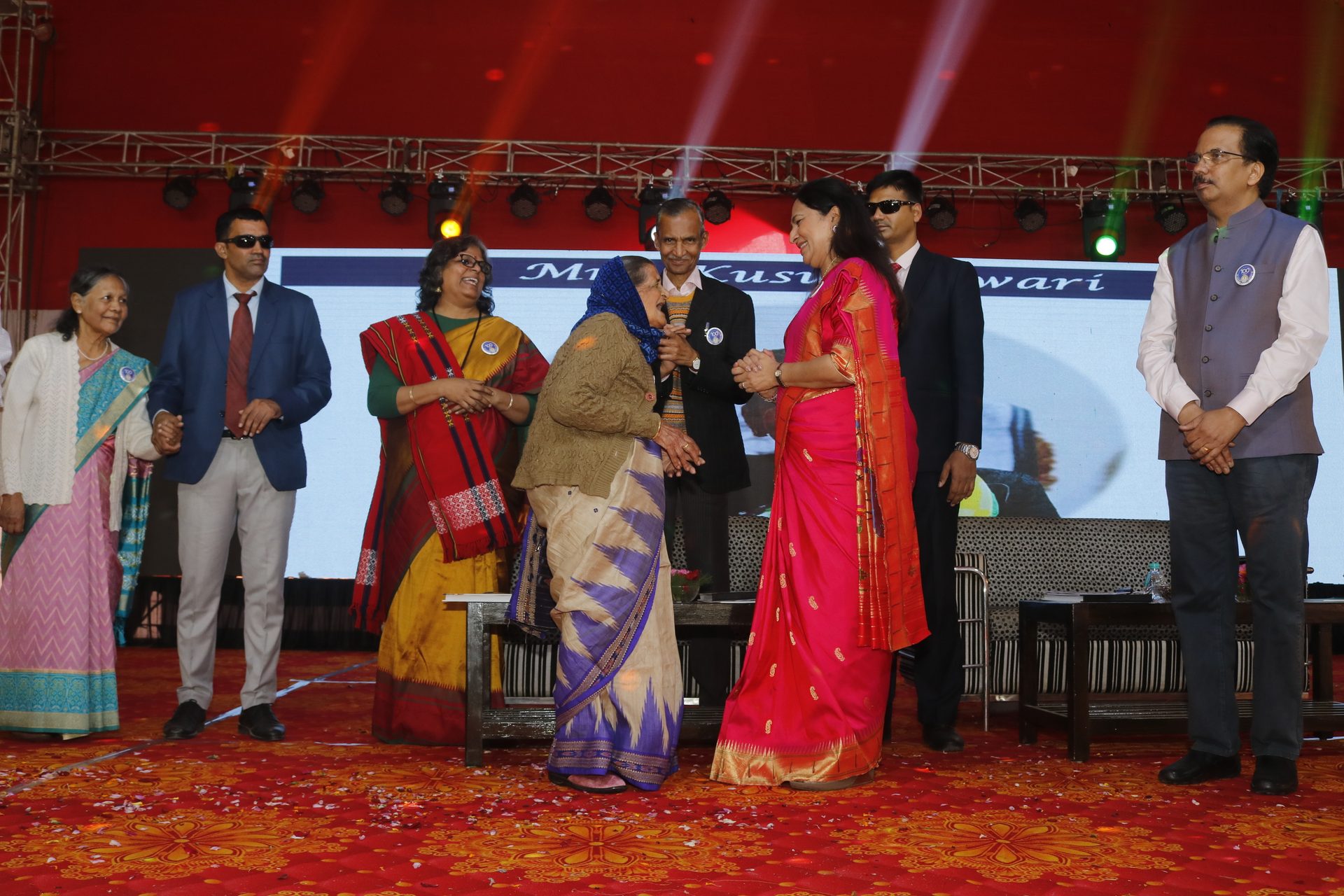
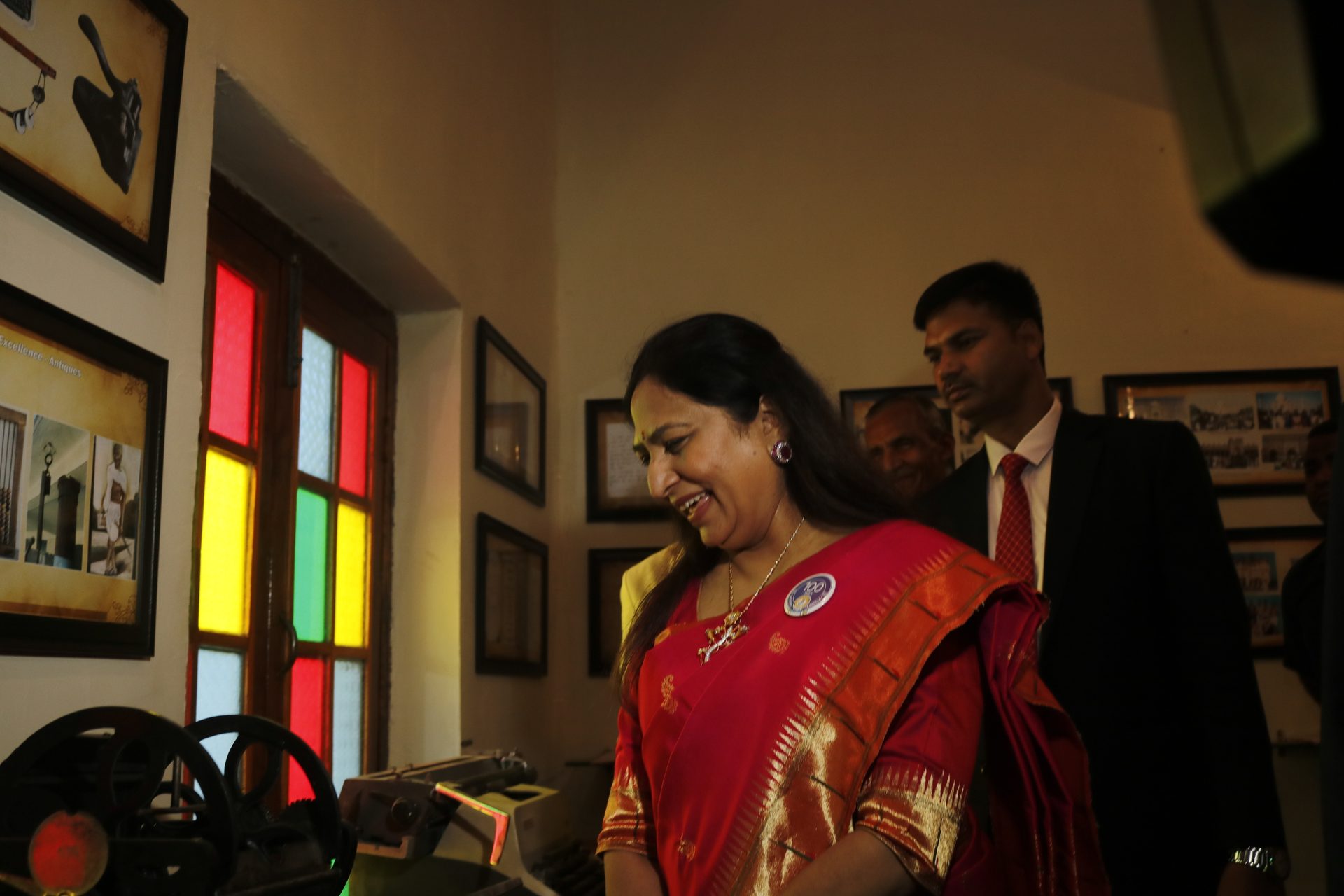
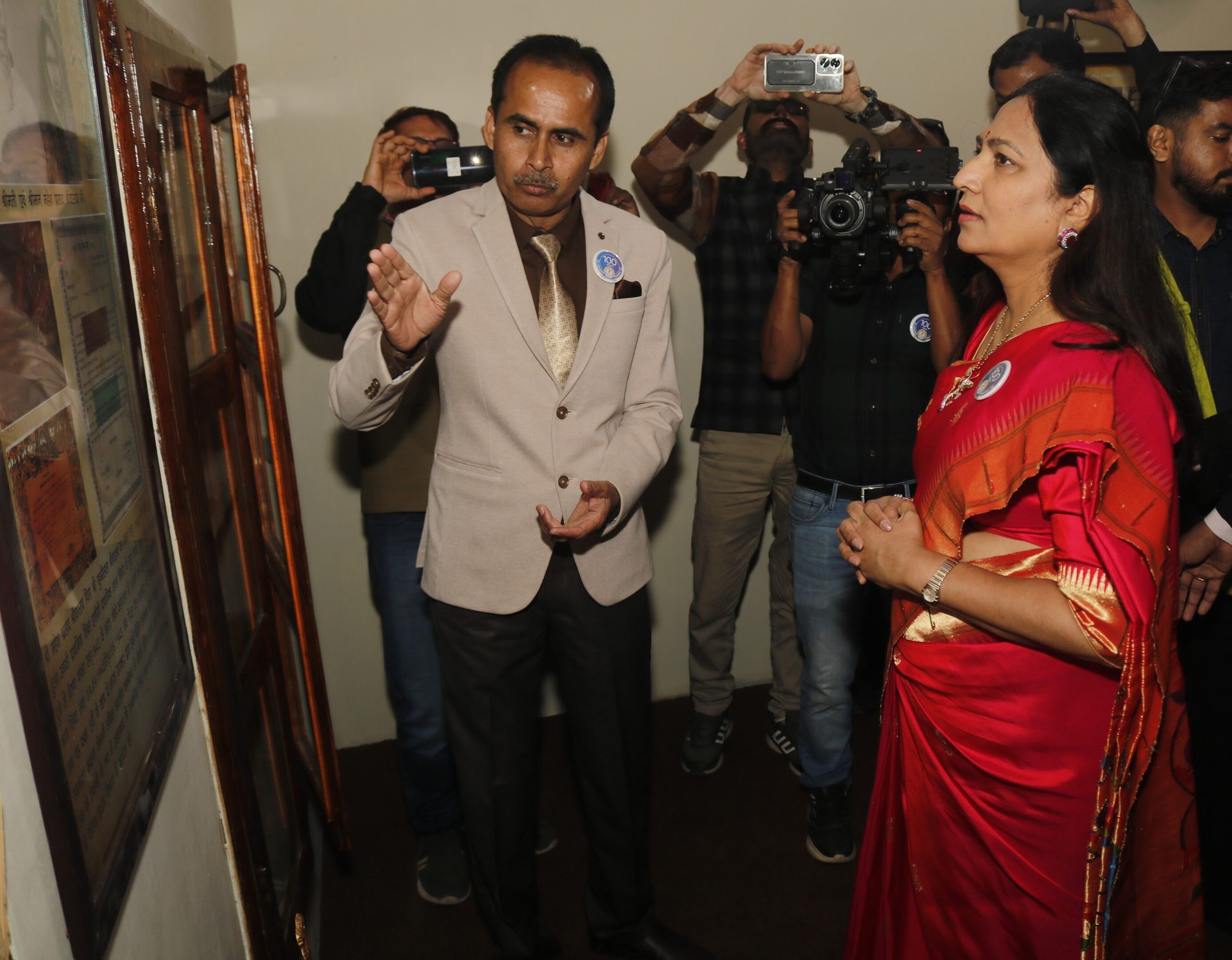
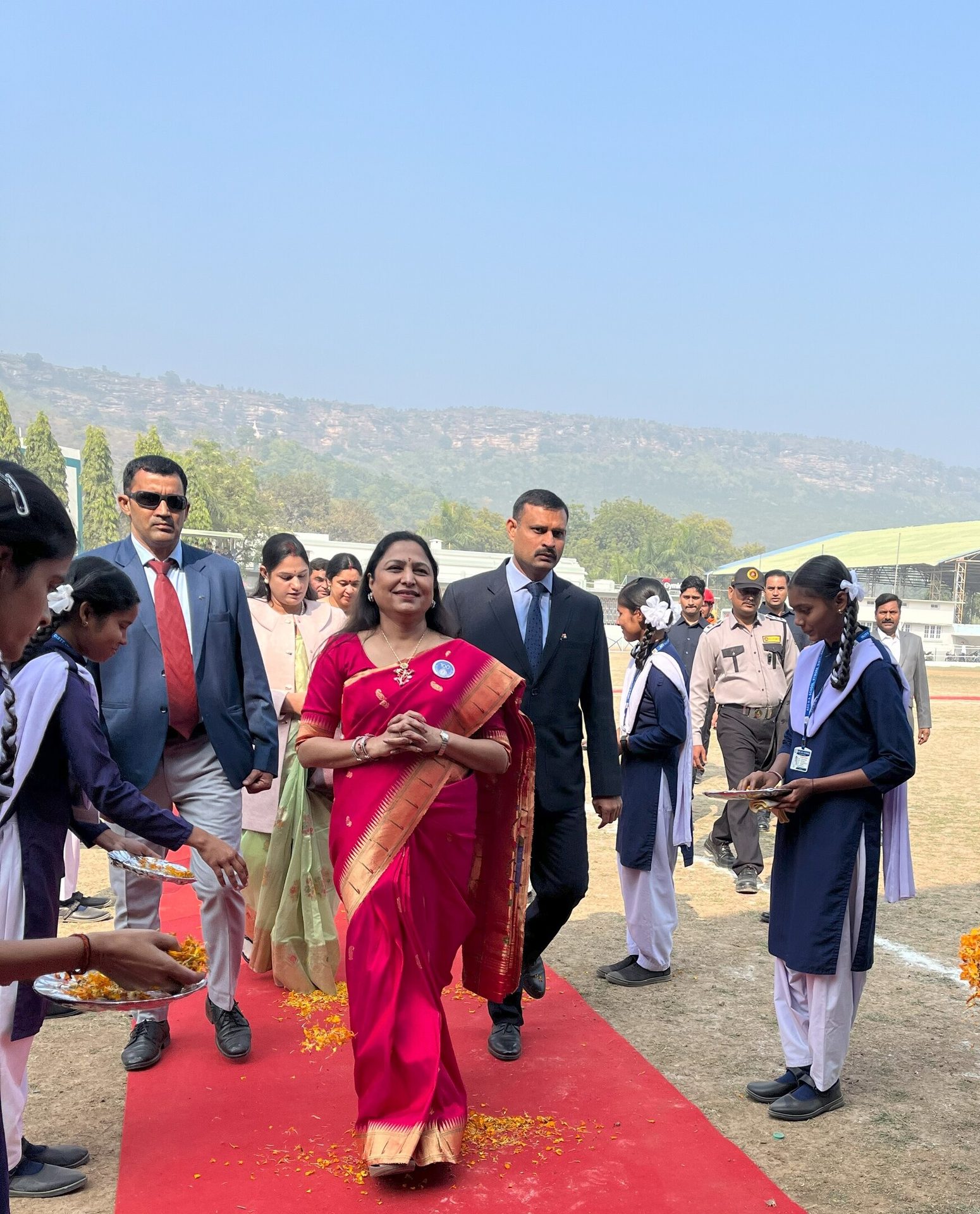
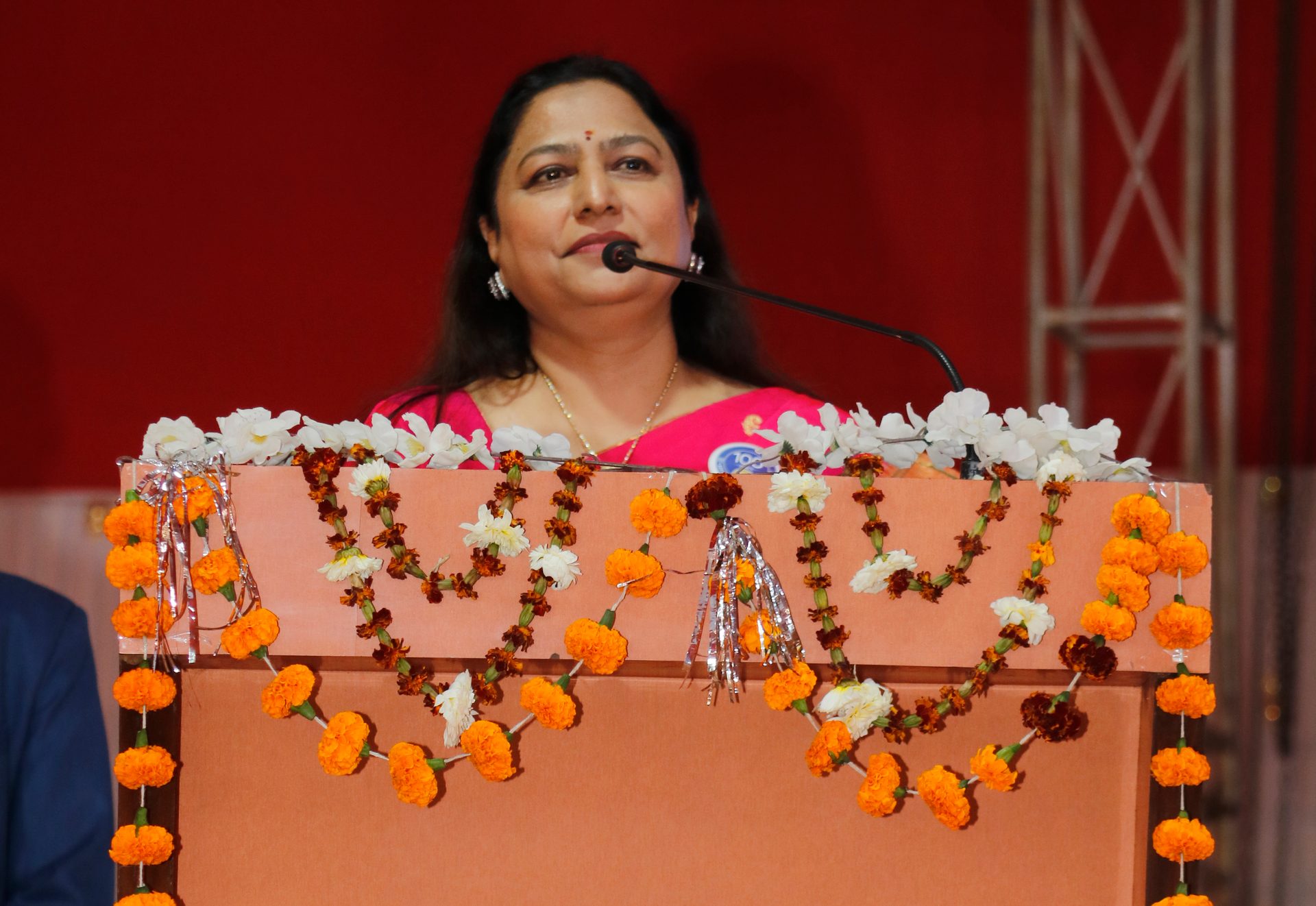
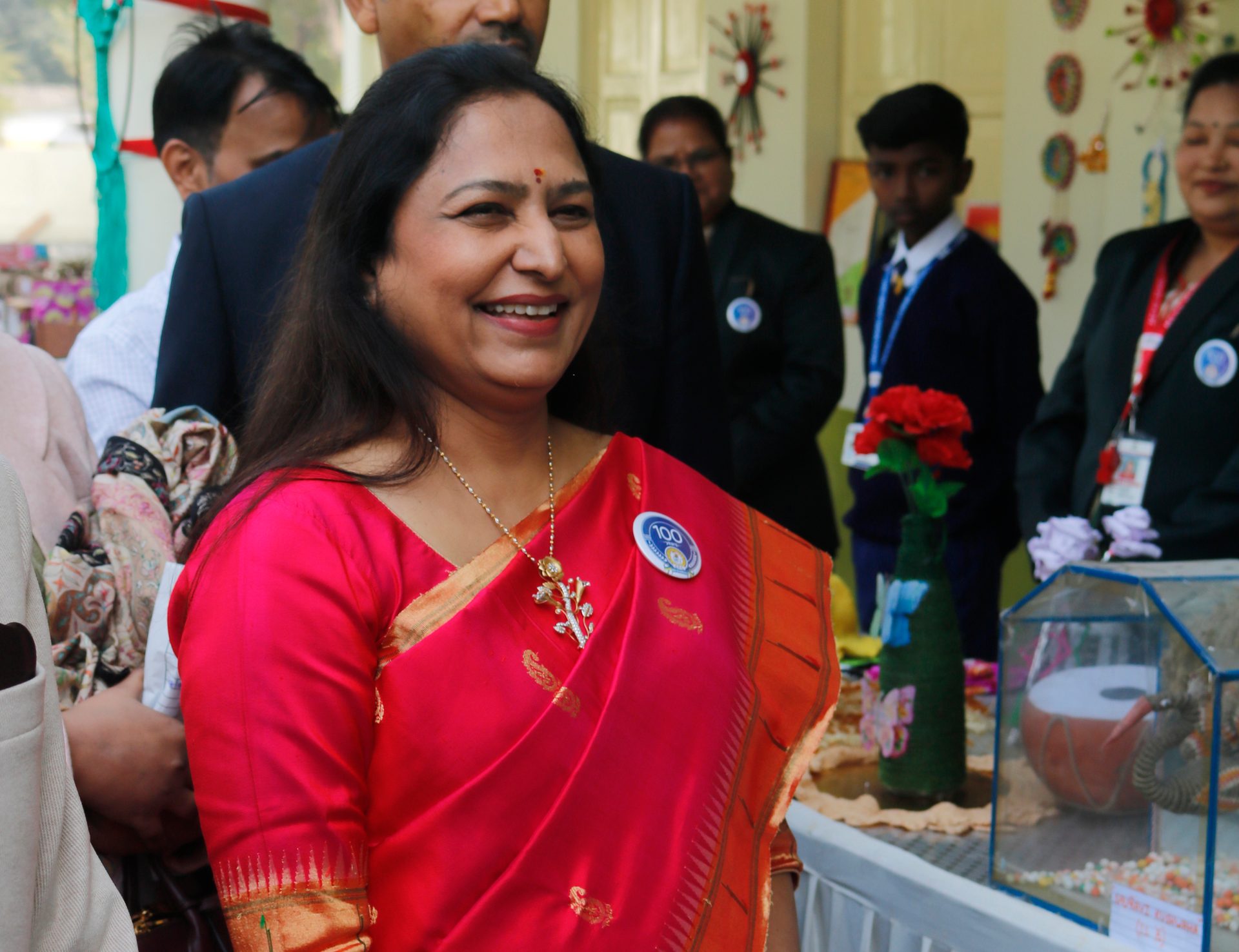
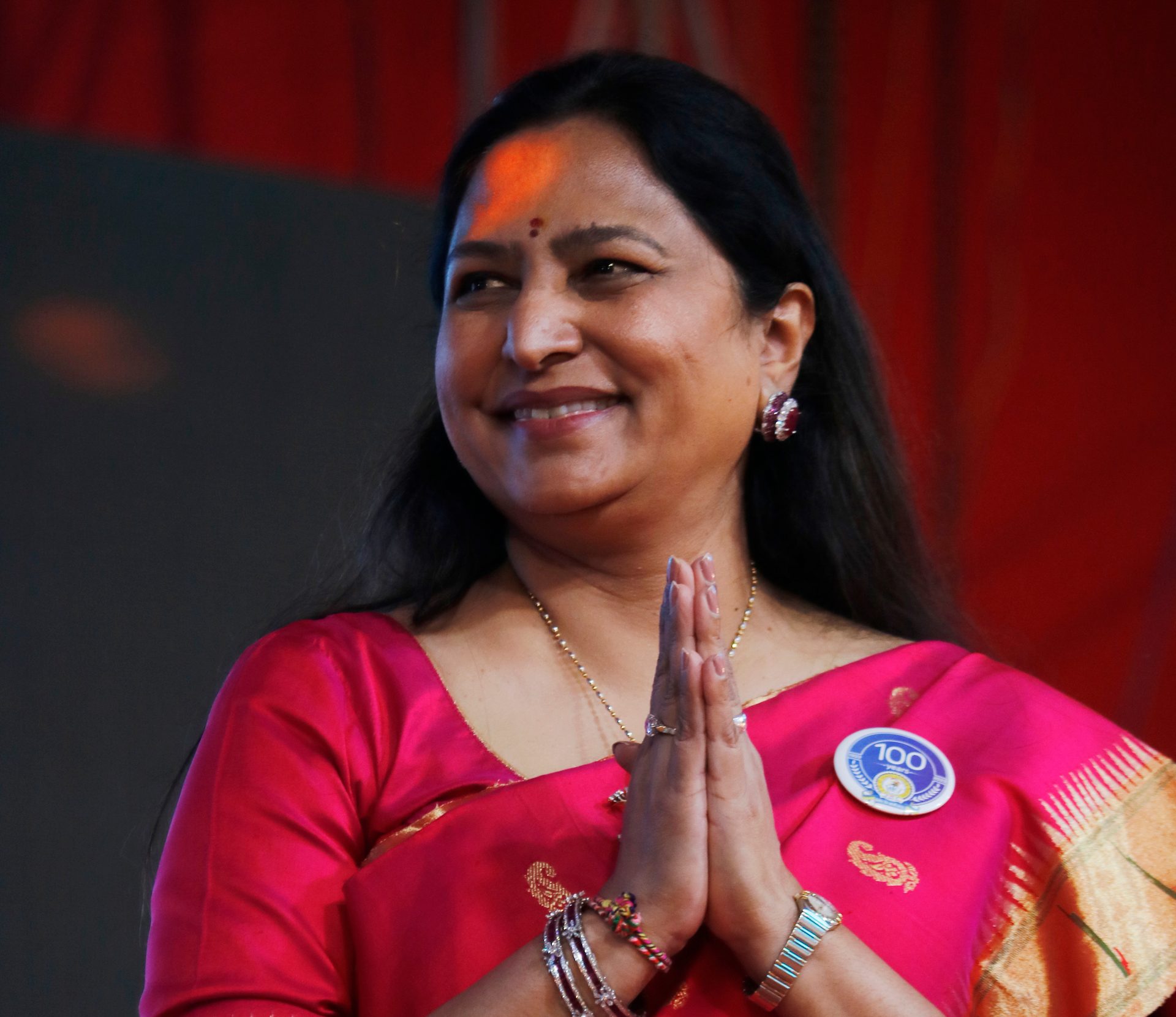
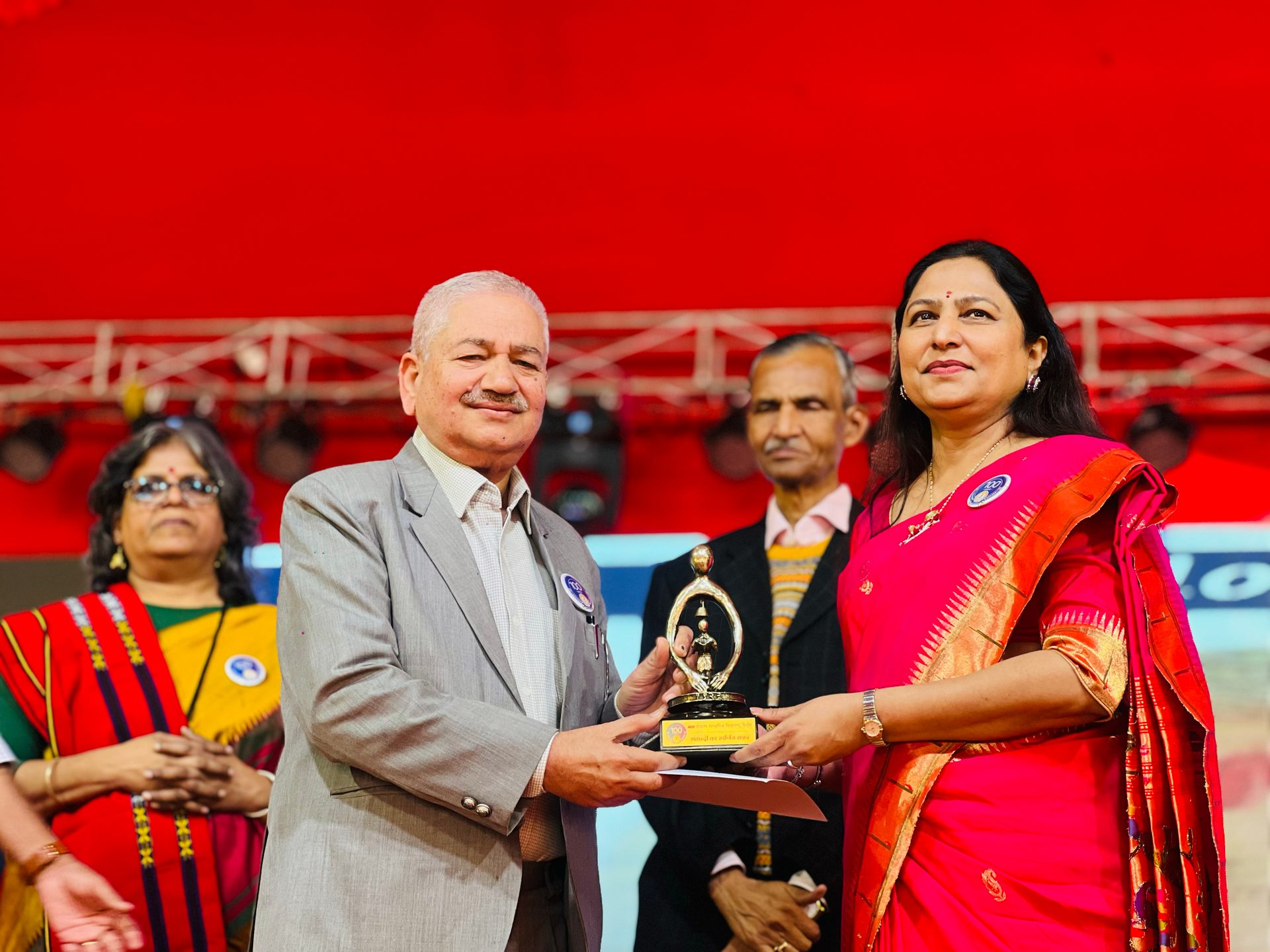
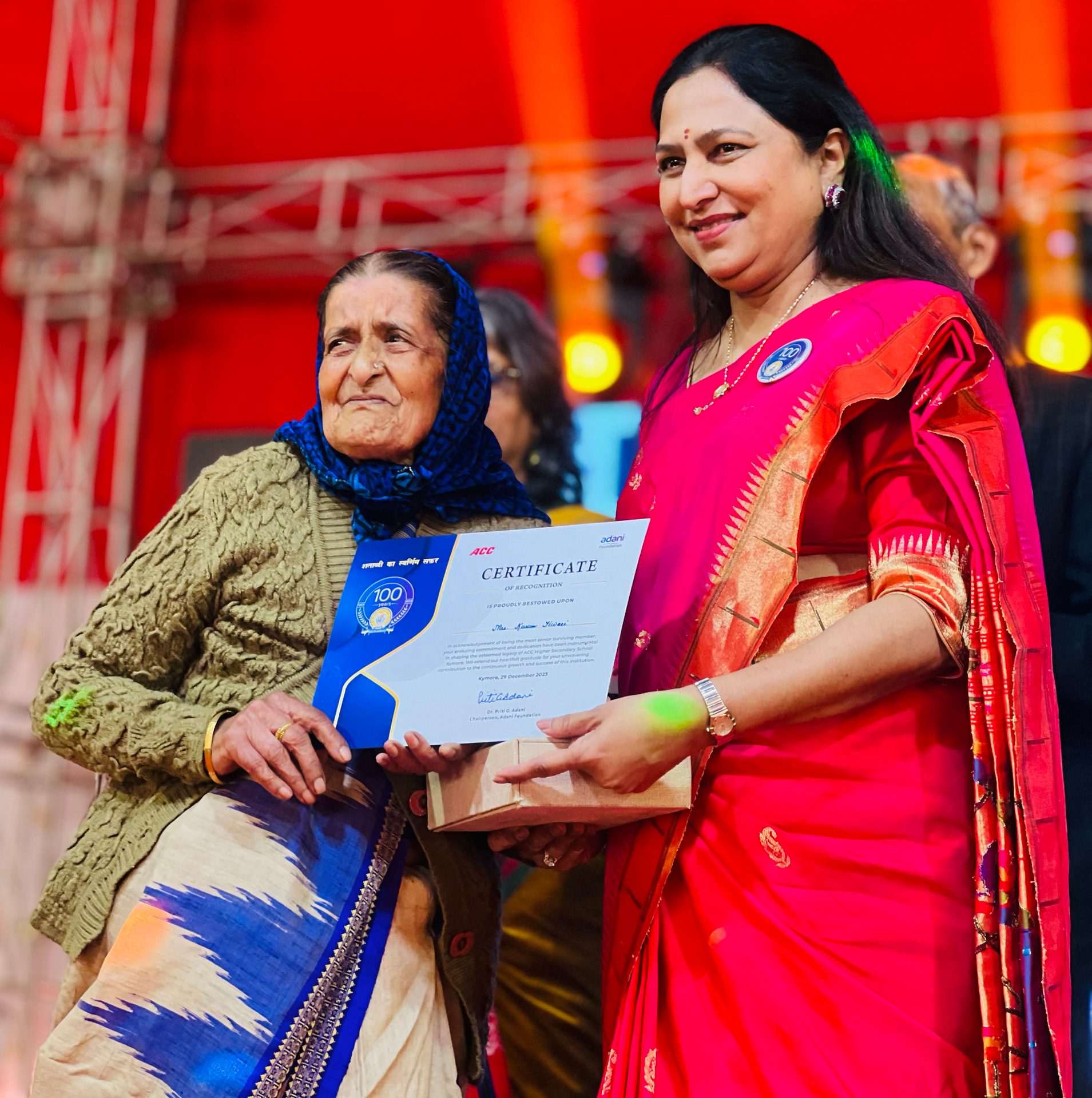
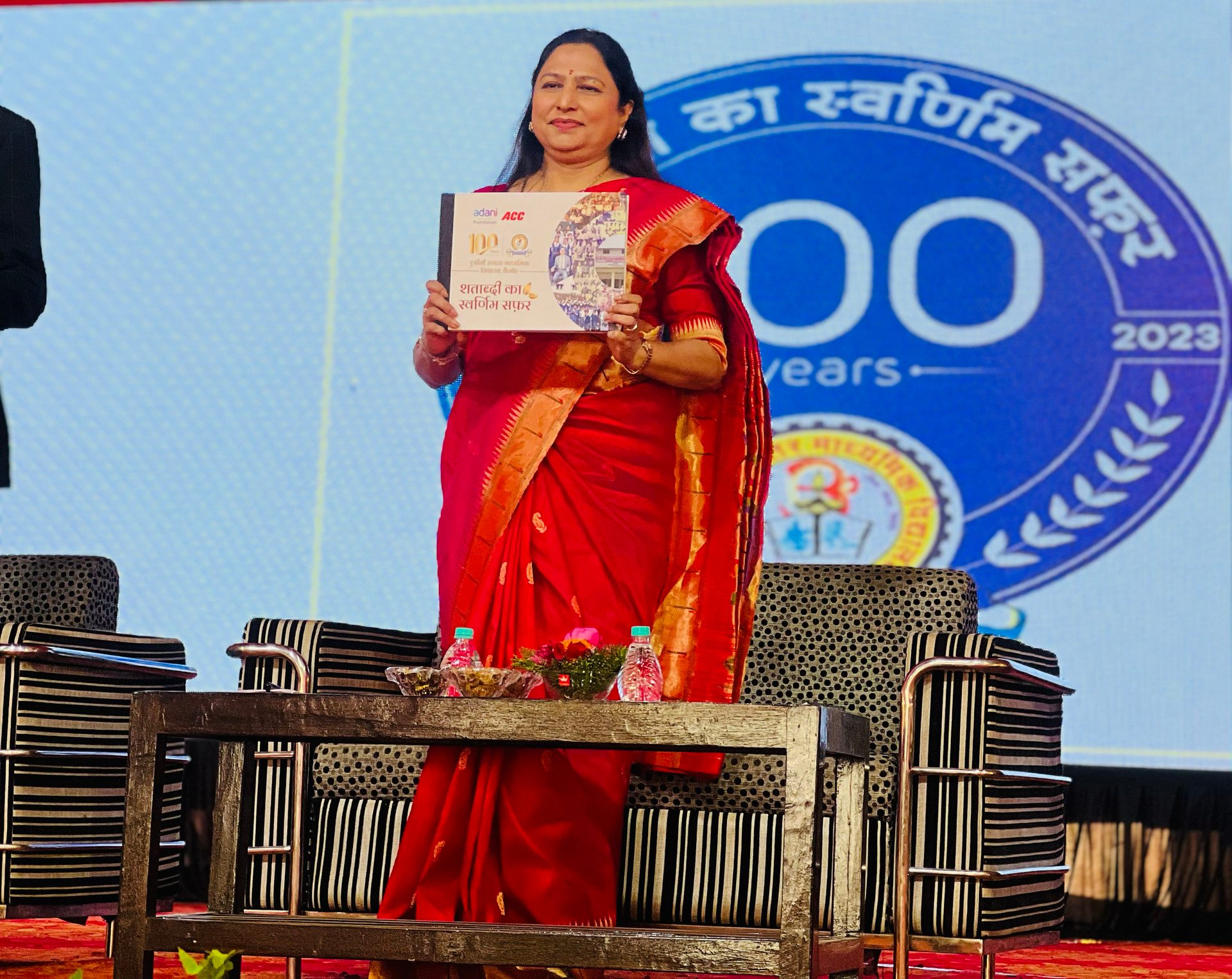
A Walk Back In Time
Have a look at this ‘Journey Of A Century’
1923
CP Portland Cement Ltd was established in the small village of Kymore, approximately 100 km northeast of Jabalpur in Central Province District and the Kymore Cement Factory School was set up.
1937
Opposite the ACC Gymkhana Cricket Ground, three additional rooms were constructed.
1947
With India gaining independence in 1947, 5 additional classrooms were constructed the same year, in front of the Ramleela Ground.
1966
The school at Mehgaon was closed and merged with ACC Middle School Kymore.
2010
New facilities like laboratories, library, four additional classrooms and toilets were constructed in the southern part of the school.
1927
The school with two rooms and English-tiled roof in 1927, underwent first inspection by the District Inspector of Jabalpur, GR Bhatia, marking the beginning of regular operations.
1943
The school progressed from Primary to Secondary status.
1957
A branch of Kymore Cement Factory School in Mehgaon was upgraded from middle to high school status. However, due to space constraints, the school was relocated, and the institution became known as Kymore Higher Secondary School.
1997
The school underwent further development, advancing from Secondary to Higher Secondary.
ILLUSTRIOUS ALUMNI
- Mahesh Shrivastava, the youngest freedom fighter who joined the Quit India Movement at the age of 10.
- Retired Army officer Lieutenant Colonel Tukaram Yadav.
- Sanjay Mishra, secretary of the Badminton Association of India.
- Megha Bhatt, who worked on the Chandrayaan-2 and Chandrayaan-3 projects.
- Dr Karuna Verma, scientist and academician who retired as Dean and Executive Councilor at Rani Durgavati University.
- Anil Kumar Shukla, former Chief Geologist at Coal India Ltd.
- Playback singer Nandita Nagjyoti. ●
expertspeak
The Power Of Purposeful Goals
A leadership guide to setting and surpassing organisational goals.
Prof Ram Charan
Every company prepares a budget for the following year. A budget is not just a financial plan, it is a commitment. All members of a particular organisation synchronise their energy to achieve the budget.
The purpose of the budget is to create new value for the company, excel competition and invest in enhancing the skills of our workforce through training and innovation. Innovation, whether for customers or internal processes, is integral to making productivity a habitual practice within the organisation. The head of a unit, as a leader and manager both, plays a crucial role in the budgeting initiative. The first and foremost task is setting a comprehensive set of goals, a task that requires both leadership and managerial expertise. Setting the right goals is pivotal to the success of any organisation, akin to a sports captain defining the objectives for a team in a game. It involves surpassing predefined targets and pushing the boundaries of one's capabilities.
Traditionally, many companies worldwide have followed a simplistic approach to budgeting—taking the previous year's performance and setting a percentage increase. However, this approach is deemed insufficient in the contemporary business landscape. Instead, a forward-looking perspective is essential. Organisations should analyse future market trends, identify segments with faster growth rates and recognise shifts in the competitive landscape to uncover attractive opportunities. This "future back outside in" approach ensures that goals are set based on potential future scenarios rather than replicating past performance. The objective is to outpace the competition while creating substantial value.
A notable example is the Adani Group, which, through a public announcement, demonstrated a visionary approach. Acknowledging the Prime Minister's ambitious goal of achieving 500GW of renewable energy capacity by 2030, Chairman Gautam Adani made a choice to enter this need of the nation. In London, he committed an unprecedented USD 7 billion. This decision was rooted in recognising both the national need and the business opportunity. The Adani Group now aims to achieve 45GW by 2030, with 8GW already accomplished. The process of setting these ambitious goals is not limited to the top leadership; it permeates through the organisation. Leaders such as Amit Singh and his team are intricately involved in meticulously formulating the budget for the upcoming year. Leaders should openly communicate the specific goals they have set – there is no secrecy surrounding this. Subsequently, the entire organisation should actively engage in developing their respective goals and initiatives, steering away from the conventional practice of simply adding incremental changes to last year's figures.
Rather than a linear approach, the emphasis lies in intelligently altering the allocation mix of both internally generated and externally acquired funds. This strategic shift aims at optimizing the use of financial resources. In this dynamic process, the leader of the unit assumes a pivotal role within the organization. They take on the responsibility of assigning accountability, establishing Key Performance Indicators (KPIs), ensuring transparency, and ultimately striving to surpass global standards in execution excellence. This transformative approach transcends budgeting as a mere financial exercise, evolving it into a strategic roadmap for organizational supremacy. ●
The writer is a world-renowned business consultant, CEO advisor, author and speaker.
From Grids To Good
Adani Electricity’s CSR sparks social transformation in Mumbai.
community
Kandarp Patel
I
t gives me immense pride to share the positive impact of Adani Electricity’s recent Corporate Social Responsibility initiatives in Mumbai. Driven by a deep understanding of our responsibility towards the communities we serve, our employees have actively participated in projects aimed at creating a more sustainable and inclusive future.
In collaboration with the Adani Foundation, we have launched two flagship initiatives dedicated to underprivileged communities: Utthan, a learning program for BMC school students, and Swabhimaan, a skill-based program empowering women with sustainable livelihood opportunities.
Empowering Young Minds Through Utthan
Project Utthan is dedicated to fostering academic success and empowering students in BMC schools. By adopting government primary schools, offering individualised support to high-potential learners, and addressing dropout rates, we create a comprehensive learning environment. The project actively involves teachers and parents, resulting in a strengthened foundation in literacy and numeracy for over 12,000 children across 60 schools. Witnessing the growth of these young minds is genuinely inspiring.
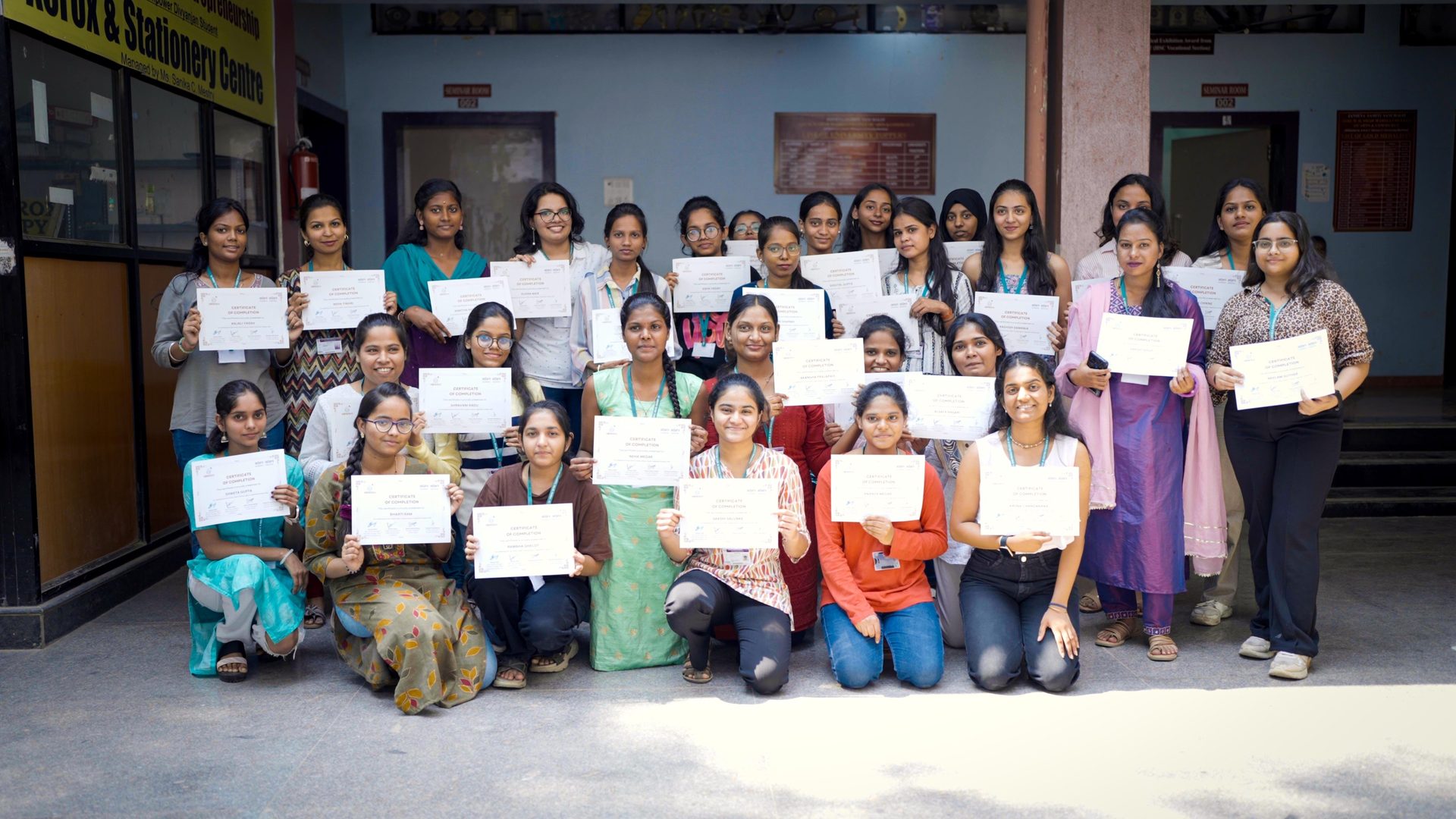
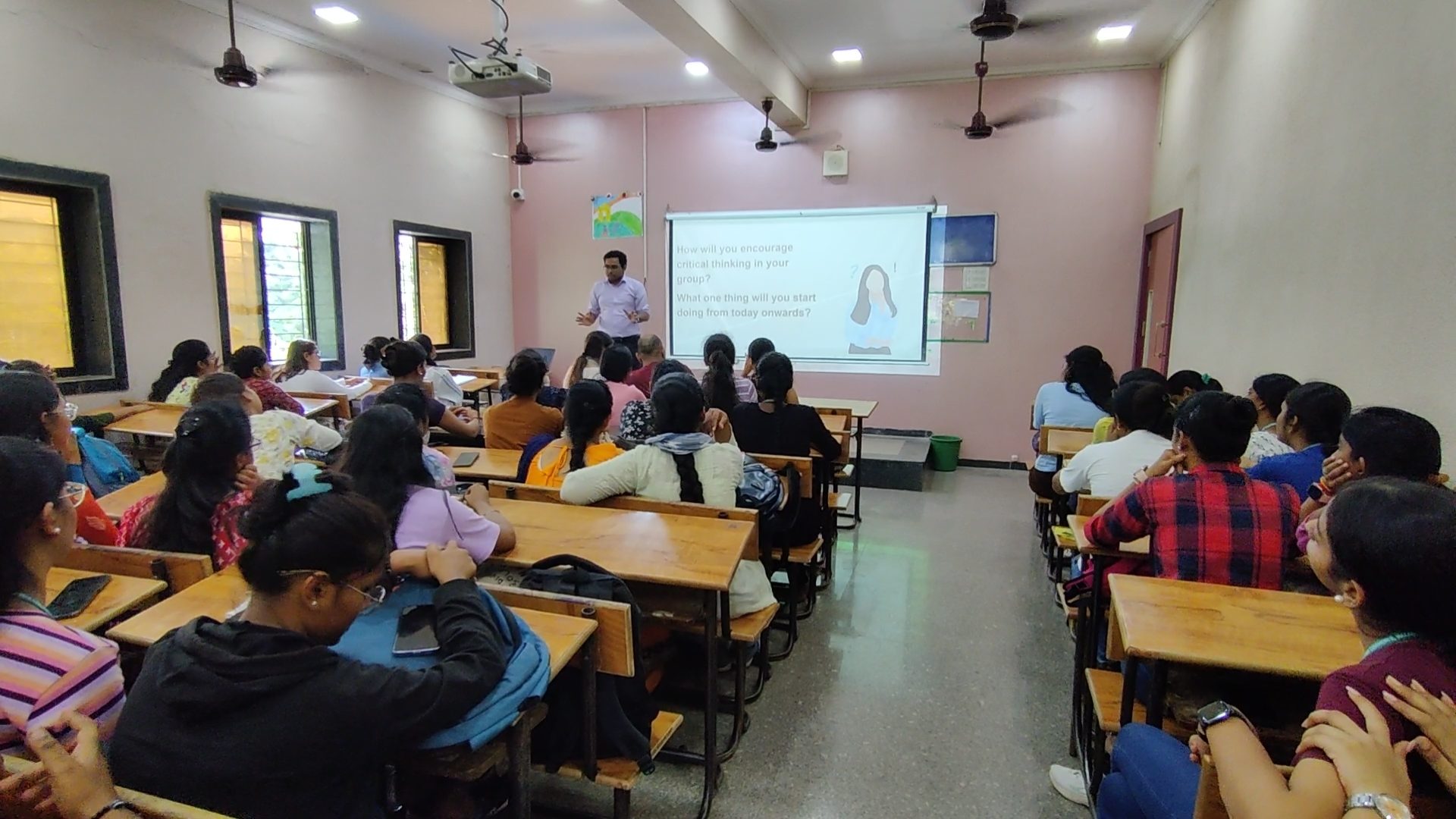
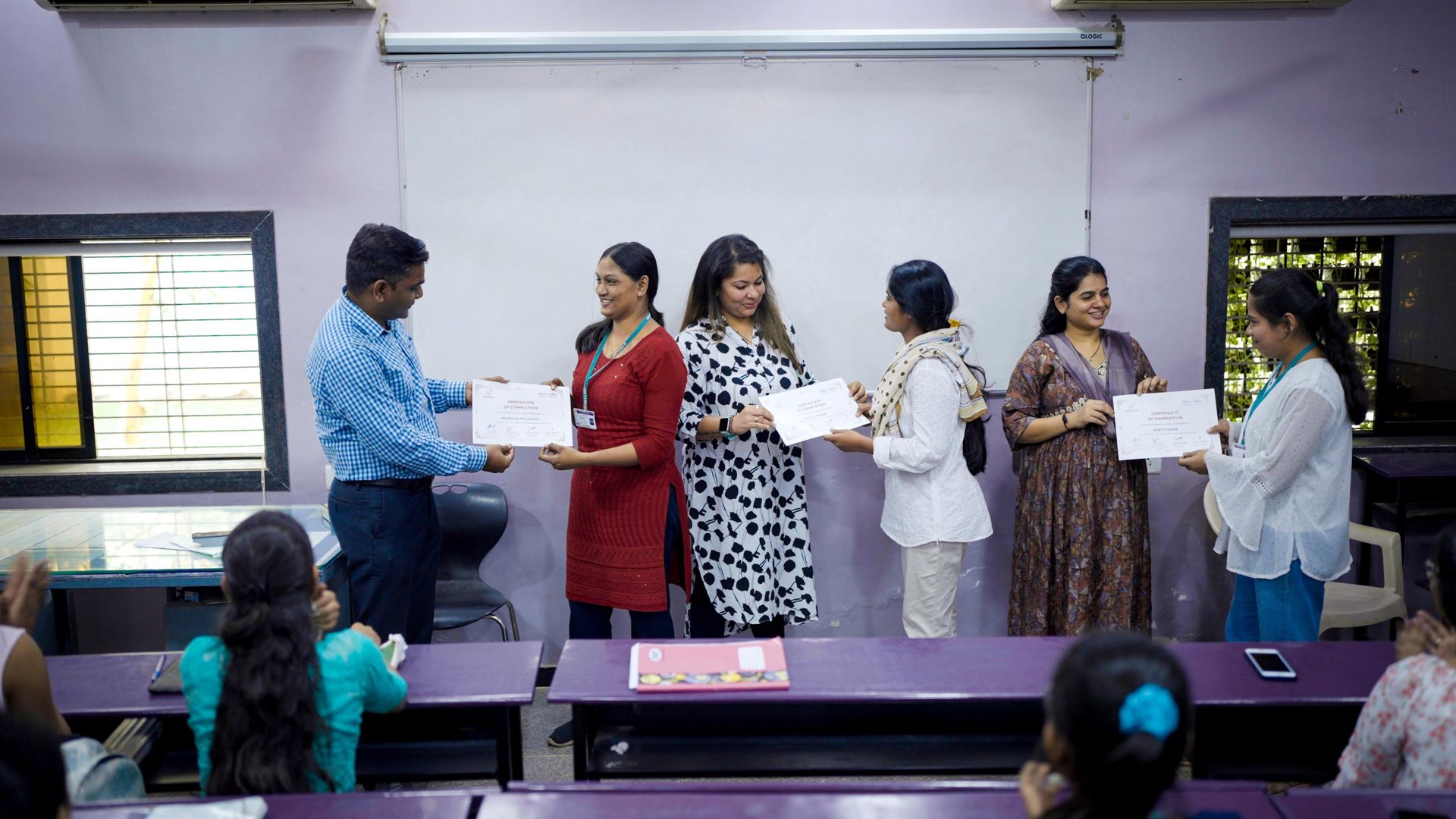
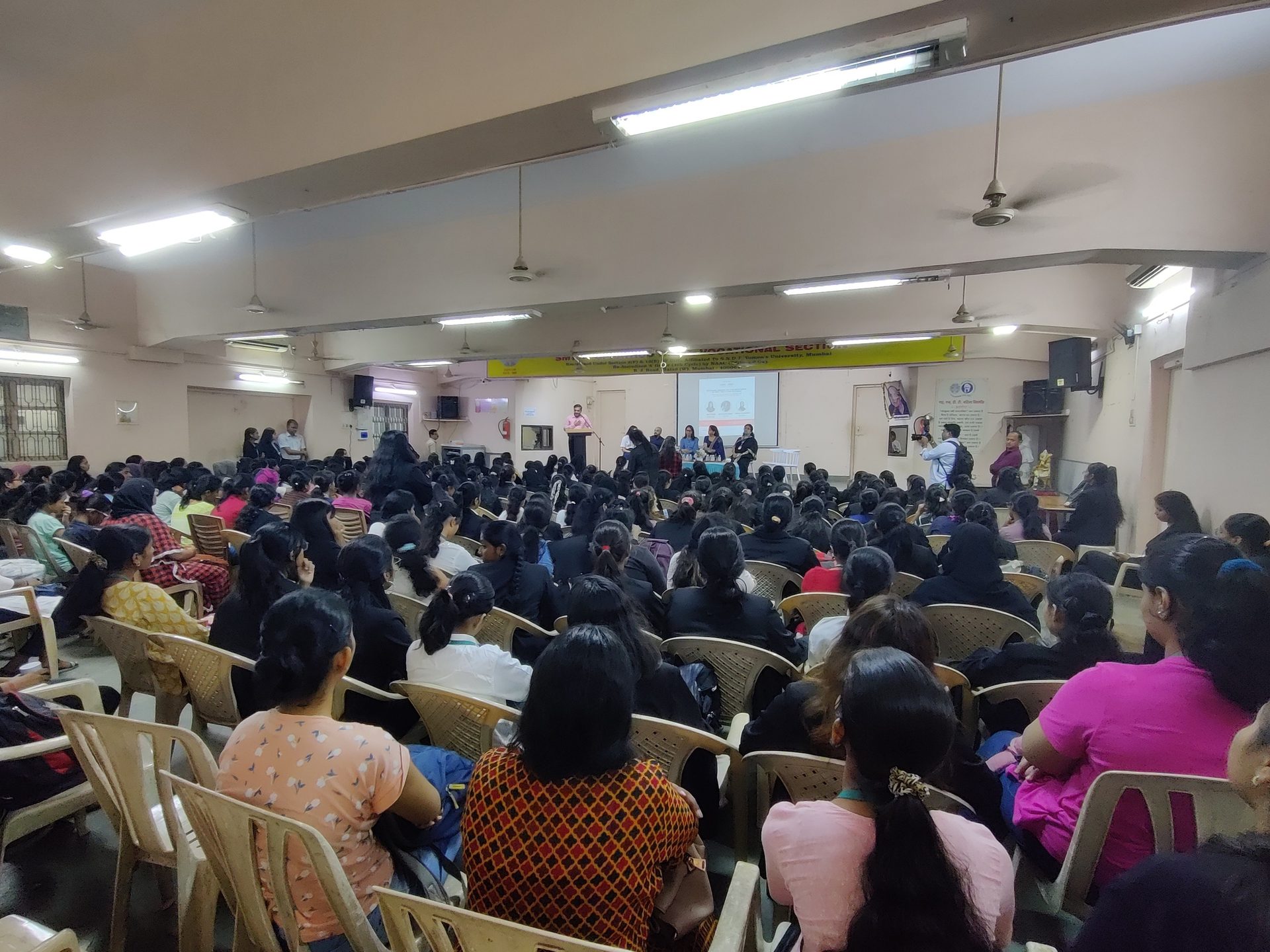
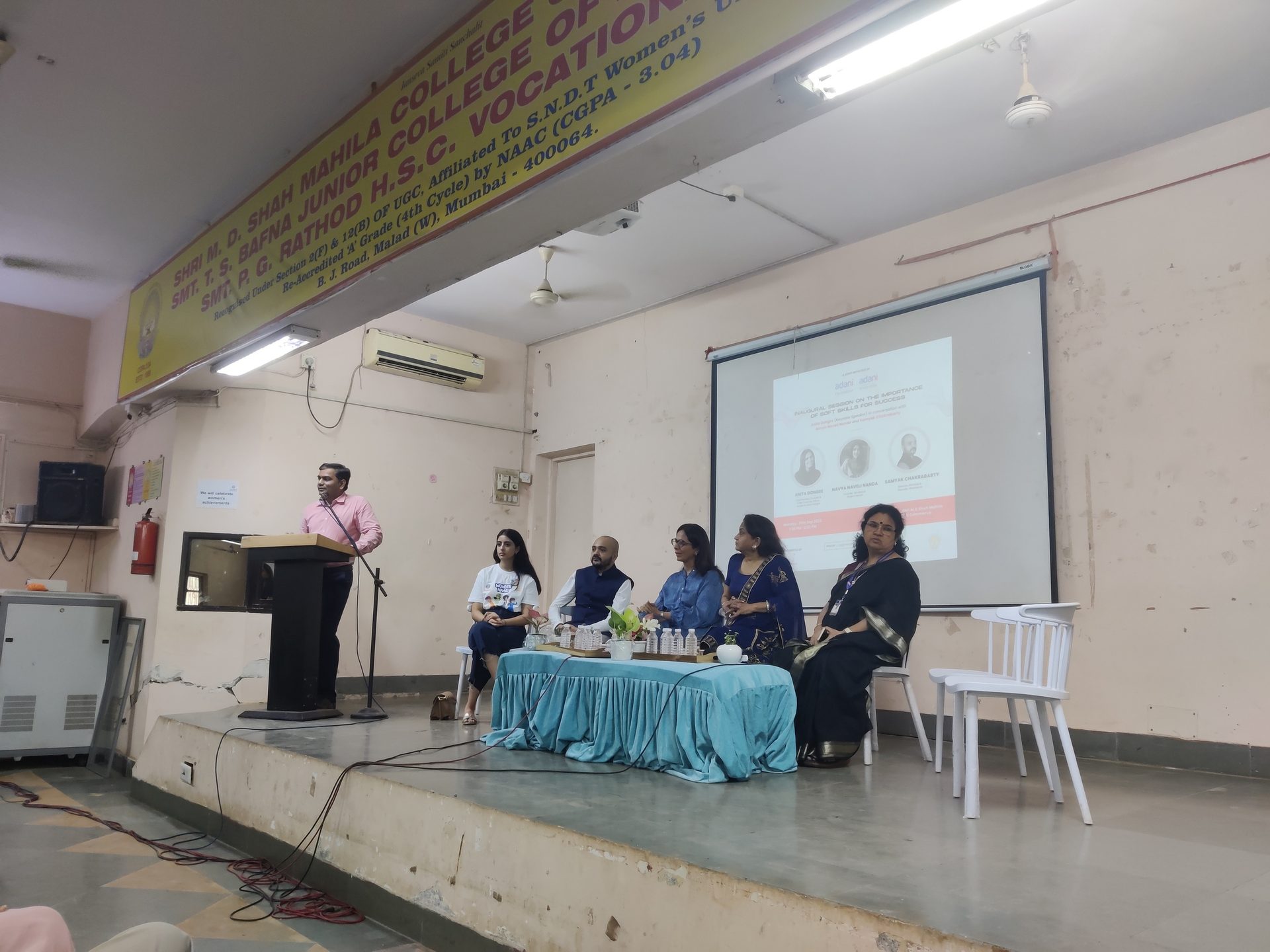
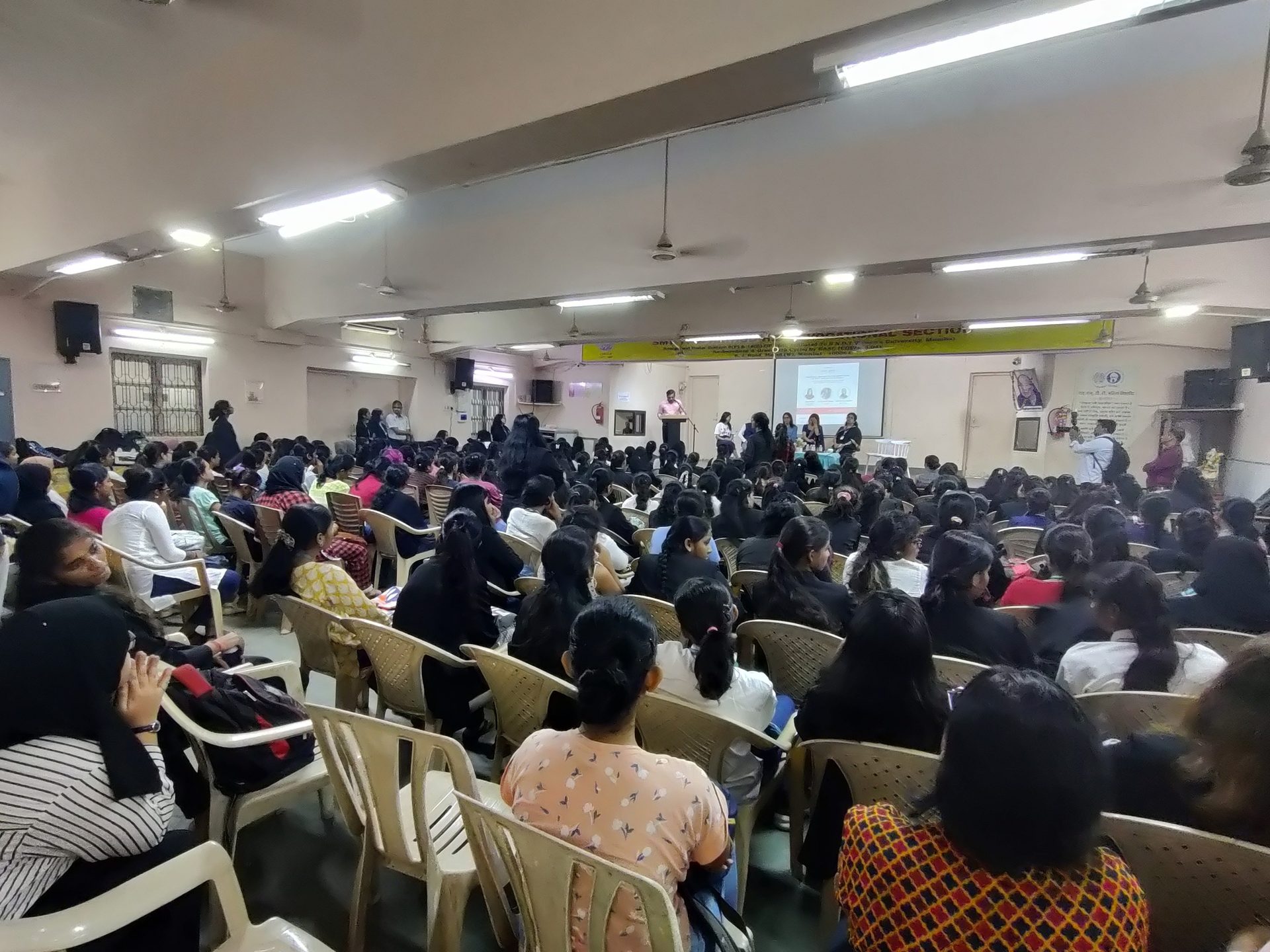

Building Self-Sufficiency Through Swabhimaan
In Mumbai and Dahanu, Project Swabhimaan empowers women from underprivileged communities. We equip them with valuable skills, financial literacy and access to microloans, enabling them to become self-sufficient and active contributors to their families and communities. This two-phased program has already touched the lives of approximately 4,000 women within our distribution area, and the progress is truly heartening.
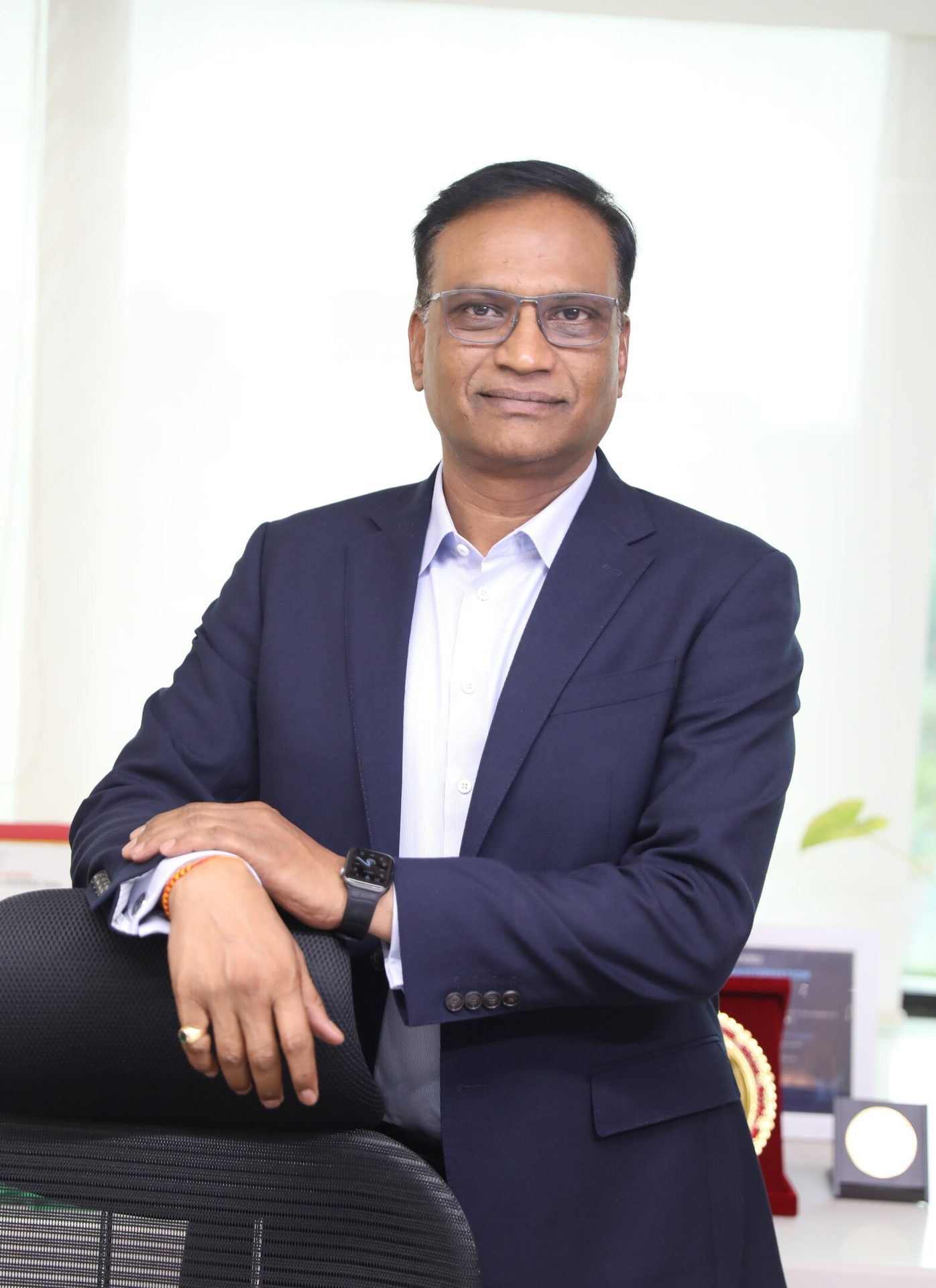
Through projects like Utthan, focussed on enhancing academic success for BMC school students, and Swabhimaan, empowering women with essential skills, financial literacy and access to microloans, Adani Electricity is actively contributing to building a more sustainable and inclusive future.”
At Adani Electricity, we believe that true progress lies in collaborative efforts. By working hand-in-hand with communities, we can weave a brighter future for all. These CSR initiatives are not just projects; they represent our commitment to making a meaningful difference in the lives of those around us.
Together, let us build a sustainable and inclusive future where everyone thrives. ●
The writer is MD of Adani Electricity.
wellbeing
Nurturing Change
Dr Priti Adani spent a day in this tribal district of Narmada (Gujarat) where the Adani Foundation is running the Fortune SuPoshan project.
Arpita Vadgama
In the heart of Gujarat's Narmada district, the diligent SuPoshan project officers, in tandem with the Adani Foundation's Ahmedabad team, eagerly prepared to welcome the Chairperson Dr Priti Adani, Executive Director Vasant Gadhavi, and Advisor Kavita Sardana. This unique rendezvous unfolded with 215 SuPoshan Sanginis, community champions adeptly trained to champion good nutrition, health and hygiene practices.
Spanning the administrative blocks of Narmada named Dediyapada, Garudeshwar, Tilakwada, Sagbara and Nandod, these 215 Sanginis wove their influence across 562 villages in this aspirational tribal district. Designated as an aspirational district by the Government of India, Narmada witnessed SuPoshan's impactful reach, benefiting 38,388 children, 7,991 adolescent girls, and 12,382 women in the reproductive age group.
Nationwide, the Adani Foundation's Fortune SuPoshan project combats malnutrition in women and children aged 0 to 5, spanning 14 CSR sites across 11 states.
The climactic day, 21 Dec 2023, in Rajpipla village, unfolded with a festive nip in the air. The program commenced with a vibrant tribal dance, a joyous prelude to the heartening conversations that followed about the holistic health initiatives in Narmada.
Dr Adani's address to the SuPoshan team and the 215 Sanginis resonated with admiration for their dedication in navigating the challenging terrain of Narmada, reaching out to the most vulnerable populations. The Sanginis, in turn, shared their life-altering experiences, highlighting the transformative impact of their association with the Adani Foundation on their socio-economic conditions.
Post-program, Dr Adani ventured to Mathavadi village in Nandod block, engaging with community members, ASHA workers and Anganwadi workers. SuPoshan Sangini Baby Kiran Tadvi, a beacon of change, recounted her journey of raising awareness through home visits, counseling sessions, recipe demonstrations, focused group discussions, and the cultivation of kitchen gardens. ●
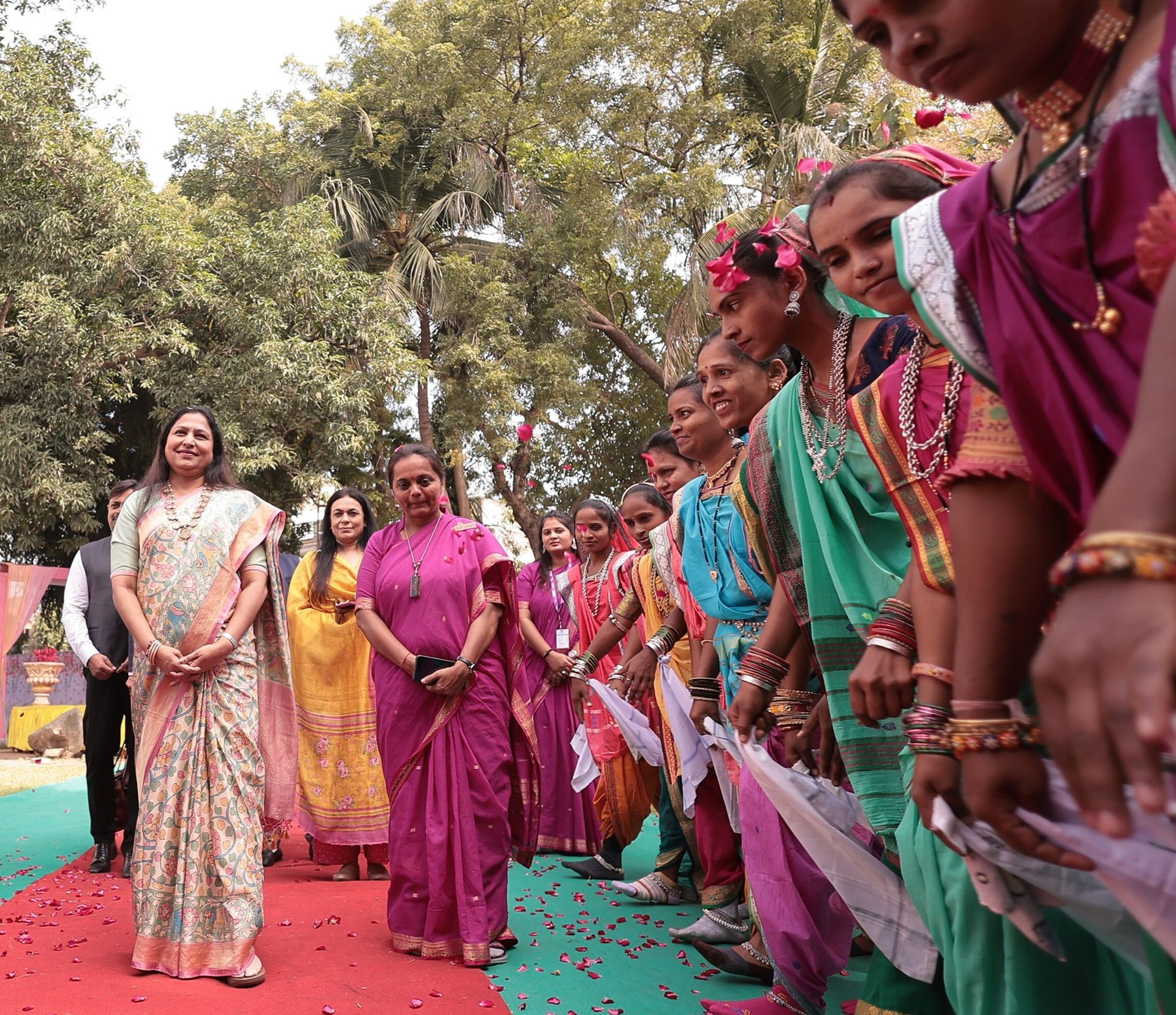


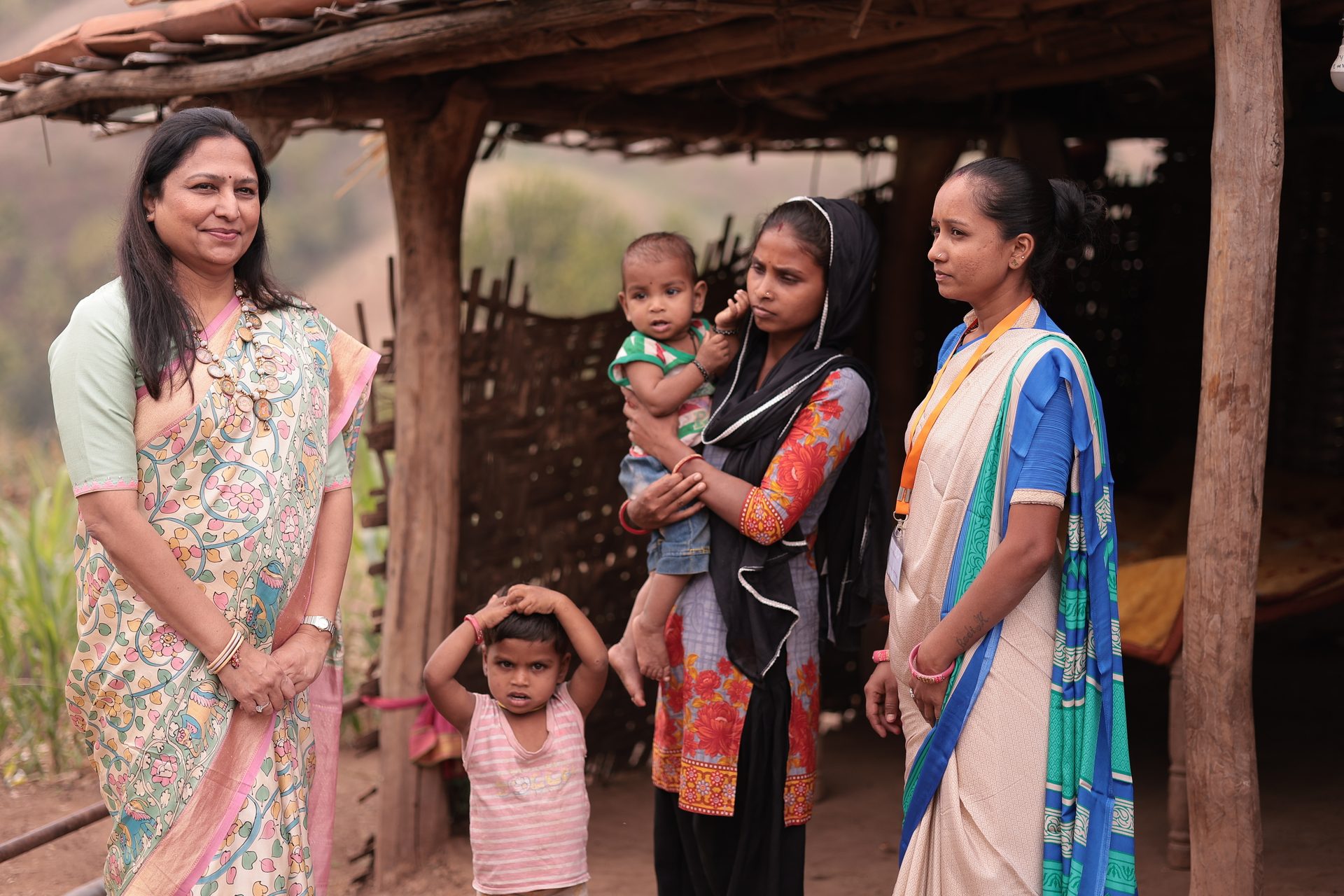
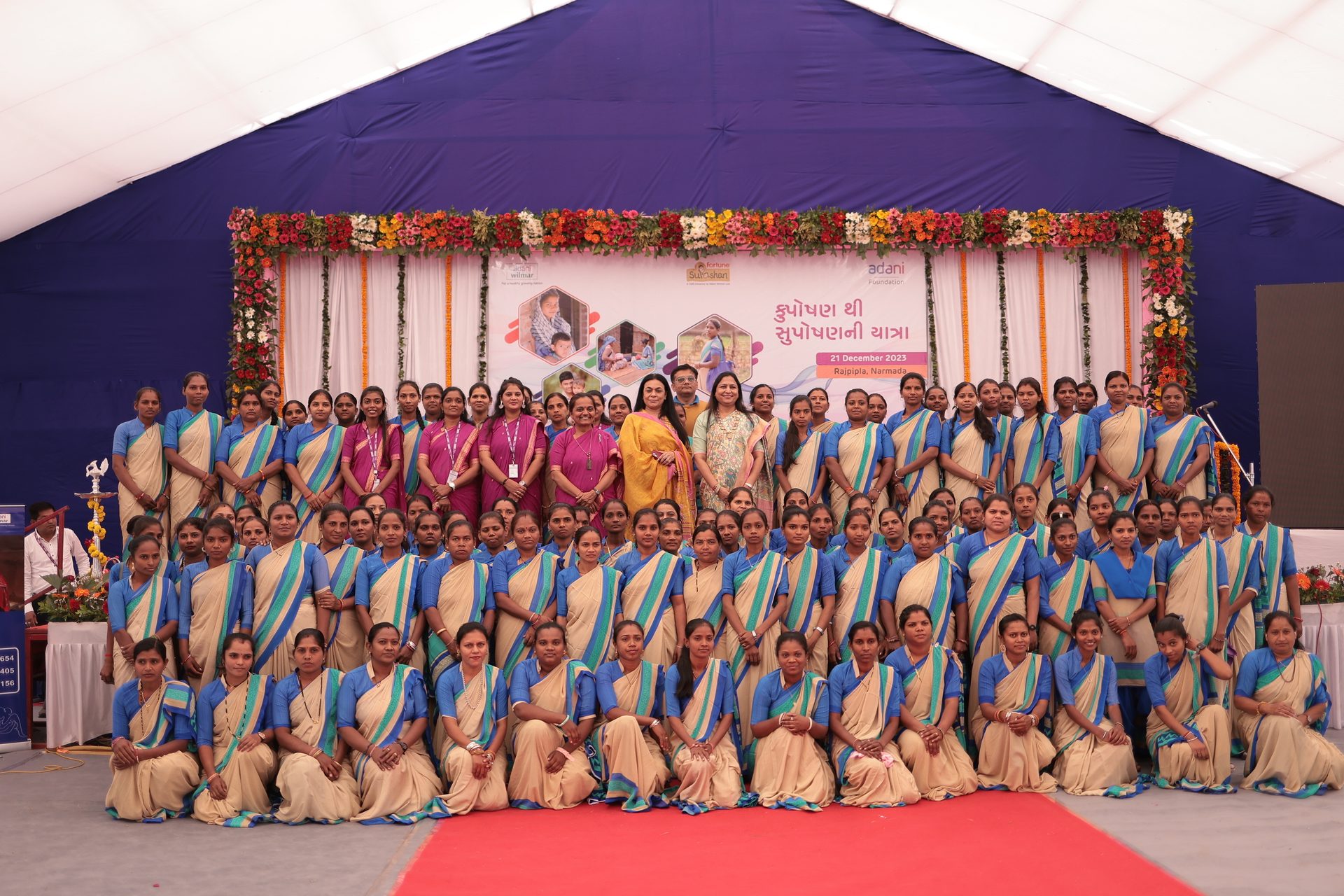
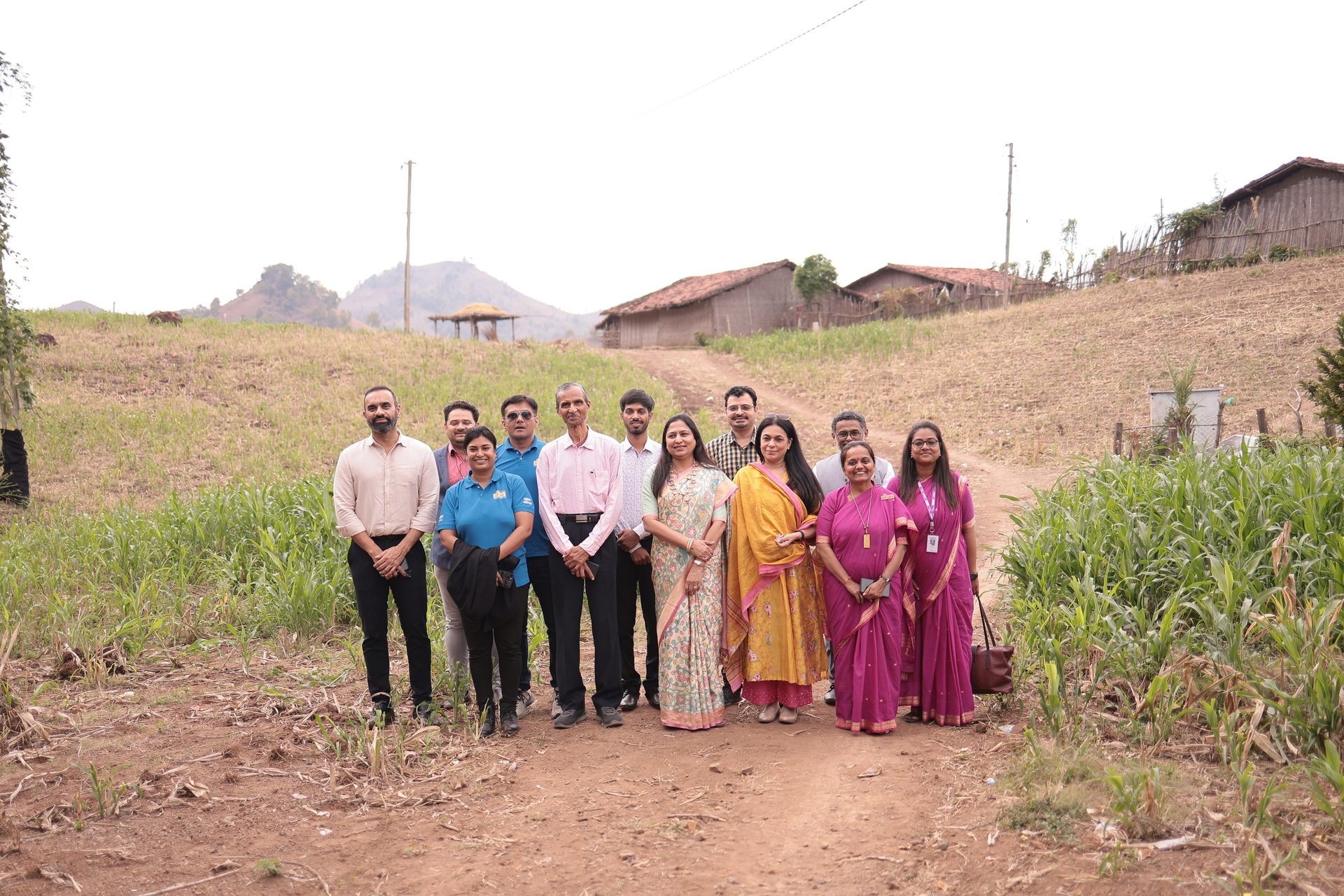
Dr Adani's address to the SuPoshan team and the 215 Sanginis resonated with admiration for their dedication in navigating the challenging terrain of Narmada, reaching out to the most vulnerable populations. The Sanginis, in turn, shared their life-altering experiences, highlighting the transformative impact of their association with the Adani Foundation on their socio-economic conditions. Post-program, Dr Adani ventured to Mathavadi village in Nandod block, engaging with community members, ASHA workers and Anganwadi workers. SuPoshan Sangini Baby Kiran Tadvi, a beacon of change, recounted her journey of raising awareness through home visits, counseling sessions, recipe demonstrations, focused group discussions, and the cultivation of kitchen gardens.

As India achieves remarkable progress, we should not remain behind when it comes to parameters of health and nutrition. With this vision, the Adani Foundation is supplementing the Poshan Abhiyaan through project SuPoshan. In Narmada, our teams have established a strong community connect over the last five years, reaching the remotest households and inspiring behavioural change on a large scale.”
Dr Priti Adani
Chairperson, Adani Foundation
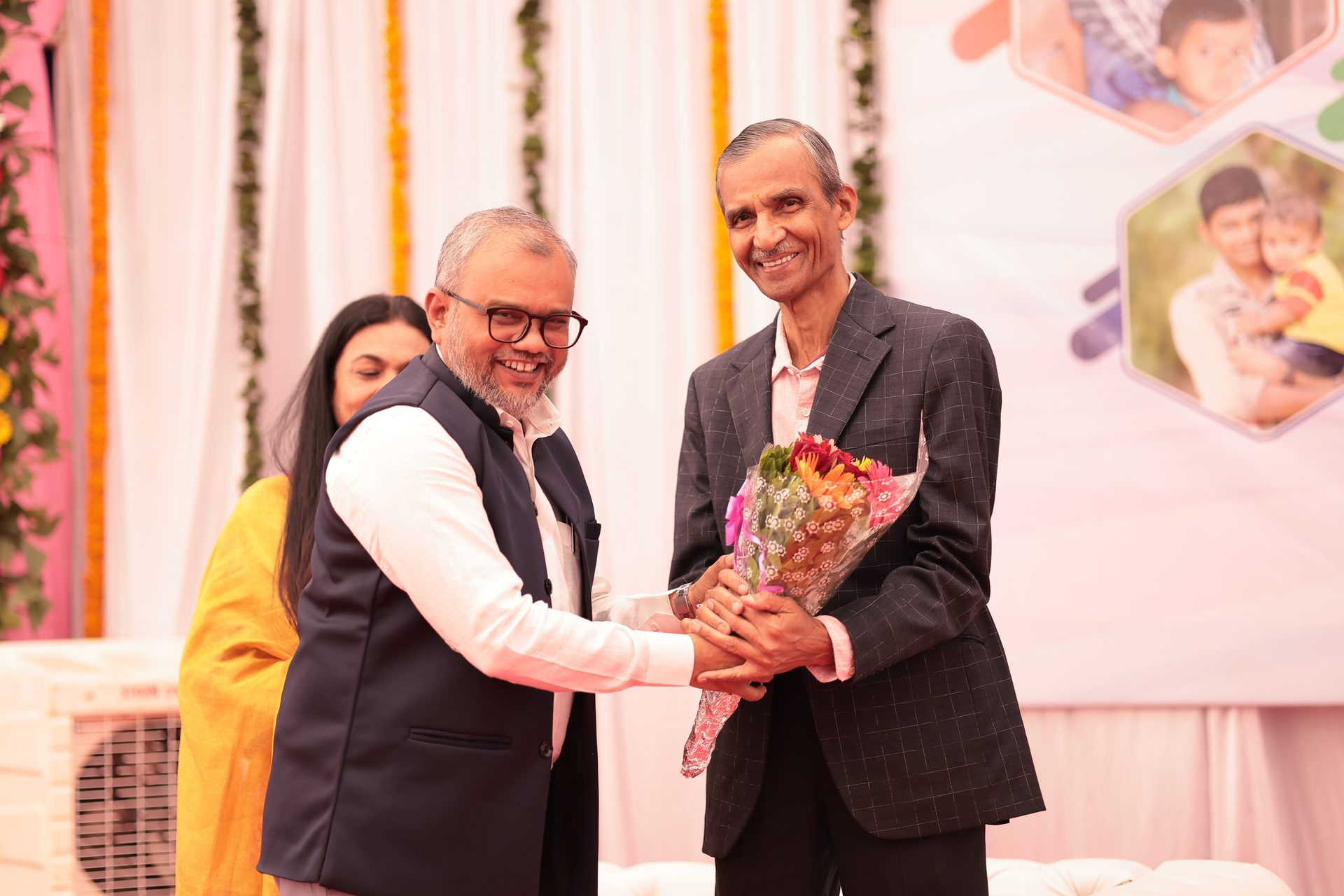
I was simply touched to see the confidence with which the SuPoshan Sanginis conducted themselves. Be it their knowledge of the subject or their own experience working in the field, there was a sense of fearlessness, commitment and optimism. Their energy was infectious. It was SuPoshan Sanginis all the way!”
Vasant Gadhavi
Executive Director, Adani Foundation
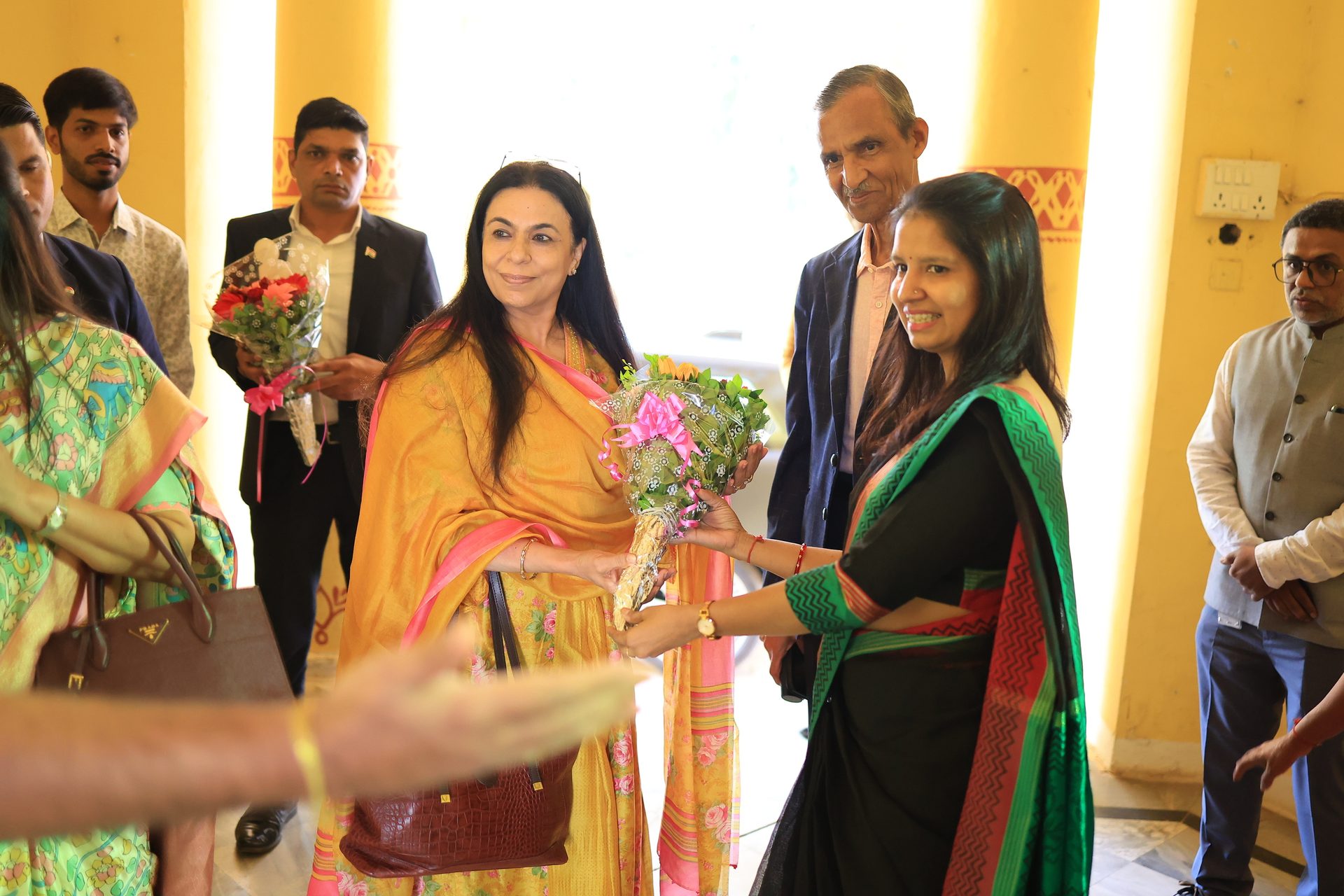
It is my firm belief that the Foundation’s intervention has not merely created ripples but has fundamentally reshaped the social fabric of communities. Nestled in the remotest corners of this district, these tribal women – once secluded within the challenging terrain of their homes as well as the confines of traditional mindset, have personified meaningful socio-economic empowerment.”
Kavita Sardana
Advisor, Adani Foundation
cover story
The mother of all comebacks
In the ebb and flow of 2023, the Adani Group stood unwavering, a testament to the triumph of truth.
Gautam Adani
It was on 25 Jan 2023, exactly a year ago, when news arrived at breakfast that a short-seller in New York had put up online a compilation of allegations against the Adani Group.
Fatuously self-styled as a ‘research report’, it contained the same dead allegations that my detractors had been trying to resurrect by flogging them through their allies in the media. In all, it was a cunningly crafted set of selective half-truths sourced from disclosed and publicly available information.
Lies and baseless allegations against us were nothing new. So, after issuing a comprehensive response, I thought no more about it.
However, a lie had crossed the world even as truth was lacing up its shoes! For me, having been raised on a staple diet of the power of truth, this attack was a lesson on the power of falsehoods.
The impact of short-selling attacks is normally limited to the financial markets. This, however, was a unique two-dimensional attack – a financial one, of course, and also one that played out into the political space – each feeding off the other. Aided and abetted by some in the media, the lies against us were corrosive enough to substantially erode the market cap of our portfolio as, typically, capital markets are more emotional than rational. What pained me even more is that thousands of small investors lost their savings. Had our detractors’ plan fully succeeded, the domino effect could have crippled many critical infrastructure assets, ranging from seaports and airports to the power supply chain – a catastrophic situation for any country. However, thanks to our solid assets, the robustness of our operations and the high quality of our disclosures, the more informed financial community, including lenders and rating agencies, refused to be swayed by the swirling lies and stood solidly with us.
We had no precedent path to handle this situation. Ultimately, our confidence in the solidity of our businesses dictated our largely contrarian strategy. Our very first decision was to protect our investors. After completing the FPO of INR 20,000 crore, we decided to return the FPO proceeds. This move, unprecedented in corporate history, underscored our commitment to investor welfare and ethical business practices.
In the fog of this war, our biggest weapon was adequate liquidity. To augment our strong cash reserves of INR 30,000 crore, we further fortified our financial position by raising an additional INR 40,000 crore, equal to the debt repayment for the next two years, through stake sales in our Group companies to investors of immaculate global standing, like GQG Partners and the QIA. This served the objectives of readying an expansive war-chest of cash reserves, restoring confidence in the markets and creating world-class infrastructure assets for India.
By pre-paying INR 17,500 crore of margin-linked financing, we insulated and ring-fenced our portfolio from market volatility. I asked my leadership team to focus on businesses. This catalysed a recordbreaking EBITDA growth of 47% in the first half of FY24, with the Adani portfolio delivering its highest-ever quarterly profit in Q3 FY24. Our bat was doing the talking.
We executed an extensive engagement program for our financial and non-financial stakeholders. The finance team alone conducted close to 300 meetings across the world in the initial 150 days, ensuring the affirmation of ratings across 104 entities by nine rating agencies. Banks, fixed income investors, sovereign wealth funds, equity investors, JV partners and rating agencies have always been our key stakeholders, for it is the due diligence, scrutiny and reviews they conduct that underpin our comprehensive and transparent disclosure regime.
We focused on transparently outlining the facts and narrating our side of the story to expose the motives of those who attacked us. This led to a declining influence of negative campaigns against our Group. A testament to the change in public perception is the significant growth in our shareholder base, a primary target of the Follow-on Public Offering. Over this challenging year, our shareholder base expanded by 43%, reaching nearly 70 lakh.
Additionally, we remained committed to maintaining our growth momentum. The Group continued its investments, evidenced by our asset base growth to INR 4.5 lakh crore. This period marked the launch of several key projects, including the world's largest renewable energy generation site in Khavda, a new copper smelter, a green hydrogen ecosystem, and the long-awaited redevelopment of Dharavi.
In hindsight, the crisis uncovered a fundamental weakness that I had let grow – we had not paid enough attention to our outreach mechanisms. Few outside the infrastructure finance community knew of the size, scale and quality of what the Adani Group had done or was doing. We had all along naively believed that all our non-financial stakeholders too knew us and the truth about us – that our financials were robust, that our governance was impeccable, that our roadmap to growth was measured, and that we play an important role in building India’s critical infrastructure.
This experience underscored the necessity of engaging effectively with our non-financial stakeholders. We had failed to proactively counter the twisted narratives of our debt levels and unfounded accusations of political partisanship, resulting in the spread of distorted perceptions. The fact is that, for our class of transport and utility companies, we have one of the lowest Debt-EBITDA ratios. (For the half year ending Sep 2023, this was 2.5x.) Further, with an infrastructure business footprint in 23 Indian states governed by political parties across the spectrum, we are truly politically agnostic.
The trials and tribulations of the past year have taught us valuable lessons, made us stronger and reaffirmed our faith in Indian institutions. While this devious attack on us – and our strong countermeasures – will no doubt become a case study, I felt compelled to share my learnings because, it was us today, it could be someone else tomorrow. I am under no illusions that this is the end of such attacks. I believe we have emerged even stronger from this experience and even more unwavering in our resolve to continue our humble contribution to the India growth story.
The author is Chairman of the Adani Group.
(This was first published on 25 Jan 2024 by The Times of India on its Editorial page.)
OTHER ACHIEVEMENTS
JAN
- Adani Defence Systems & Technologies Ltd. (ADSTL) signed a Memorandum of Understanding (MoU) with UP Industrial Consultants Ltd (UPICON) to train facilities under a Remote Pilot Training Organization (RPTO) with 20+ nodes in UP and other states. UPICON is a leading industrial consulting entity under the aegis of the UP government.
- ACC Limited launched ‘ACC ECOMaxX’ in Mumbai, which is an expert range of green concrete solution aimed towards building a sustainable future through conscious green construction.
MAR
- Adani Transmission Ltd (ATL), was recognised as ‘Single-use Plastic Free’ by the Confederation of Indian Industry-ITC Centre of Excellence for Sustainable Development (CII-ITC CESD), which supports the business community towards achieving sustainability.
- Adani Green Energy Ltd (AGEL) announced that the fully operational status of its 700 MW wind-solar hybrid power plant at Jaisalmer in Rajasthan.
MAY
- In a one-of-its-kind collaboration, Adani Vidya Mandir, Ahmedabad (AVMA) is joining hands with UNICEF to roll out the ‘UNICEF on Campus Knowledge Initiative’ for all the school students from June to December 2023. It is being implemented by the UNICEF office of Gujarat and the collaboration letters were signed this morning at the AVMA campus.
- The Adani Group announced development of an 'Integrated Data Center and Technology Business Park’ in Vizag, to boost local technology ecosystem in the region.
JUL
- Adani Sportsline won the transparent and competitive bid for the operation and maintenance of the 44,543 sq m Sabarmati Riverfront sports parks on the east and west sides of Ahmedabad.
SEP
- Adani Group formed a joint venture with Mumbai's slum rehabilitation authority to redevelop the Dharavi.
- Adani Wind, the wind energy solutions division of Adani New Industries Limited (ANIL), announced that its 5.2 MW wind turbine generator (WTG) has been enlisted in the Revised List of Models and Manufacturers (RLMM) published by the Ministry of New and Renewable Energy (MNRE).
- ACC Ltd announced the momentous commencement of commercial production of Clinker at its new cutting-edge Ametha Cement Plant, nestled in the heart of Katni district of Madhya Pradesh.
NOV
- Adani Total Gas Ltd (ATGL) announced the initiation of a pioneering ‘Green Hydrogen Production and Blending Pilot Project’ and as a part of this ATGL will employ the latest technologies to blend Green Hydrogen (GH2) with natural gas for over 4,000 residential and commercial customers at Ahmedabad, Gujarat.
- The Adani Foundation launched the Sathwaro Mela, a two-day event at ACH, Ahmedabad, showcasing India's diverse arts and crafts. In its inaugural edition, the event featured an inspiring array of handmade products made by 20 self-help groups (SHGs) and artisans from across the country.
FEB
- Acknowledging the faith and interest of investors and to insulate them from any potential financial losses, the Board decided not to go ahead with the fully subscribed Follow-on Public Offer (FPO).
APR
- Ambuja Cement and ACC, the cement building and material companies of Adani Cement and part of Adani Group, have been recognised as India’s Most Trusted Cement Brands by TRA Research in its Brand Trust Report 2023.
JUN
- Frost & Sullivan honoured AdaniConneX with South Asian Company of the Year Award for Excellence in Data Center Infrastructure & Operations
- AdaniConneX achieved financial closure through its maiden construction facility by entering into Financing Framework, raising $213 Million for its under-construction data center asset portfolio. The tied-up facility will finance two data centers with an aggregate capacity of 67 MW that includes ‘Chennai 1’ campus with Phase 1 of 17 MW and Noida campus of 50 MW.
AUG
- Adani Total Energies E-Mobility Limited (ATEL) signed a deal to set up a robust EV charging infrastructure with Prakriti E-Mobility(Evera), an all-electric cab aggregator.
OCT
- The Adani Skill Development Center (ASDC), an initiative by Adani Foundation, was bestowed with the prestigious Best Practice in Digital Transformation award by the CII-Tata Communications Center for Digital Transformation.
- Adani Cement, through Endeavour Trade and Investment Ltd, is pleased to announce the successful completion of its refinancing program for acquisition debt taken for Ambuja and ACC, through a USD 3,500 million financing package, raised from a clutch of international banks.
DEC
- The Adani Foundation organised a large-scale employment fair in Mundra. These efforts culminated into a one-of-a-kind celebration in Bhuj (Kutch district), wherein appointment letters were awarded to 111 persons with disabilities. The candidates have received employment in the Adani Group and other companies located in and around Mundra.
- The Adani Group, India’s fastest growing portfolio, held the third edition of ‘Green Talks’ during which founders of five startups presented their ideas at the event that aims to provide a platform to social entrepreneurs to develop their ideas and bring them to fruition.
- Ambuja Cements Limited (ACL) announced the successful completion of the acquisition of Sanghi Industries Ltd (SIL), marking a significant milestone in its growth journey. This strategic acquisition is valued at an Enterprise Value of INR 5,185 crore.
Juhi Chakraborty
Aflame that burns ever brighter in the face of obstacles, thy name is the Adani Group. The company rose like a phoenix, roaring louder than ever before while overcoming adversities that were backed by agenda-driven forces last year. There was no stopping the company led by our visionary chairman, Mr Gautam Adani, and his able team, whose unwavering commitment to building the nation and empowering its citizens remained intact. From new acquisitions to new laurels, from achieving new milestones to setting new business records, the company saw an upward trajectory last year even when there were local and global attempts to derail the company from its path.
Unaffected and unshaken by adversities, the Adani Group led by Gautam Adani had a very successful 2023, thanks to successfully securing over USD 5 billion in equity, repayment of loans against shares, servicing of loans taken for cement acquisitions, and supporting environmentally friendly investments. All these strategic moves significantly enhanced investor confidence.
A POWERful year
Adani Power Ltd (APL) announced the commissioning of its first 800 MW ultra-super-critical thermal power generation unit at Godda in the Jharkhand district of India and began supplying Bangladesh with 748 MW of power. The 1,600 MW Godda thermal power plant also became fully operational last year in June.
Adani Electricity Mumbai Ltd topped the country’s 71 electricity distribution companies for its overall governance including Financial Sustainability, Performance Excellence and External Environment.
Adani Transmission Ltd (ATL), the largest private sector transmission and distribution company listed in India and part of the globally diversified Adani portfolio, has won the ‘Golden Peacock Environment Management Award (GPEMA)’ in the ‘Power Transmission’ sector from ‘Institute of Directors (IOD)’.
Reaching imPORTant Milestones
On its 25th year of operation, Adani Ports and Special Economic Zone Ltd (APSEZ), the largest integrated transport utility in India attained many milestones. It crossed 300 MMT of cargo handling on 23 Feb 2023, in just 329 days, beating its own milestone from last year of 354 days. Mundra Port also achieved a significant accomplishment by berthing the 399 meters long and 54 meters wide vessel, MV MSC Hamburg.
Moreover, it has set a new benchmark by handling the highest-ever rail cargo of 120.51 MMT in the financial year 2022-23, surpassing the previous best of 98.61 MMT.
Meanwhile, APSEZ completed the acquisition of Karaikal Port Private Ltd (KPPL) and will spend further INR 850 crore over time to upgrade infrastructure in order to reduce the logistics cost for the customers. The Port also handled 37 MMT of total cargo in Oct 2023.
COMEBACK Stronger than the Setback
In continuation of the promoters’ commitment to repay the promoter leverage, the company paid off the USD 2.15 billion loans taken pledging their shares in the conglomerate, and only debt at operating company level remained. The company also paid off USD 1.1 billion - that is INR 9,203 crore - worth of loans before time to get the shares of group companies released from lenders. Showing faith in the company, GQG Partners, a leading US based Global Equity investment boutique, invested INR 15,446 crore(USD 1.87 billion) in a series of secondary block trade transactions in the Adani Portfolio companies - Adani Ports and Special Economic Zone Ltd, Adani Green Energy Ltd, Adani Transmission Ltd, Adani Enterprises Ltd (all listed on the Bombay Stock Exchange (BSE) and National Stock Exchange (NSE)). The investment has made GQG a key investor in the development and growth of critical Indian infrastructure.In fact, Rajiv Jain of GQG Partners has made a profit of nearly INR 8,000 crore or USD 1 billion on his investment in four Adani Group companies in less than 100 days of his investment on 2 Mar 2023.
The West Asian-based sovereign investment fund, Qatar Investment Authority, acquired a 2.7% stake in Adani Green Energy (AGEL) for INR 3,920 crore. The investment by the Qatar sovereign fund is a significant vote of confidence in the company, which boasts an operational capacity of 8,316 megawatt (MW), making it the largest operating renewable energy portfolio in the country. Qatar Investment Authority had picked up a 25% in Adani Electricity Mumbai in 2020 and this is the second investment by the fund in the group.
The company raised over USD 5 billion (INR 41,500 crore) in equity and a double of that in debt this year it made a comeback.
On GREENer Pastures
The company continued to deliver on its commitment to the environment and its efforts were applauded as well. Adani Green Energy Ltd (AGEL) was conferred with the prestigious ‘Platinum Award’ by Grow Care India Environment Management Awards 2022 for outstanding achievement in the Environment Management category. The award was given by Shri Faggan Singh Kulaste, Minister of State, Ministry of Rural Development, GoI.
AGEL was also certified ‘Water Positive’ by DNV, an independent global assurance agency. The verification statement signifies that AGEL’s water conservation is greater than consumption.
Ambuja Cements and ACC, the cement and building material companies of the diversified Adani Group, are honoured to be recognised among ‘India's Top 50 Most Sustainable Companies’ cross-industry by BW Businessworld.
AGEL also announced follow-on funding of USD 1.36 billion to further boost its Construction Financing Framework to USD 3 billion backed by a consortium of renowned international banks. The green loan facility will play a pivotal role in enabling the development of AGEL’s next milestone- the world’s largest Renewable Energy Park at Khavda in Gujarat. The funding also marks a significant achievement to develop 2,167 MW at Khavda in the initial stage and shall be the stepping-stone for the future development of the Khavda renewable site.
Adani Cement’s waste management arm, Geoclean, has enabled to make a green economy for Ambujanagar (Gujarat) by safely managing solid and liquid wastes and diverting them from landfills, leading to resource conservation. The plant with a thermal substitution rate of 8% at Ambujanagar in Kodinar, Gujarat, has enabled the state to mitigate the challenges of plastic waste pollution by co-processing both solid and liquid waste provided by the state government, state pollution control board, and industries.
The Adani Group has pledged to grow 100 million trees by 2030. This pledge was made on 1t.org the ‘Trillion Trees Platform’ of the World Economic Forum.
Triumph of Truth
While 2023 did start with a malicious short-seller's baseless allegations against the company, they were all eventually dismissed by the regulators and the law. The SC appointed panel of experts examining India’s regulatory mechanism in an investigation linked to the Hindenburg allegations said there was no price manipulation on the part of the Adani Group and that the conglomerate had taken necessary steps to comfort retail investors.
The experts’ committee comprising domain experts also said there was no regulatory failure on the part of Securities and Exchange Board of India (SEBI).
The mitigating measures taken by the Group had helped in building confidence in the stock and the stocks are stable now, the panel had said.
The Supreme Court later said that statutory market regulator SEBI cannot be expected to accept as ‘gospel truth’ foreign media reports about Organised Crime and Corruption Reporting Project (OCCRP)’s findings of alleged stock manipulation and accounting fraud against the Adani Group.
Even the US government has recently said that short-seller Hindenburg Research’s allegations weren’t relevant and did not impact the US decision to grant up to USD 553 million for a Sri Lankan terminal, a senior US official said. The International Development Finance Corp., or DFC, conducted a due diligence investigation of the conglomerate and was satisfied that the accusations weren’t applicable to Adani Ports & Special Economic Zone Ltd, the subsidiary spearheading the Sri Lankan project.
“It Has Been A Good Year.”
insights
From navigating market fluctuations to strategic decision-making, the Adani Group’s CFO Jugeshinder (Robbie) Singh provides a comprehensive overview of the Adani Group’s resilience and commitment to its core values amid external scrutiny in this reflective interview.
It has been almost a year. How has the experience been for you? Making a comeback so quickly, what are your thoughts on that?
The perception of a comeback is an external viewpoint. Internally, our focus on the Adani portfolio is not based on external factors; rather, we analyse it from the inside out, considering key stakeholders and participants. Whether it is 25 Jan or 25 Dec, as an infrastructure and utility platform, our operations remain consistent. We continue to provide utility services to the average Indian consumer. Therefore, from a business perspective, nothing has changed.
Our primary goal was to insulate the core business platforms—Transmission, Green, Adani Power, AEL and Ports—from induced market volatility stemming from activism, politics, or general overall interest in a large portfolio. We successfully achieved this objective, and our businesses continued to contribute normally. The perceived ‘comeback’ refers to our strategic actions when share price volatility decreased following investor activity from March to June 2023. As underlying results became evident, it became apparent that the fluctuations were more noise than actual business issues. Consequently, the market responded accordingly.
On 25 Jan 2023, when you first encountered this situation, what was your reaction and the subsequent actions taken? Can you give us a sense of what it was like inside the company?
After reviewing the full report, it was clear it was not a classical activist report. Coming from an investment banking background, I recognised it as a generic report not addressed to any legal entity, attempting to create a political event, potentially affecting our businesses.
What surprised me was the intensity of political attacks and global media's ferocity, making it a well-coordinated movement. I had not witnessed activism like this in 30 years, with thousands of articles from a small set of institutions.
We quickly adapted, prioritising business, regulatory responses and engaging with financial stakeholders in over 300 meetings in just the first 150 days. Our focus was on insulating businesses, ensuring no delay in responses to legal matters, and safeguarding infrastructure plans. Despite political noise, our fundamental objective remained business-focused with strategic patience amid numerous articles.
Can you provide insights into how Chairman Gautam Adani managed the situation as the Chairman and board member of all the companies, and how the largest stakeholders handled it?
While I have the privilege of working closely with Mr Adani, it is challenging for me to judge his experience. It is not my place. However, it is important to note that he is a first-generation entrepreneur who faced significant odds when starting out. The recent event, in his perspective, did not match the challenges he confronted at the beginning of his journey.
In the face of this adversity, he was absolutely normal and made critical decisions, such as completing the FPO and returning capital to investors. His focus was on creating wealth for those associated with the Group, emphasising shared opportunity and ethical wealth creation. He prioritised preventing investor losses, reflecting the group's commitment to shared prosperity.
The Group's ethos revolves around staying true to its roots, headquartered in a regional city, distinguishing it as one of the top five groups in the country with such a setup. While acknowledging the human element of questioning amid media scrutiny, Mr Adani viewed the situation as a transient event. Learning opportunities were gleaned, but overall, there was no excessive concern stemming from this malicious episode.
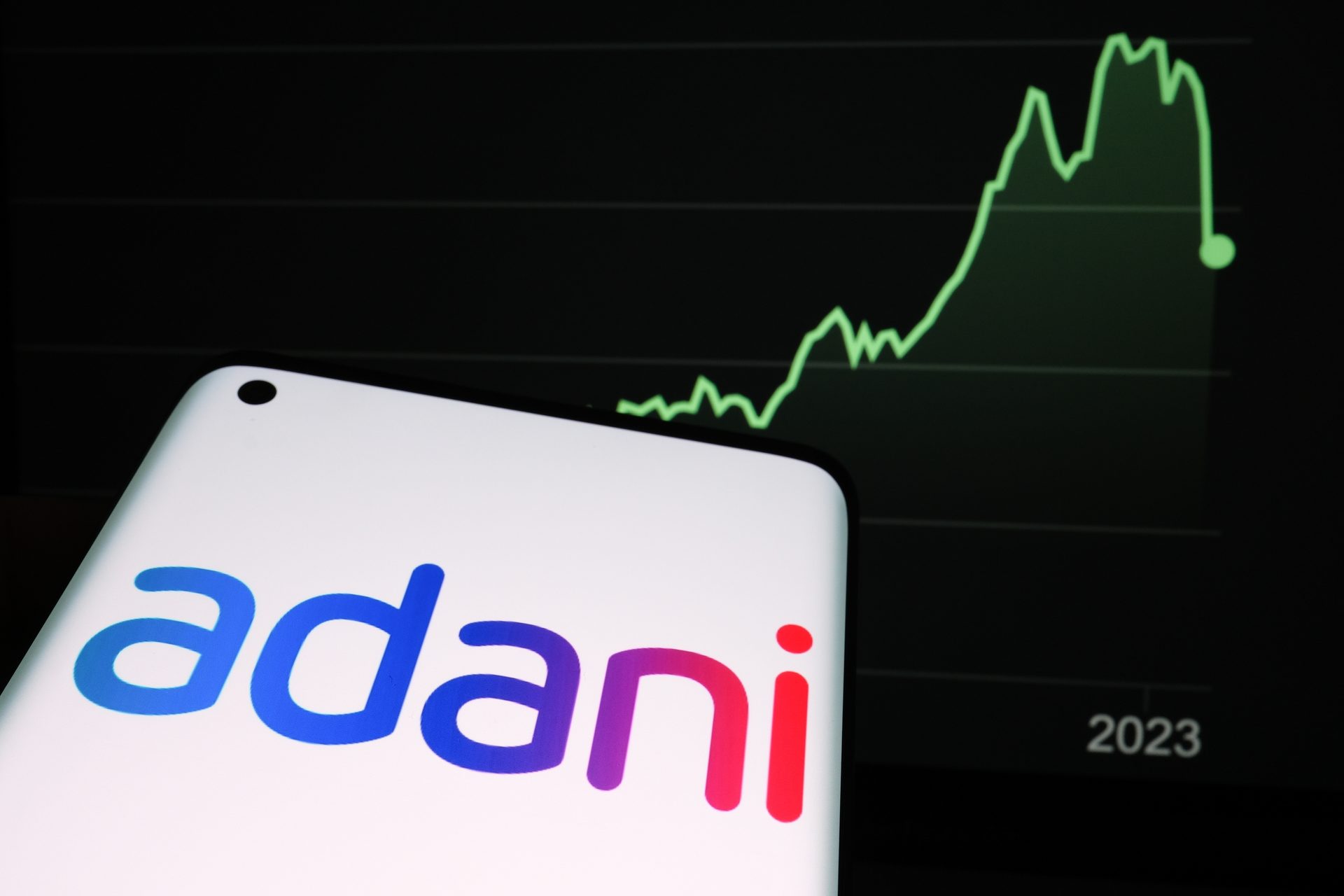

What were the key learnings from this experience?
The key learnings revolved around the need for honest assessment when facing coordinated attacks. We questioned why this happened to us and explored ways to minimise such efforts in the future. This led to enhancing how we articulate business growth plans to avoid misconceptions.
Another learning was the importance of managing our brand identity effectively, especially when it becomes a target. We established a corporate brand communication department, staffed by experts, to ensure a structured approach to communication. This new setup allows us to clearly outline our values and purpose, a responsibility we recognised and embraced post-incident.
Are you considering changes in governance structures similar to those experienced by Indian business houses in the 70s, 80s, and early 90s?
There are two aspects to consider. Firstly, regarding the governance of our public companies, we are confident in their ESG ratings by the likes of sustain analytics, indicating robust governance. However, the issue of how promoters hold their shares is a separate matter. We have consistently disclosed our holdings for the past decade.
As we evaluate our scale and the need for more detailed disclosures, we anticipate making changes to meet evolving expectations from a large family office. While not directly in my area, I will be part of the team overseeing these changes. Our goal is to respond consistently and proactively to such matters and establish practices that withstand scrutiny in challenging situations like the one we faced recently.
How did you handle share buyback loans and the involvement of GQG?
We engage with investors regularly, and GQG, a long-term investor familiar with infrastructure, participated in our program in 2022. Recognising the opportunity presented at non-reflective prices, they joined, seeing it as a value opportunity. Their seasoned approach, focusing on cash flow, earnings, growth and capital deployment, aligned with our business. This engagement is part of our consistent efforts over the past few years to attract long-term capital into Indian infrastructure, including from entities like IFC and QIA. We have issued bonds with long tenures, building a pool of long capital drawn to our high-quality, cash-generating assets. Our portfolio's EBITDA surpasses that of the entire FMCG index in India, making it an appealing prospect for long-only investors.
Regarding your re-evaluation of investments, was cancelling business investments, selling core assets or cost-cutting ever considered?
Coming from a sports background, I understand how the excitement of an event can be overwhelming, and I admit being caught up in it. When such events occur, it is crucial to pause and allow for introspection.
Upon reflection, we identified assets not integral to our infrastructure program. Our strength lies in developing and operating high-quality assets, incorporating digital technologies into operations and developments. This presented an opportunity to reinforce our core strengths.
Our core, which includes a core portfolio and assets known as ‘core plus’, constitutes over 90% of our business. We made slight adjustments to the remaining 9-10%, optimising our focus on core and core plus assets. While these changes impacted less than 10% of our annual USD 12 billion capital program, they were critical for reflection. Personally, I acknowledge my participation in the euphoria and recognise the need for greater self-reflection at certain stages in such situations.
Will the recently announced PVC business be considered part of the core business?
Yes, the PVC business is classified as a core plus asset due to strategic reasons, considering our use of key materials and the country's increasing demand for such materials. We have incorporated it into our overall risk framework, subjecting it to thorough checks and balances for capital and investment planning. While the investment spans three years with an annual outlay of less than USD 300 million of equity, the extended evaluation period has delayed its implementation by approximately 12 months.
How did the emphasis on rapid deleveraging come about for you?
Rapid deleveraging has been a media created phenomenon, and we have been engaged in a considered leverage risk management strategy since 2016. We have consistently implemented capital management planning aligned with our underlying assets, resulting in a continuous deleveraging process since 2016. This event did not alter our approach to deleveraging in any way.

The recent investment by the US government through the USIDFC in our Colombo project has been viewed as a strong endorsement. How crucial was this for the Group and did you anticipate it?
I was aware of this investment as it falls under my purview. We signed the agreement some time ago, and it became public a few months after that. We appreciate the involvement of any investor, whether in debt or equity, in our business. Notably, around 90-95% of our capital is sourced from private capital markets, with minimal direct government or lending institution funding. The US government-linked institution underwent a unique KYC (Know Your Customer) process, due diligence and reviews. What pleased us most was that, amid the noise surrounding our Group, they concluded that it was irrelevant to their investment decision. This aspect was more significant than the capital itself.
Personally, I was always confident in our ability to pass any due diligence, but having an external party affirm this from a fresh perspective, especially during the period of scrutiny, was a good validation. While such events are minor in the context of our 30-year history as long-term investors, we are grateful for the participation of stakeholders, including the US government, in our ventures.
And I suppose it would be fitting to express gratitude to the marquee global funds, in addition to the QIIs, the IOC, the OTA and several prominent global banks that have provided unwavering support. Do you have any words for them?
I do not have anything specific to say other than the fact that we are truly humbled. Many executives and senior individuals at these organisations faced intense pressure due to the sheer ferocity and volume of articles written about us, both political and otherwise. Their conclusion that how we work, run our businesses, and invest are solid in nature, and their unwavering support is a matter of pride for us and our team. The fact that the global financial community stood with us underscores the importance of the platform and the story of Indian infrastructure. We are grateful for their support, and it means everything to us. More than that, it is a humbling experience that teaches us to stay steadfast in our endeavors and to continue building strong businesses. They can be assured that we will uphold their trust and confidence by continuing to build businesses that are a testament to their support.
Some people say that our companies are overvalued. What are your thoughts on that?
Parrots can speak about Shakespeare, but they may not truly understand Shakespeare. I'll leave it at that.
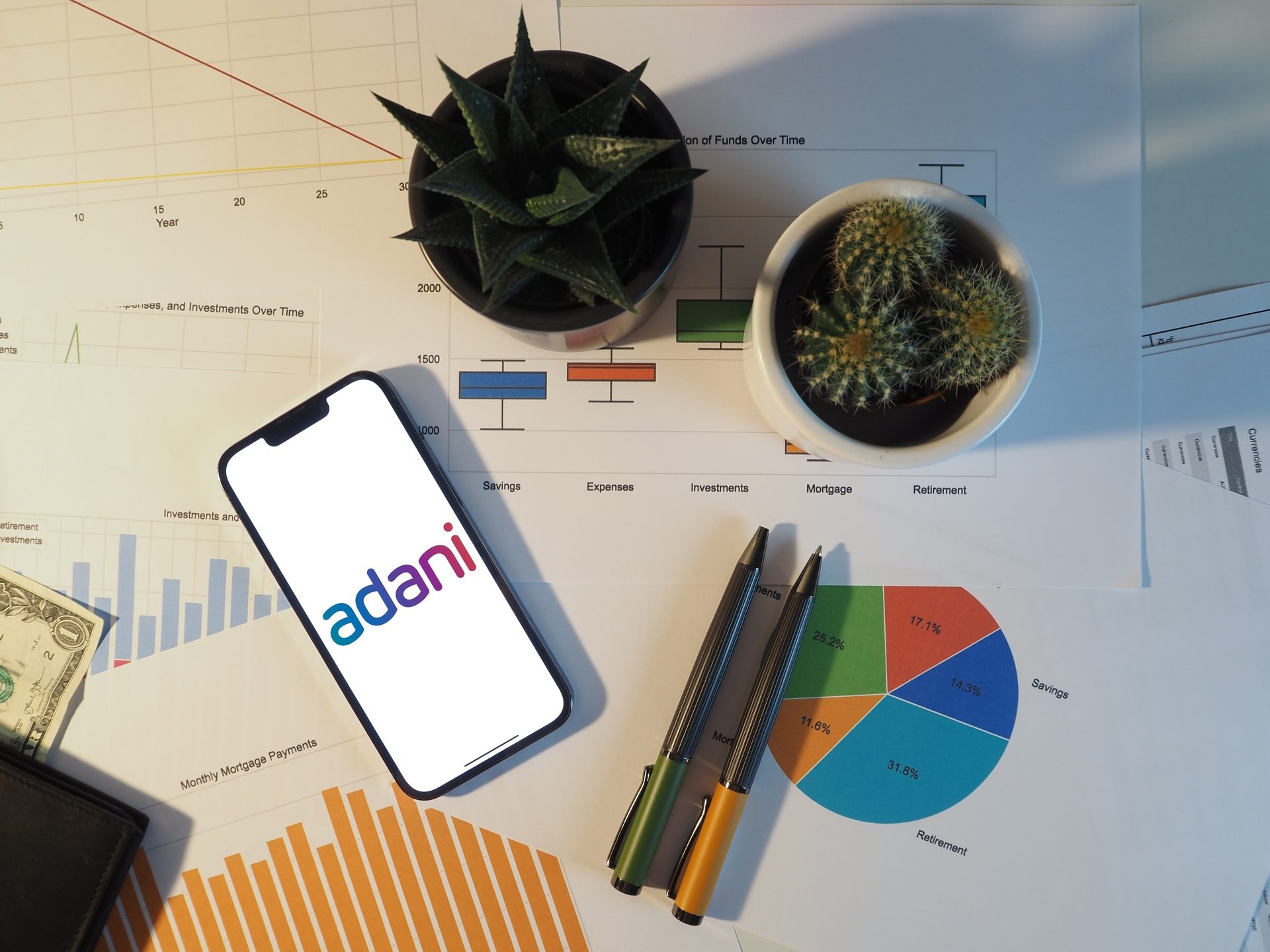
Can we expect another public issue? Are you gearing up for a market move?
The capital market activities continue. On the equity side, there is no specific issuance planned. We have raised sufficient capital for the current capital management plans. Our regular equity program, ranging from one and a half to two billion dollars, will persist as it has for the past five years. While there is nothing specific currently planned, a formal review will take place over the next six to eight weeks to determine near-term capital planning. Our longer-term capital planning is well established, and we don't have an immediate need for further actions. For near-term management of specific events and risk, we handle it internally. Beyond that, our plan is well laid out for the next decade.
So you are saying that you are not going to hit the markets?
The decision to enter markets is made by individual capital teams of the relevant businesses. They determine how to manage transactions and align with the growth plan. Once they decide, it comes to me for risk and policy review. I don't make individual transaction decisions.
So, there is no concrete plan right now. What about the road shows you're conducting? Why engage in them if you're not targeting the retail market?
Regarding the road shows, they are not for retail markets. We have been conducting investor meetings and information sessions globally and domestically for over five years. It is a part of our investor engagement program. We paused for a few months due to court-mandated work and resumed after completing that in July.

So, reflecting on the past year, how would you sum it up in just one word? Resurgence, recovery, resilience—what best captures your experience?
Interesting.
Is that all you have to say?
Indeed, that is the singular word that comes to my mind. In North India, particularly in Punjab, there is a saying, "If you are a warrior and you don't have an injury, then you're not a warrior." So, it has been a good year.
Who is the Adani Group? Please enlighten our audience about your perspective on the identity of the Adani Group today.
The Adani Group transcends mere business. It is a reflection on the emerging aspiration of average Indian. The rise in the aspiration of India is the rise of the Adani Group. That is who we are. ●
people
Rebuilding Dharavi
A story of apathy, of dreams and hope, of pain and joy.
Sania Ahmad
In 2008 when actors Dev Patel and Frieda Pinto danced to AR Rahman’s Jai Ho with kids from Dharavi, little did they know that their movie Slumdog Millionaire would put Dharavi, Mumbai’s third biggest slum on the world map. The movie’s successful stint at the Oscars cemented Dharavi’s fate. The spotlight was here to stay.
When you enter Dharavi, it looks like any usual road in India, lined by small shops, eateries and restaurants serving the masses. It is also hemmed in by redeveloped buildings. The grilled windows of these worn-out structures look like the mishmash of a child’s scrapbook. There are pieces of the residents’ lives fluttering in whatever little wind dares to venture into the small flats. A few odd plants here and there, clothes on taught lines that refuse to even try for freedom. A child’s plastic cycle is stuffed in that little extra space. The windows themselves tell many stories.
Zubeida Aapa and her artisan community
In one of these buildings, in a 225 sq ft flat lives Zubeida Khan, a social worker associated with Khwaja Gareeb Nawaz Mahila Vikas Mandal that has been working for the welfare of Dharavi residents. Born in a small shanty in Indra Nagar, Zubeida, now lovingly called Aapa (big sister) by the locals, learned early on the need to work with credible trusts to help people in her locality. Her redeveloped small one-room flat with its tiny kitchen and washroom meant better amenities for her family of 8 so she took the opportunity when it came.
It's late in the afternoon. Zubeida Aapa has just come from her one of her routine visits to quickly make lunch. As the qorma splutters, Aapa quickly washes her face and changes her clothes. Her evening visits are going to be in the area around Tikra Masjid.
One turn off the main road and you enter a new world. A world where the many dark alleyways tell a tale of sorry neglect and political apathy. The small one-room shanties and chawls looked forcefully strummed in together. These are lanes the sun refuses to peek into. The locals like to think even the sun cannot bear to see the conditions they live in. This area is of the weavers and the embroidery industry. The exquisite organza and tissue dresses with zardozi and zari work that one finds in the boutiques of posh Mumbai are brought to life here by immigrant workers from UP and Bihar. Gutter water freely flowing through some of the lanes and the shoulder-breadth of the alleyways makes it difficult to maneuver through them. One has to walk in a slant to be able to get through. For Zubeida Aapa though, it is no concern. ‘This is the lived reality of Dharavi. Do you see these water pipes going through the gutters? Sometimes, the pipe bursts and the gutter overflows and the people are left with dirty water for consumption,” she says as she deftly navigates the stinking water while rats the size of small puppies jump out of her way.
She stops at a small metal staircase that is as steep as a straight wall. A cloth rope is hanging from the top to help people climb the upright stairs where Mohd Amaanullah, Mohd Alamgir, Mohd Liyaqat and Mohd Sheikh are hard at work on a red cloth, deftly making stunning necklines out of gold wires. Having come from Bihar to make a better life for themselves, they found a home in Dharavi in the 90s. Mohd Amanullah is shy but the rest have a lot to say. The biggest problem remains that of clean drinking water and toilets. The small 10x12 rooms have never had toilets. Hence, the public loos. These toilets shut after midnight so they are forced to use jute sacks or the very gutters that welcome visitors to their homes. “We end up spending roughly 100 rupees every day just on toilets. House rent is INR 6,000 with INR 50,000 security. Then comes the electricity bill. At the end of the month, we are left with INR 3,000-4,000 that go into savings,” says Mohd Alamgir. “Ramzan is coming,” Mohd Liyaqat says, “That’s when it gets the most difficult, keeping fasts without access to clean drinking water or hygienic toilets.”
Mohd Zainuddin Ansari, a zari artisan, who lives downstairs with his family echoes Liyaqat’s sentiments. Having come to Dharavi from Sitamarhi, Bihar in 1992, he now owns an 8x14 sq mtr room that cost him INR 7 lakh 2 decades ago. Here he lives with his wife, sister, and 4 children. Ansari has seen many politicians come with promises. “None of them ever return after elections. Earlier, we used to have hope. Now we are dependent on each other, NGOs and people like Aapa.” His daughter Rehana is a NEET aspirant. She wishes for a Dharavi where women have hygienic toilets and are not privy to diseases. “We wake up very early to use the toilets before the men come. It gets even more difficult when we are on our periods.” One in two women in Dharavi suffers from urinary tract infection (UTI) a disease caused by improper sanitation. Most of them tend to ignore the symptoms till it gets aggravated and becomes difficult to cure.
The Potters Of Kumbarwada
If one side of Dharavi has the artisan community, the other side is home to the potters of Kumbarwada. Earthen water pots, diyas, lanterns, and home décor in shops line the road. One turn into many of the alleyways takes you into a maze of kilns where workers toil throughout the day. The master potter sits on the upper floor, making the pots and the diyas while the workers bake them in the kilns below. The air is full of red dust that threatens to choke the lungs. But Ranchod whose family has lived in the area for the past 3 generations and has been involved in the pottery business seems unfazed as his hands continue to gently coax pots into shape.
“I have seen Dharavi from when it did not even come under suburban Mumbai. We had no drinking water, and no basic amenities. I have seen it grow from then to what it is now.” The Kumbarwada side of Dharavi has the same chawl structure but is better off than the rest. The pottery community prefers to stay within themselves, a close-knit group, aloof from what they call ‘the other Dharavi’. While he talks, a group of foreigners walk by, led by a guide. Ever since Slumdog Millionaire introduced Dharavi to the world, slum tourism has been booming. The residents, however, are not the beneficiaries. Tourist guides charge as much as INR 1,500 to 2,000 to take tourists around the slums as they marvel at the ‘third world problems’. “When these foreigners come, they see our dark lanes, our small houses, our gutters, our dirt and squalor. What they do not see is that Dharavi is a gold mine. It not only sits in the heart of Mumbai. It is the heart of Mumbai. The people here have persevered for generations. One day, things will change for the better and the future generations will have a shot at better lives,” Ranchod says.
A History Refresher
Ansari and Liyaqat are two of the thousands of immigrants living in Dharavi. Situated at the northern tip of Mumbai Island City, Dharavi was originally inhabited by the Koli fishing community, relying on Mahim Creek for their livelihood. During the 16th century, the Portuguese colonised Bombay's seven islands, establishing a fort and church in Bandra, opposite Dharavi. This altered the landscape, drying up Mahim Creek and displacing the Koli community. Dharavi's 1850s tableau showcased a mix of industries and handicrafts, attracting diverse settlers.
Post-independence, eviction drives pushed squatters to Dharavi. Neglected initially, it gained attention as Mumbai expanded, leading to infrastructural improvements. The 1981 Bombay development plan recognised Dharavi's need for development, marked by subsequent initiatives, including the 1995 Slum Rehabilitation Scheme. Dharavi's growth is intertwined with Bombay's migration patterns. Initially settled due to free, unregulated land, it transformed from a marshy area to a diverse settlement. Potters from Saurashtra, leather tanners from Tamil Nadu, artisans from Uttar Pradesh, and Tamilians contributed to its mosaic of cultures and businesses. As Bombay expanded, Dharavi, once a swampy fishing village, became a slum.
Dharavi 2024
Despite the absence of concrete data, a majority of Dharavi's slum residents reportedly manage to subsist on a daily income ranging from INR 100 to 200 per day. The area, spanning one square mile and accommodating approximately one million people with an incredible 869,565 people per square mile stands out as one of the most densely populated regions globally. With an average of just one toilet for every 500 inhabitants, many resort to using alleys or the nearby river for sanitation purposes, despite the river also serving as a source of fresh water for Dharavi. Children play in open sewers as alleyways fill with both deceased and living rats. Dharavi faces severe public health issues, with a history of epidemics and disasters. While India's life expectancy reaches 67 years, the average lifespan in Dharavi falls below 60. The economy here operates in an illegal, untaxed, and unregulated manner, resulting in hazardous work conditions, and fatalities.
The tale will continue. Stay tuned…
The Residents Of AKG Nagar
Despite everything, the residents do not shy from calling it their home. 56-year-old Chintamani from Tamil Nadu came to Dharavi 30 years ago to build a life for herself here. Despite her husband having a small income, she was able to give a good education to her only daughter who graduated in computer science engineering and has currently joined a company as a fresher. “Monsoons are tough. The water accumulates and the open gutters overflow. We keep on calling but nobody comes to clean up. We now do whatever we can on our own to keep our lane clean,” she says cheerily. A tutor who teaches English and Tamil to nearby children, Chintamani finds life convenient in Dharavi. “The school, the market, the bus stand- everything is nearby. There are problems but Dharavi is home,” she says as she offers ‘the best filter coffee you might have ever had’.
Meanwhile, 44-year-old Shakuntala Upadhaya is in a hurry. She has to drop her 17-year-old son to the railway station. He has just been admitted to a BPharma course and is moving to Pune. A self-styled fashion designer who works in a big store, she found joy in what she liked best - dressing up people in the latest trends. Her life in Dharavi has been bitter-sweet. “I love the fact that there are no differences between people of the diverse backgrounds that live here. My husband, a priest is very supportive and has made living in this chawl easy. All of us living in this chawl keep our lane clean. We make an effort because no one else does for us,” she says, smiling in her ‘Stay Positive t-shirt’ and red bindi. Getting a good education for her kids was most difficult. “Schools and colleges are biased against children from Dharavi because they come from poor, uneducated families. Our kids want to study and grow in life. It’s not fair that they do not have access to good educational institutions even when they have the will and the talent,” she says.
The Dharavi Dream Project: Afterschool Of Hip Hop
17-year-old Vignesh aka Vignesh BBX is an aspiring beatboxer from the Afterschool of Hip Hop, a venture by Dharavi Dream Project. Vignesh is dressed a long t-shirt that goes way beyond his knees, baggy jeans and sleek, grey sunglasses. Self-assured and confident, he is proud of being from Dharavi. “People would shirk away from us as soon as they found out we were from Dharavi. We never got dignity growing up. People have this perception that anybody from Dharavi would be a criminal or have a drug problem. So, we created a world for ourselves and got our recognition. We use music to express our anger, our frustration and talk about our problems. We do not need outside validation anymore,” he says. Vignesh and his group were a part of the recent Savlon advertisement and are on the fast forward to success.
Dharavi established itself as a hub for a culturally rich hip-hop scene about a decade ago. This genre has evolved to become a powerful expression of personal and political discontent among the local populace, reflecting their daily struggles for survival. Streets and homes serve as their primary performance spaces, fostering a unique blend of culture and religion that defines Dharavi's distinctiveness.
As the hip-hop culture gained traction within the community, initiatives like The Dharavi Dream Project played a crucial role in acknowledging and promoting young talent. The Dharavi Project came up in 2016 to amplify local music and dance talent both domestically and internationally through digital and traditional media channels. In 2018, a recording studio was established within the slum to nurture and celebrate young talents, particularly those in the hip-hop culture. This filled a void in the music, providing sophistication and production polish.
Tony Psycho
One of the OGs of this industry is 33-year-old Tony Sebastian aka Tony Psycho. One can spot the rapper from a mile away. Dressed in the fits of the Bronx, he looks exactly like his idol SnoopDog- baggy flashy clothes, chunky jewellery, tattoos, braided hair, and all. Tony lives in the better-off Matunga Labour Camp but is not oblivious to the problems of AKG and Indra Nagar among other localities of Dharavi. “I found hip-hop as a great medium to express our problems, our issues. We didn’t really have a platform where we could give speeches and tell the world how we live- the open gutters, the cramped one-room houses, the dirty drinking water, the stinking public toilets, the diseases, the misery, the sense of being forsaken completely. Music spread our message far and wide. More importantly, it gives dignity to our youth. The Dharavi Dream Project helps them channel their energy into art and makes them more confident than ever.”
What angers Tony is the general apathy shown towards his people. “All my life, I have heard of redevelopment projects. Political promises. Our people have had their hope broken so many times, that they have stopped daring to dream and have resigned themselves to their circumstances.”
Tony was one of the artists from Dharavi who created the rap anthem during Covid meant to educate the residents of COVID-19-appropriate behaviour and to relay their problems to the world. The anthem titled #KarDikhaya that was supported by the Bill & Melinda Gates Foundation had gone viral on social media.
A Ray Of Hope
In Nov 2022, Adani Properties emerged as the highest bidder to bag the rights to redevelop the slum- a colossal 5069 crore project. Singapore will serve as an inspiration for the project. In the 1960s, Singapore was dotted with shanties and slums similar to the Dharavi of today. The Singapore Housing Development Board, established in 1969, has created over 1.2 million homes to date, creating an integrated infrastructure and a progressive society.
Marred by several controversies, the redevelopment program continues to be the beginning of a dream for the residents. “I want nothing more for my people than better lives. There will be temporary inconveniences but if means a positive future, we are ready to do whatever it takes,” says Zubeida Aapa. Zainuddin Ansari agrees with Aapa. “We have had many builders in the past come and tell us they will change the way we live. It never happened. This is the first time a name as big as the Adani Group has come into the picture. For the first time, there are talks of redevelopment of this scale. We believe things will change and for the better.” For Mohd Liyaqat and his fellow artisans, it would also mean moving their business. “But that’s okay. We have managed to work out of this small room in these conditions. Can it get worse than this? But at least on the other side, there would be a better life. And clean, private toilets,” he grins. Tony, though, is not so forthcoming. “Is it just the development of Dharavi or the development of Dharavi and its people is what remains to be seen. If my people also grow, I would be the happiest.”
The Group, on its part, is leaving no stone unturned to ensure it delivers on the faith that people have put in them and has roped in global urban planners and designers to help with the master plan. Dharavi Redevelopment Project Pvt Ltd has partnered with US-based interdisciplinary design firm Sasaki, UK-headquartered international consultancy firm Buro Happold and architect Hafeez Contractor for the project. Both--Sasaki and Buro Happold--renowned entities in the field of urban planning and infrastructure engineering. In addition to these, experts from Singapore have also joined the project team.
In the words of the Chairman, “Gone, like a faded memory, will be the pain of inadequacy. In its place will be a new Dharavi that hums with pride. I intend to transform Dharavi into a modern city hub by looking at ways and means to support and strengthen existing micro-enterprises and small industries and by promoting new-age jobs with a special focus on youth and women. I am confident that, with the support of all stakeholders, we shall create history and make Dharavi, Mumbai and India proud. After we are done, if Mike Tyson does visit Dharavi again, he may not be able to recognise the Dharavi he saw earlier but I am sure that he will still find its soul as spirited and alive as ever. God willing, the likes of Danny Boyle will discover that the new Dharavi is producing millionaires without the slumdog prefix.” ●
Revolutionise Your New Year
A recent research by Forbes shows that a whopping 80% of New Year's resolutions fail within the month. Avoid this trap by setting goals that are specific, measurable and time bound.
resolutions
Juhi Chakraborty
Year after year, we start by making resolutions yet year-after-year, we admittedly fail to keep up with those well-intentioned commitments. This year, we have curated a list of resolutions ideas that will inspire you to make the most of the year to come. They are practical and achievable goals that will empower you to transform your life slowly but surely.

Lose Weight, Not Your Mind
If getting fit is a goal for you, don’t set up big targets or unreal weight loss goals. Joining a gym is easy but making it to the gym every day is not. Start slow. Begin with regular breathing exercises and add that to your daily routine. Slowly add exercises into the routine and see yourself get into the path of fitness seamlessly. You can also invest in a standing desk for your home office. While at work, take a short walk every 20 minutes and choose stairs wherever you go. Not sitting for longer periods is proven to be a game-changer that has been shown to improve posture and focus and reduce sedentary habits. And here is a tip: swap that soda for water; it is a game-changer for radiant skin and weight loss.

Go Green
Transform your living space or your work desk into a green haven by getting plants. If you have space at home, you can start right away by planting flowers or starting a kitchen garden. You can also buy some indoor plants, which are known to improve air quality, reduce stress and boost productivity. You can also spare a thought for the environment, and you do not need to go all Greta Thunberg about it. Start small—reduce single-use plastic consumption. Thankfully, this way you can do your part to help reduce carbon emissions and curb (or at least slightly slow down) global warming.

Learn Something New
Cooking, knitting and baking, are not everyone cup of tea, why not learn something that is super fun as well as look good on your professional resume? You can learn a new language in 2024 and you do not sign up for a virtual or in-person class or take help from various online platforms which are free of cost. This new skill will broaden your horizons.

Travel
If you have been keeping your getaways on the backburner, now is the time to book the trip. And the moment one thinks of travel, one only has international destinations in mind which more often than not end up being unfulfilled for various reasons including financial constraints. You do not have to go all fancy about it and plan on some exotic overseas destination. You can start by exploring your state, your country. Treat yourself to a road trip to a place you have never been to before. We are blessed to live in such a large, beautiful country and there is so much to see before we go abroad.

Digital Detox
Not just physical health, mental health is also a very crucial aspect which should be our focus. One step towards achieving that is to take a break from social media. In today’s aggressive digital world, it can be easy to get swept up in the act of scrolling. The problem is overuse of social media can inhibit sleep, promote feelings of dread due to the tendency of comparison and the list of adverse effects goes on. Try to read more and scroll less. Try and spend time talking to friends and family instead of hanging out with your phone.
Meet a few Adanians with inspiring resolutions for 2024
Andrew Strutton, Bravus Mining & Resources, Australia
My resolution for the new year is to cherish every moment spent with family, especially those that seem the most mundane. My wife and I welcomed our son in January, and I have been shocked at how quickly he has grown from a newborn into a real little man. There is a milestone a day - for us as parents and for him as a developing human - many of which I have been guilty of not fully appreciating in the moment. So, fixing that is the goal.
Neha Lal, Adani Health Ventures
Embracing comprehensive self-care involves regularly checking in with oneself. My resolution this year is to be intentional about taking the time to periodically evaluate my emotional health, financial well-being, professional growth and physical fitness. The primary focus is to enhance the quality of my sleep, aiming for more restful zzzzz's. As the saying goes, resolutions can be casual promises, but I am committed to reviewing them every month, ensuring that my affirmations align with my actions.
Arnab Pahari, Adani Enterprises
I have recently been transferred to the mining sector. So, my professional goal is to excel in all mining related laws. On the personal front, I want to lose weight, at least 10 kilograms. I have been dieting for the last few months and instead of losing weight I gained weight. So, this year I am very focused on losing weight and getting fit.
Heena Kalwani, Adani Digital Labs
I aspire to strike a work-life balance, dedicating time to enhance my physical well-being through activities like yoga and meditation, to reach the epitome of Soul - Mind - Heart harmony. Professionally, my goal for 2024 is to transform it into a year of remarkable achievements.
Dharanidharan Gopi Ramesh, Adani Defence & Aerospace
I have signed up for climbing the Everest Base Camp. My resolution is to train for it and complete that in 2024. I have done a couple of marathons and have been a regular runner. This is something that I wanted to do before I turned 40 so that is my goal for this year. I have been taking a lot of physiotherapy session. I shall embark on it in November 2024.
Shaitansingh Bishnoi, Adani Enterprises
My resolution is to embark on a journey of discovery through exploring and learning, nurture well-being with fitness, cherish moments with family and forge connections in the professional realm. May 2024 be a tapestry woven with learning, vitality, togetherness and networking
Chandra Shekhar Gowda, Adani Foundation
For the past few years, my resolution has centered around self-discovery, and this year is no exception—I continue to prioritise self-focus. My aim is to be more aware of my surroundings, exercising control over my responses rather than reacting impulsively. This year marks a dedicated focus on my internal journey and cultivating a sense of control. ●

Beyond Balance Sheets
Suresh Jain’s journey is a remarkable tale of perseverance, hard work and the belief that no task is too small on the path to success.
leaderspeak
Dipika Rathi
I
n the dynamic world of finance, where markets are ever-evolving and economic landscapes shift like tides, Suresh Chandra Jain stands as a beacon of leadership. The Group Head of Finance & Management Controller at the Adani Group, Mr Jain is a testament to the power of determination, hard work and a clear vision. With an illustrious career that spans decades, he has not only weathered financial storms but has also charted new territories, bringing innovation and strategic thinking to the forefront.
Born and raised in Jodhpur in 1964, Mr Jain had an early ambition to become a Chartered Accountant (CA) and own a red car. Little did he know that his journey would not only lead him to achieve these dreams but also take on key roles in major corporations.
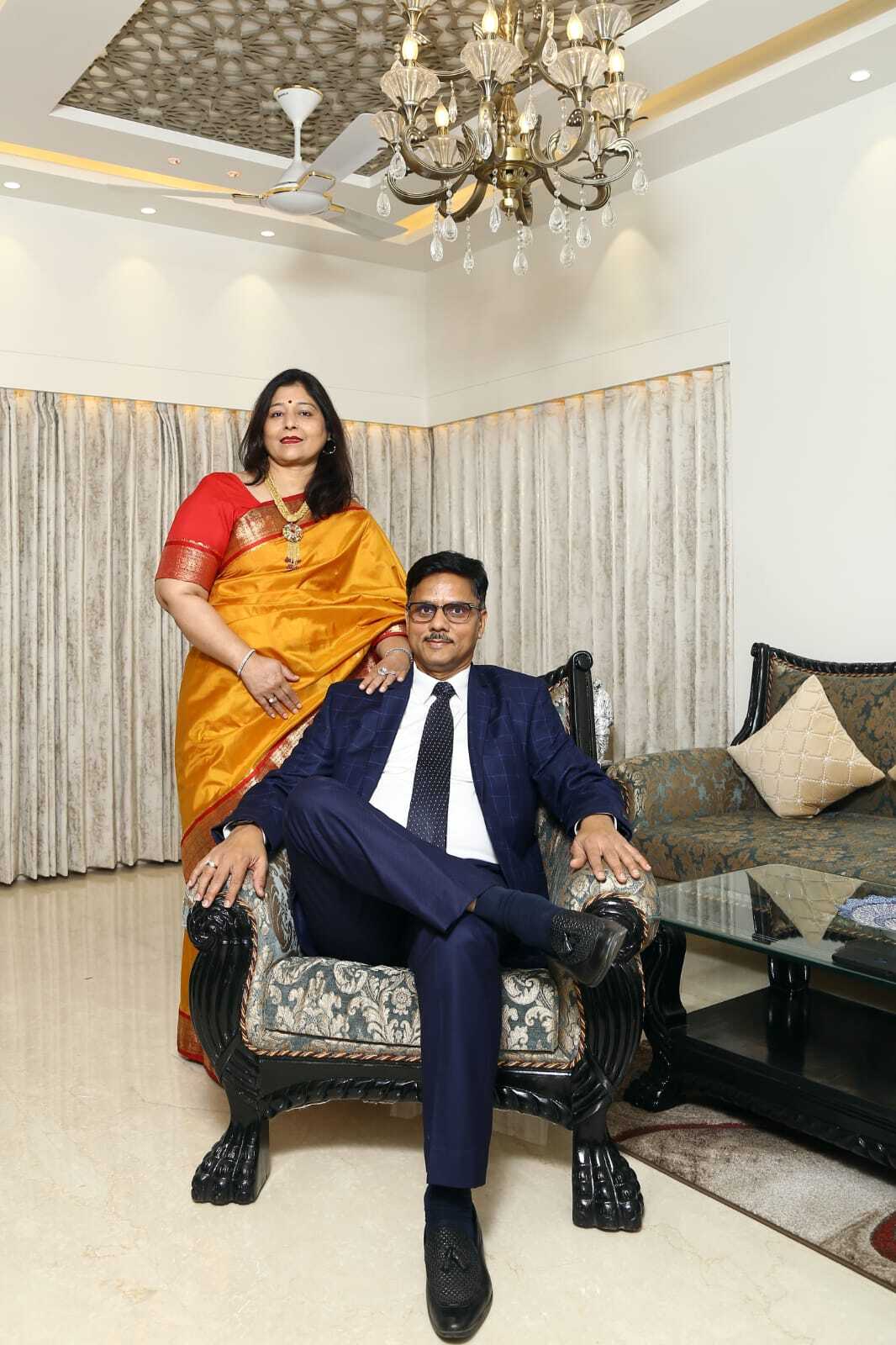
In this exclusive interview, we delve into the mind of this financial luminary to understand his insights, philosophies and the secrets behind his success.
Please tell us a bit about yourself.
Since childhood, I wanted to become a CA. My journey began with a fascination for the intricate dance of numbers and the profound impact finance has on shaping the world. After completing BCom, I started earning by assisting in a medical shop. Following my CA, I worked at Umaid Mill in Pali, Rajasthan, and later joined Indian Oil Corporation Ltd (IOCL). Early in my career, I faced challenges that taught me resilience and the importance of adaptability. Starting from grassroots, I valued every task, learned from scratch and embraced challenges. These experiences laid the foundation for my leadership style, emphasising agility and a strategic mindset. I have held key roles as CFO at Adani Power, CFO at Essar Steel, Director Finance at Nayara Energy (erstwhile Essar Oil Ltd), and Treasury Head at IOCL.
I married my wife Krishna a year into my IOCL tenure, and we have two children, Disha and Nihar.

Suresh Jain with his daughter and son — Disha & Nihar.
What does a typical day look like for you?
My day starts with hour and half of 5-6 km morning walk alone, listening to music. The day includes a 5:30 am walk, a 6:30-8 gym session and breakfast. Passionate about work, I remain energised even after long hours. Quality time with family, evening ghazals and meals with my wife are essential. Despite being a workaholic, my wife’s full support is crucial. A sacrifice I feel guilty about is not giving enough time to my children.
How was the year 2023 for you and your team?
2023 strengthened us. Robbie handled situations well, and our prompt responses showcased confidence. Patience, belief in our solid assets, and the Group’s strength stood us in good stead.
How do you keep up your team’s morale?
I maintain an open-door policy, encouraging my team to talk to me anytime. I take ownership and have their backs.


Suresh Jain with wife Krishna, their son and daughter-in-law — Nihar and Sejal.
The financial landscape is evolving rapidly, with technological advancements and global uncertainties. How do you navigate these challenges and lead your team to success in such a dynamic environment?
Adaptability is key. Embracing technological advancements while understanding the nuances of global markets allows us to stay ahead. Additionally, fostering a culture of continuous learning within my team ensures that we are not just reacting but proactively shaping our strategies.
How do you bring a sense of fun and excitement into your work while maintaining dedication and ownership?
With ‘SURE’ in my name, any assigned work will surely be done. I thrive on the kick of fun and excitement, embodying dedication and ownership.
A heroic moment in your professional life?
At Adani, holding of the Board Meeting of Adani Power on 22 Apr 2020 despite COVID-19 lockdown.
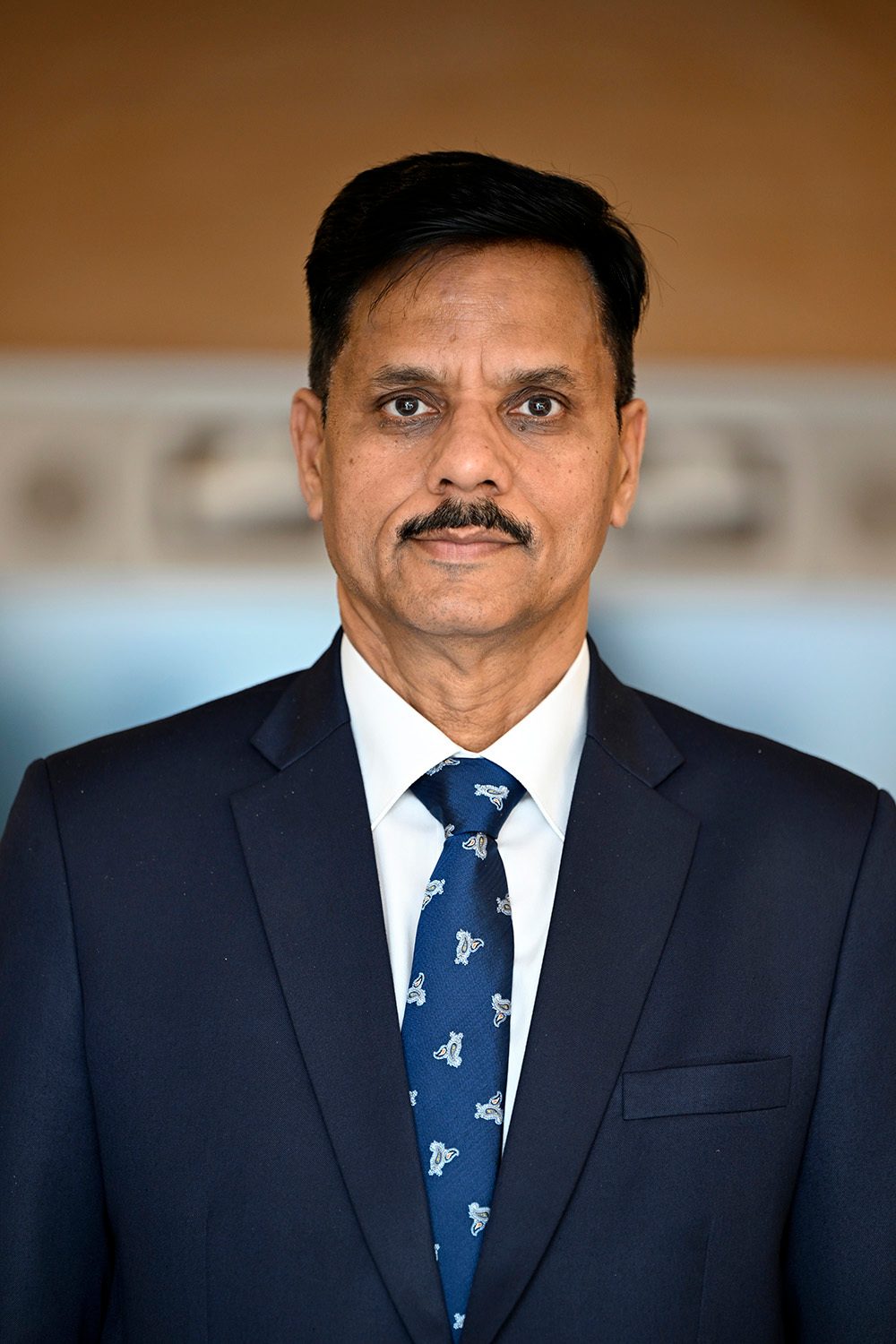
Born and brought up in the middle class Marwari Jain family of Jodhpur, Suresh Jain is a Chartered Accountant with a passion for finding and developing new talent in his field. An alumnus of the University of Jodhpur, he lives with his family in Ahmedabad.
In your opinion, how has the finance function evolved since the 90s and what are some of the key drivers to this change?
The traditional role of the finance function being a custodian of a company’s financial stability has become more nuanced and complex in recent years, as financial reporting and compliance responsibilities are balanced with strategic business support. The modern expectation is for the finance function to actively engage in sharing insights on the business, forecasting scenarios based on trends, analysis using AI and Machine Learning and offering a comprehensive understanding of the company’s direction. Today, finance professionals are required to grasp the nuances of the business more profoundly than ever before.
Who is your biggest inspiration?
Two people inspire me. My first inspiration has been my grandfather who was a teacher. He had a radiant persona. I still carry his teachings in the story of my life as you see today. And the other person who inspires me is Jitendra Mehra, an 83-year-old personal from IBC (Insolvency and Bankruptcy Code), Essar.
Role Model?
Gautam Adani.
Any career tips for your younger colleagues?
No work is small; it holds learning opportunities.
In our conversation with Mr Jain, it became evident that the world of finance is not just about numbers; it is about vision, adaptability and a commitment to shaping a better future. As Mr Jain continues to inspire and lead, his journey serves as a testament to the transformative power of visionary leadership in the realm of finance.
- What do you enjoy doing in your spare time with your family?
Watching Kapil Sharma’s comedy show every night, listening to ghazals by Jagjit Singh and indulging in some Karaoke sessions.
- Hobbies that make you unwind and relax specifically?
Traveling and the passion for driving cars help me relax.
- Outside of work, what excites you?
Honestly, only work excites me.
- Food that uplifts your mood?
Sweet treats, especially Dal ka halwa.
- Favourite local restaurant?
HOCCO.
- All-time favourite movie?
3 Idiots
- Any message or advice for the readers?
No substitute for hard work, no shortcuts.
Quick Talk

Safety Concerns In An Evolving Orbit
At Adani Natural Resources, safety is not just a priority; it is the bedrock of operations, driving innovation and proactive measures across mining locations worldwide.
go beyond
Prof Satish Sinha
S
afety brings in sustainability. There is no denying this universally accepted statement has been engrained in Adani Natural Resources (ANR) as its cardinal business principle. Safety in operation and constantly rendering a zero-harm workplace is the prime mover drive at ANR’s mining locations across Maharashtra, Madhya Pradesh, Uttar Pradesh, Chhattisgarh, Jharkhand, Odisha, and extending to Eastern Australia.
The safety of our employees is paramount, and we consistently adhere to three key safety dimensions to create a safe and healthy workplace:
Looking into the expansion of ANR for more than 25 projects on anvil, it takes cognizance and intent to introduce an institution Internal Safety Organization (ISO) constituted of heterogeneous members from fields such as electrical engineering, finance, techno-commercial, environment, and data security, mandated with executive powers to enhance adaptation to absolute safety.
The path to achieving safety excellence lies in adopting a Self-Safety mode. ANR focuses on preparing a competent workforce, identifying training needs, and continuously refining safety practices to maintain a zero-harm workplace.
ANR is exploring the integration of full digital technology, leveraging IoT sensors for real-time data capture and deep learning for proactive safety management. This approach involves AI-based analytics to assess continuous interactions between man, mine, and machine, predicting safety outcomes and prescribing appropriate actions.
As ANR embarks on an evolved journey towards enhanced safety in its mines, a bottom-up approach has been introduced, encouraging the active participation of workers and the generation of primary data. This paradigm shift from conventional to operational and occupational safety reinforces the fundamental principle that the person at work, the machine, and the mine location are all inherently safe. ●
The writer is Head, Sustainability, Compliance & Safety at ANR (AEL).

Compliance with Mining Statutes governed by Ministry of Labour & Employment (MOLE):
ANR upholds the regulations outlined in the Mines Act of 1952 and its subordinate legislations, as directed by the Directorate General of Mines Safety (DGMS).
Alignment with the Adani Group safety norms:
Formation of Taskforces (1-6) to run six wheels of safety cart such as:
- Task Force 1 – Standards, Rules & Procedures
- Task Force 2 – Contractor Safety Management
- Task Force 3 – Training and Capability Building
- Task Force 4 – Logistics Safety
- Task Force 5 – Safety Interaction, Incident Reporting & Investigation and Audits
- Task Force 6 – Technological Initiatives in Safety
Pro-active Initiatives:
- Cross site safety audit
- Competency Building of Enquiry Officers
- Ground Zero Safety Personnel (GZSP)
- Safety data capture by Gensuite Software
- Deep learning techniques for predictive analytics.
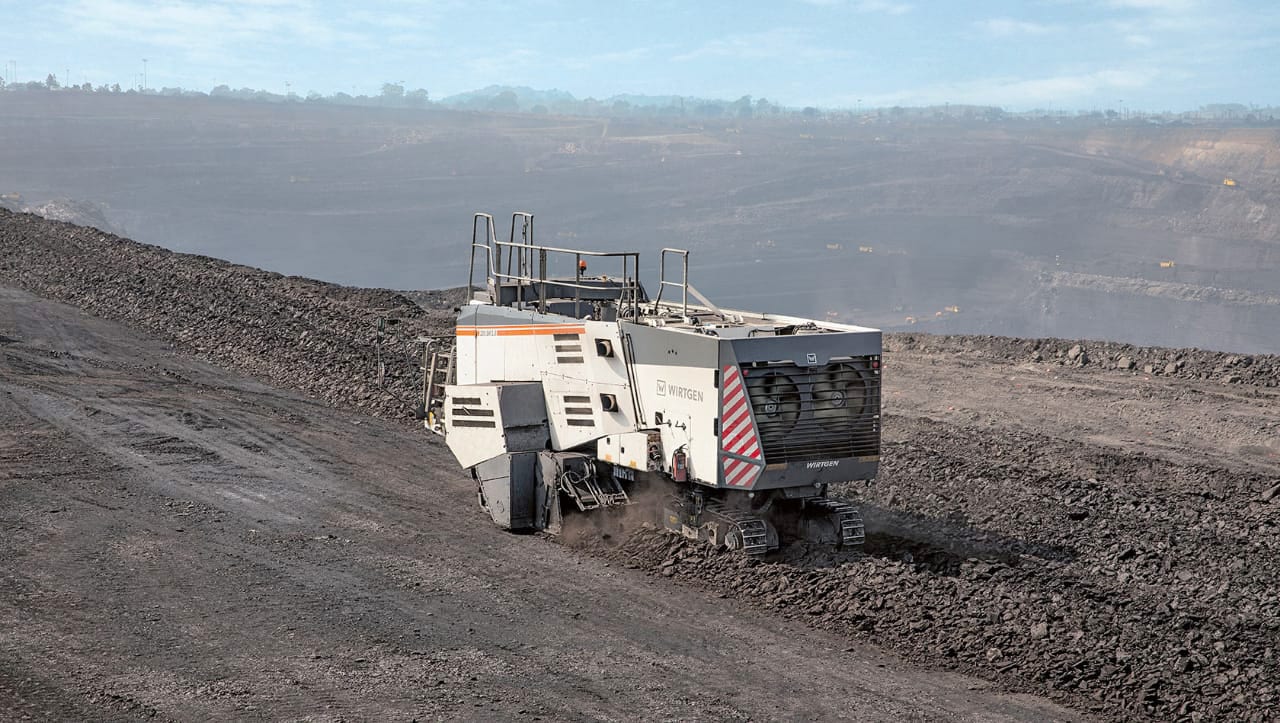

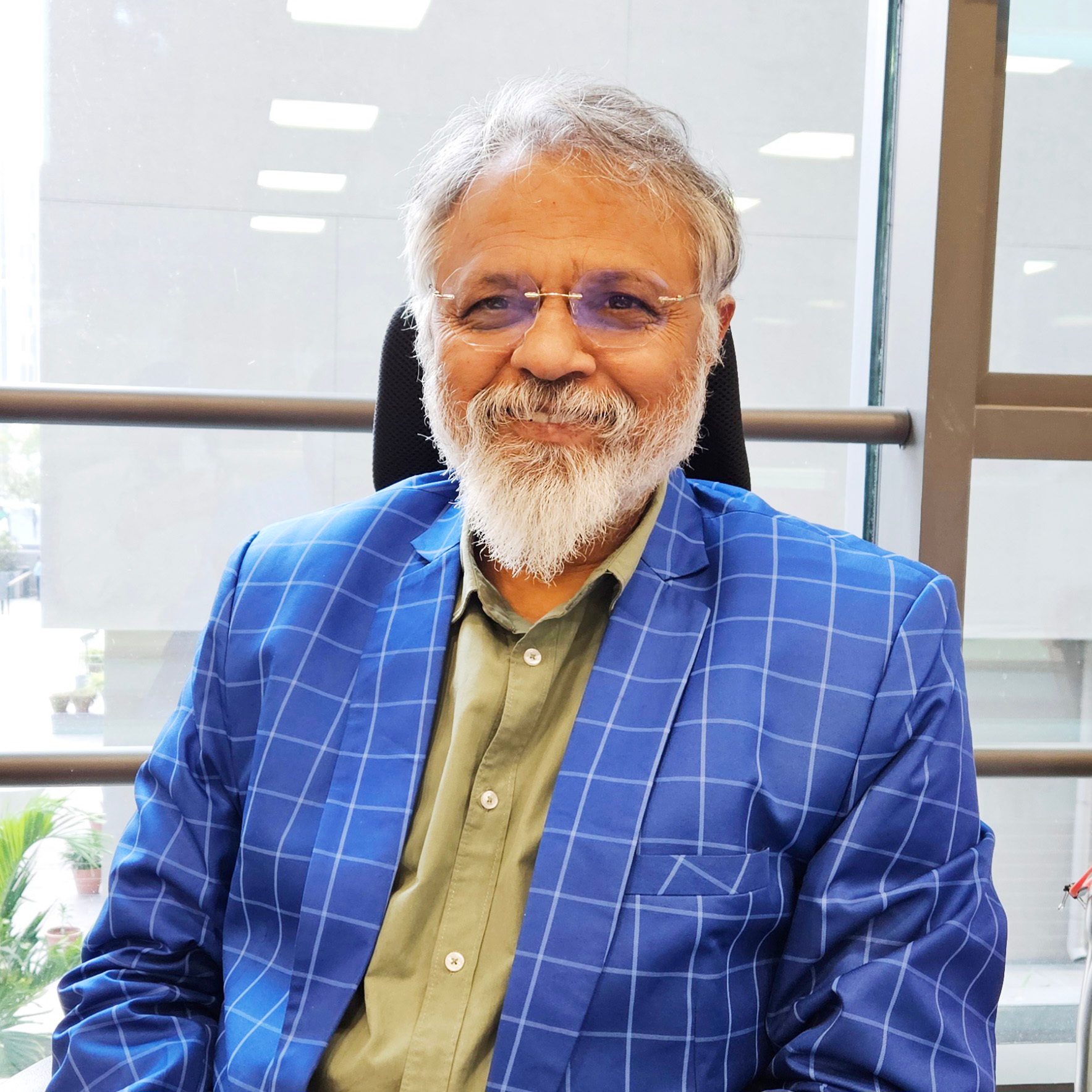
Achieving excellence in today's business landscape is contingent upon three key factors: Speed, Quality and Safety. In the ever-evolving digital and AI-enabled world, maintaining a workplace that ensures a safe environment is imperative. Any workplace incidents or accidents can prove to be highly cost-prohibitive and have the potential to adversely impact the economic aspects and bottom lines of businesses. The significance of maintaining a healthy and secure workplace has never been more evident in the eyes of stakeholders. Moreover, central to this is the concept of 'sustainability,' which is the immediate consequence of prioritizing an attribute known as VALUE SAFETY.”
Turning The Tide
Ambuja Cements’ bold steps toward water security and sustainability is a blueprint for sustainable change.
ESG
Dr Neeru Bansal
I
n an era where water scarcity poses a significant challenge, Ambuja Cements has taken decisive steps towards sustainable water management, underscoring the critical need for ensuring water security for both its business operations and the communities it serves.
Water scarcity, a stark reality of our times, has far-reaching implications, impacting not only businesses with increased costs and risks but also threatening the livelihoods of communities beyond the corporate periphery. Recognizing this pressing concern, Ambuja has charted out a comprehensive program aimed at addressing this issue head-on.
At the heart of Ambuja's initiative lies a strategic framework with clear objectives:
- Reducing Dependence on Fresh Water: Ambuja seeks to minimise its reliance on freshwater resources for its operations.
- Community Water Security Beyond Business Interests: Ambuja is committed to ensuring water security for communities residing beyond their immediate boundaries.
- Being Water Positive: The ultimate aim is to continue being water-positive through sustainable water management practices.
Decisive actions and innovative solutions form the cornerstones of Ambuja’s approach. By focusing on reducing specific water consumption per ton of product, maximising the recycling of treated wastewater, harvesting rainwater, and implementing rigorous water efficiency measures, Ambuja has significantly reduced its footprint on freshwater resources. As a result, the water withdrawal from fresh water resources is now less than the water consumed by the company to meet its needs.
Furthermore, the company’s engagement in developing innovative product solutions, such as the Instant Concrete Mix Proportion and Modular Curing Solution, showcases a commitment to optimising natural resources, resulting in substantial water savings.
Ambuja’s efforts extend beyond operational improvements. The company has invested in water conservation efforts for communities, collaborating with local representatives, governments and like-minded organisations. Initiatives include awareness-building campaigns, education on rainwater harvesting, water literacy, and the adoption of modern irrigation technologies.
These efforts have borne fruit, with tangible results evident in the form of increased rooftop rainwater harvesting systems, expanded surface water storage, and the adoption of micro-irrigation techniques by farmers. The results for FY 2022-23 are very encouraging:
736
households built Rooftop Rainwater Harvesting Systems and 14 community based RRWHs created
1.08
MCM additional surface water storage created
2,368
farmers adopted micro-irrigation practices, covering 2,242 hectares for ‘more crop per drop’.
852
small and marginal farmers received irrigated water through group irrigation schemes, covering 212 hectares.
56
farmers were covered under solar irrigation, with 37 hectares of land.
20,735
households were reached through water conversation, micro-irrigation and drinking water projects.
These initiatives have significantly improved water security in the community, evident in the shift from single-crop to multiple-crop farming. As Ambuja Cements continues its journey towards water security, the success stories of farmers cultivating more than one crop herald a sustainable future for communities.
The ongoing efforts in sustainable water management have resulted in a much lower water debit than water credit. Ambuja Cements, which was two-times water positive in 2011, became eight-times water positive in 2019, a number verified by a third party. The aspiration is to make it 10-times water positive by 2030. Through a holistic approach encompassing operational efficiency, innovation and community engagement, Ambuja Cements has set a benchmark in responsible corporate water management, inspiring not just the industry but society as a whole to tread the path towards a water-secure future. ●
Mundra’s Maritime Triumph
Adani’s Mundra Port sets new records with 43 vessels handled in 24 hours.
Newsmakers
Adani Ports & Special Economic Zone
Jaydeep Shah
In the heart of India's maritime landscape lies Mundra Port, a beacon of efficiency and progress, breaking records and setting new benchmarks under the stewardship of Adani Ports and Special Economic Zone Ltd (APSEZ). In a recent feat that has made waves in maritime history, Mundra Port surpassed its own record by orchestrating the seamless movement of 43 vessels within 24-hour timeframe, surpassing its previous achievement of 40 vessel movements in Mar 2023.
This accomplishment not only shows that the Mundra Port team is very good at what they do but also proves they're committed to doing things safely and efficiently. It is a story of a team working hard, going above and beyond and reaching new heights in their maritime work.
In addition to this achievement, Mundra Port has reached another commendable milestone by successfully handling a total of 3,000 ships within an impressive timeframe of 261 days. This surpasses the previous record of achieving 3,000 ship completions in 288 days, further solidifying Mundra Port's reputation for operational excellence and efficiency.
These milestones tell a tale of Mundra Port's steadfast commitment to setting new standards in the maritime industry. It reflects not just numerical achievements but a dedication to contributing significantly to India's development.
Adani Ports' contributions are pivotal in shaping the larger narrative of India's progress. The port's ability to handle high volumes of vessel traffic and expedite ship completions showcases its significance in enhancing India's position as a global trade leader. As Mundra Port continues its relentless pursuit of excellence, it stands as a symbol of India's maritime prowess and economic resilience. ●
Strengthening the country’s defence
As part of the Atmanirbhar Bharat initiative and its resolve to contributing to national security agenda, Adani Defence & Aerospace gives timely delivery of Drishti 10 Starliner Unmanned Aerial Vehicle (UAV) to the Indian Navy.
Newsmakers
Adani Defence & Aerospace
Juhi Chakraborty
In this dynamic tech-infused age of warfare, Adani Defence & Aerospace, which is a pioneer in design, development and manufacturing of state-of-the-art defence products, gave a major boost to India’s drone warfare capabilities.
Bringing its promise to support the Atmanirbhar Bharat initiative to fruition, Adani Defence & Aerospace unveiled and handed over its indigenously manufactured Drishti 10 Starliner Unmanned Aerial Vehicle (UAV) to the Indian Navy at an event on 10 Jan 2024 in Hyderabad, a primary arms manufacturing hub of the country. Drishti 10 Starliner is an advanced intelligence, surveillance, and reconnaissance (ISR) platform with 36 hours endurance and 450 kg payload capacity.
The only all-weather military platform with NATO’s STANAG 4671 (standardised agreement 4671) certification for the UAV system’s airworthiness, it is cleared to fly in both segregated and unsegregated airspace. The UAV will now be taken from Hyderabad to Porbandar to be inducted into naval maritime operations.
The flag-off ceremony was led by chief guest Admiral R Hari Kumar (PVSM, AVSM, VSM, ADC), Chief of the Naval Staff, who lauded Adani Group’s efforts in aligning its roadmap to the Navy’s requirements and establishing an ecosystem of partners and capabilities to enable ‘Atmanirbharta’ in defence and security.
"This is a momentous occasion and a transformative step in India’s quest for self-reliance in ISR technology and maritime supremacy. Drishti 10’s integration will enhance our naval capabilities, strengthening our preparedness in the ever-evolving maritime surveillance and reconnaissance,” he said.
Honourable Minister of Industries & Commerce, IT, Electronics and Legislative Affairs of Telangana D Sridhar Babu said that with initiatives taken by companies like Adani Defence, the vision laid out by the Prime Minister of India shall be achieved in its complete spirit.
Adani Aerospace Park is the country’s first final assembly line in the private sector for military grade unmanned systems, tactical and loitering drones, seamlessly integrated with carbon aerostructures manufacturing unit, electronics and avionics unit and EO IR (electro optical/infra-red) payloads, thus contributing to more than 70% indigenisation.
Jeet Adani, VP, Adani Enterprises, said that the recent geopolitical events have reinforced the convergence of physical, informational, and cognitive tactics underpinned by intelligence, information processing capabilities, and use of unmanned and cyber systems for dissemination of information and disinformation. “Intelligence, surveillance and reconnaissance platforms across land, air and naval borders are a key priority for Adani to serve the armed forces and place India on the global map for exports. We are proud to be able to serve the Indian Navy,” he added.
Calling the handover of Drishti 10 Starliner UAV a watershed moment in Adani Defence’s journey towards self-sufficiency and indigenisation of advanced technologies, Ashish Rajvanshi, CEO of Adani Defence & Aerospace, shared, “Our on-time delivery to the Navy is a testament to our robust quality management processes and excellent support from our partners, who worked diligently over the last 10 months from contract to delivery.” ●

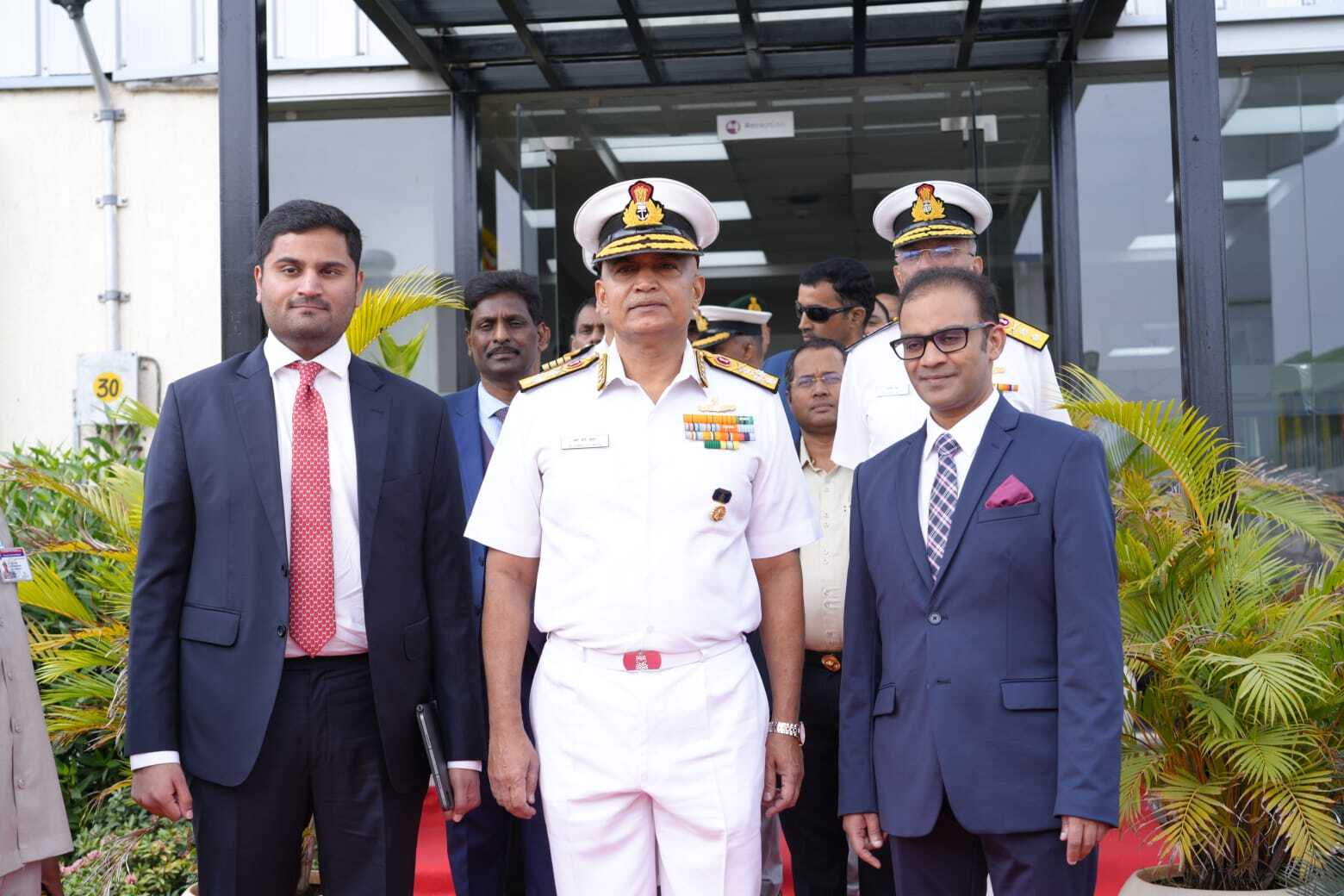
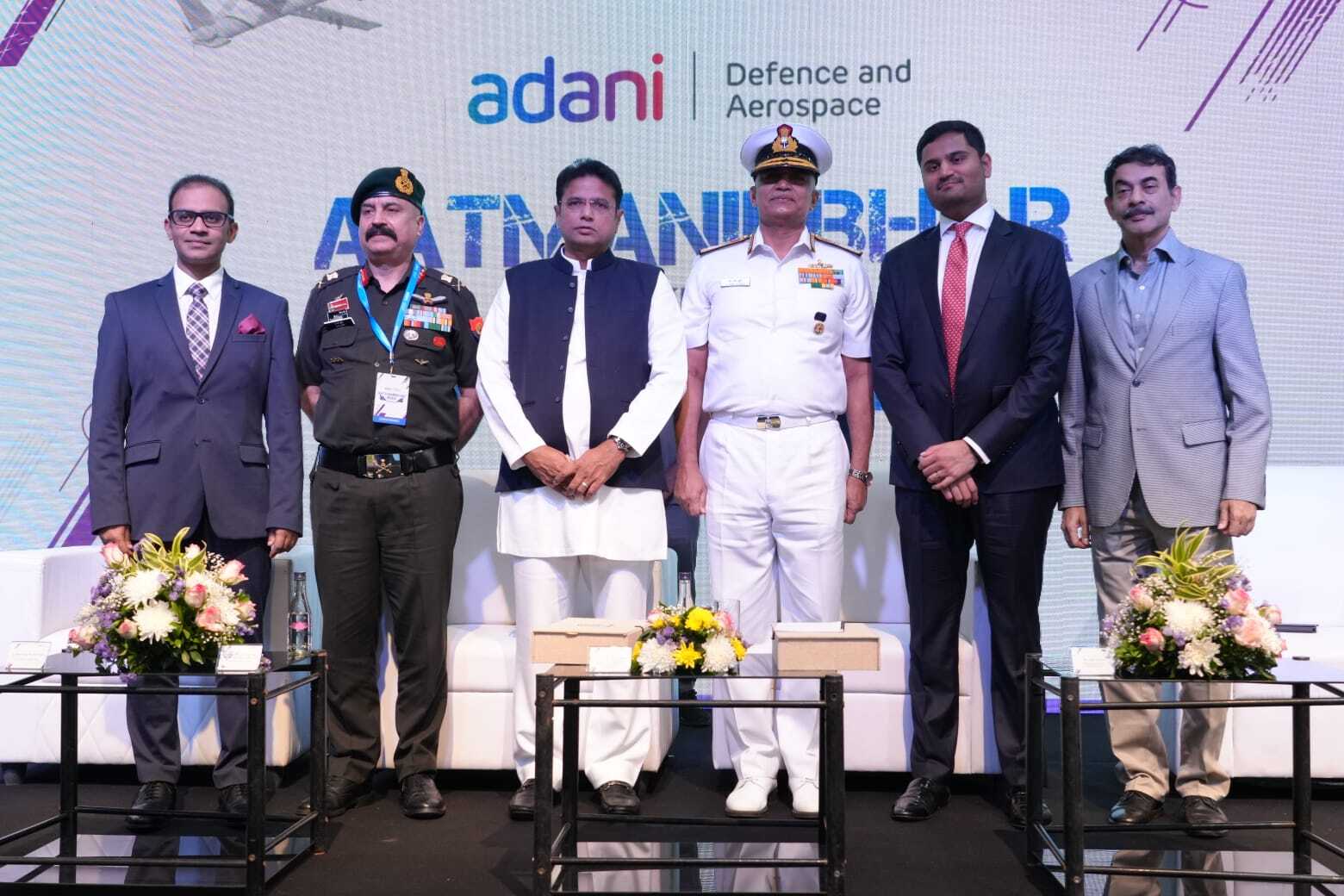
safety
From Knowledge To Action
IIT-Kharagpur and Adani unite for safety to nurture champions for a secured tomorrow.
Adhishree
On the early morning of 3 Dec 1984, the tragic Bhopal Gas Tragedy unfolded, serving as a haunting reminder of the catastrophic consequences of neglecting safety measures. The leakage of toxic gas, Methyl Isocyanate (MIC), resulted in over 8,000 deaths and impacted nearly 600,000 lives in the long run. A prolonged investigation revealed deficient plant design and a lack of emergency training among personnel, highlighting the critical need for robust safety measures.
Nearly 40 years after this incident, significant improvements have been made through collaborative efforts by businesses and government entities. However, the probability of rare, high-impact incidents can never be entirely eliminated. At Adani, our commitment to providing the safest work environment remains unwavering. The Group Safety function strives for 'zero harm and zero leak,' emphasising the identification and mitigation of unrecognised high-impact risks and hazards. Knowledge and capability building for line professionals and managers are key components of this endeavour.
To fulfill this commitment, the Group Safety Team has partnered with the Indian Institute of Technology – Kharagpur (IIT-KGP) to develop a specialised course for Adani employees – Logistics and Process Safety Management (LPSM). This course aims to cultivate a strong conviction among middle management regarding high-impact risks and hazards. By imparting nuances and concepts of safety processes and management, we seek to create a cadre of Safety Resource Personnel, or Safety Champions, capable of leading the transformational journey towards Safety Excellence within the Adani Group. These champions, trained by leading subject matter experts, serve as resources for enhancing safety performance, achieving operational excellence, and promoting resiliency and sustainability within businesses.
The course provides a unique platform for the exchange of ideas and approaches across the Group, fostering a fraternity of Safety Champions committed to eliminating ignorance and incompetence regarding safety concerns. The plan is to conduct multiple batches of the IIT-LPSM course annually for several years, creating a critical mass of champions across business units at different hierarchies to embed a safety ethos and culture throughout the Group.
In collaboration with the premier technical institute IIT-KGP, the program operates under the Centre of Excellence of Safety Engineering and Analytics (CoE-SEA), recognised as an Institute of Eminence by the Government of India. The course, bespoke to Adani’s business requirements, integrates theoretical learning, technological innovations, analytical problem-solving, and practical implementation. Case studies, assignments, and project work align with the Adani business environment, creating an effective collaborative ground for the evolution of safety technology and engineering.
The course is designed for experienced and capable managers, nominated by their respective Business Unit leaders, with a limited batch size of 25 to ensure an impactful learning experience. Champions undergo 16 weeks of training, including 7 weeks of academic rigor at IIT-KGP, covering topics such as Micro Hazard Mapping Management (MHMM), Accident Causation and Prevention, Logistics Safety, Electrical Safety, Prevention through Design, Safety analytics, and more. The learning path comprises four modules, integrating classroom training, project work at their sites, and review and feedback from professors, ultimately resulting in the submission of a ready-to-roll-out project report.
The Safety Champions, representing diverse businesses and sites across India, have been entrusted by Business Leadership to exemplify initiatives and resourcefulness. Empowered through the IIT-KGP LPSM Course, they play a pivotal role as mentors and resource personnel for continuous business and operational excellence. Their ability to anticipate unrecognized risks and hazards allows for proactive remedial action, preventing incidents before they occur.
The Champions hail from multitude of Businesses & sites spread all across India and have diverse backgrounds and technical knowledge. They have been entrusted by their Business Leadership to exemplify initiatives and resourcefulness by granting them this opportunity. We aspire to empower them through IIT-KGP LPSM Course, to perform their role as ‘Safety Champions’ and abet in Safety Transformation journey of their businesses. Throughout their tenure they would function as mentor and resource personnel for continuous business and operational excellence. They would be able to prognose unrecognised risks and hazards and take remedial action before occurrence of incidents.
To date, two cohorts of Safety Champions have successfully completed the IIT-KGP LPSM course, with the third batch currently in progress. This brings our total number of Safety Champions to 75, each of whom has played a pivotal role in implementing over 200 Safety Performance Improvement projects across various sites. Moving forward, our commitment to these Safety Champions remains steadfast, as we actively involve them in advancing safety initiatives of varying scales and scopes. Moreover, we aim to empower them to successfully execute their own projects. While we acknowledge that the complete elimination of incidents may be an unattainable goal, our Safety Champions play a crucial role in integrating safety requirements during the design phase.
Utilising their expertise, we encourage them to leverage technology to manage deviations in operating parameters, enhancing our overall preparedness to eliminate all avoidable accidents. Recognising the invaluable contribution of our Safety Champions, we aim to address previously unrecognised risks, infuse best safety practices during design stages, and cultivate a heightened awareness of safety across our organization.
The lessons learned from incidents like Fukushima, Chernobyl and Bhopal underscore the importance of prioritizing safety. While the initial investment in safety measures may seem high, the consequences of neglecting safety can lead to devastating incidents with far-reaching repercussions for generations. Our Safety Champions stand as guardians against such risks, working towards a future where safety is not just a priority but a collective responsibility. ●
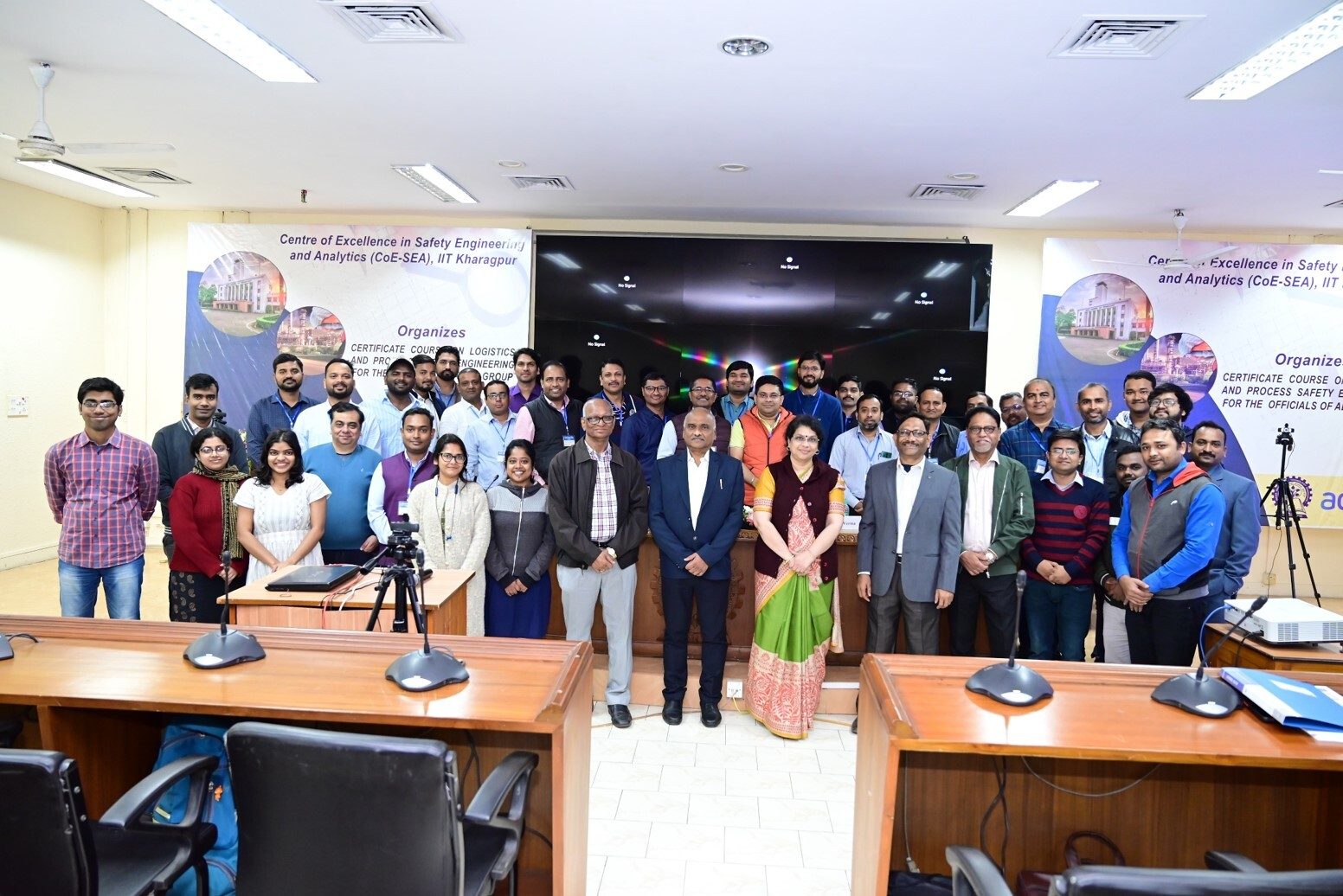
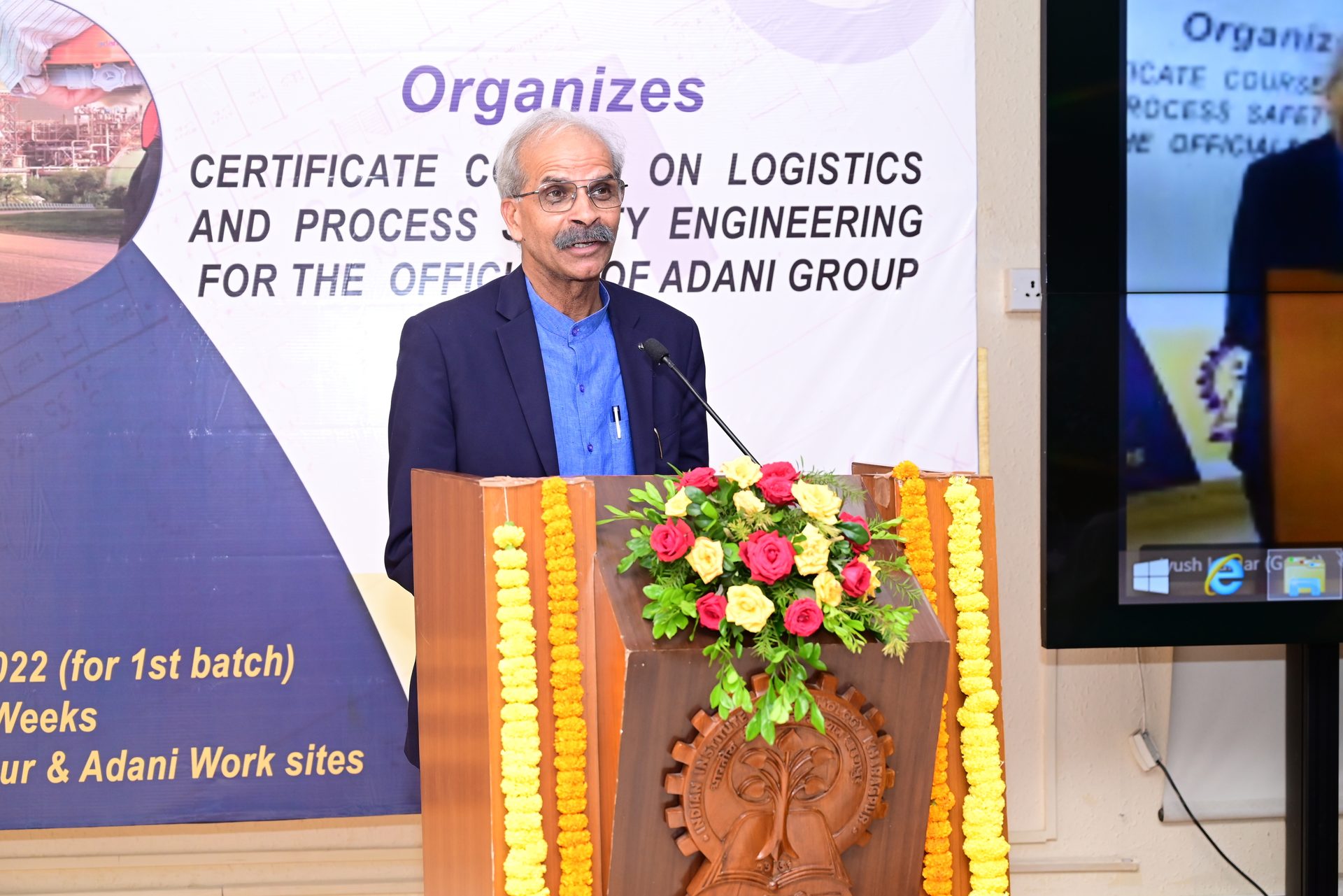

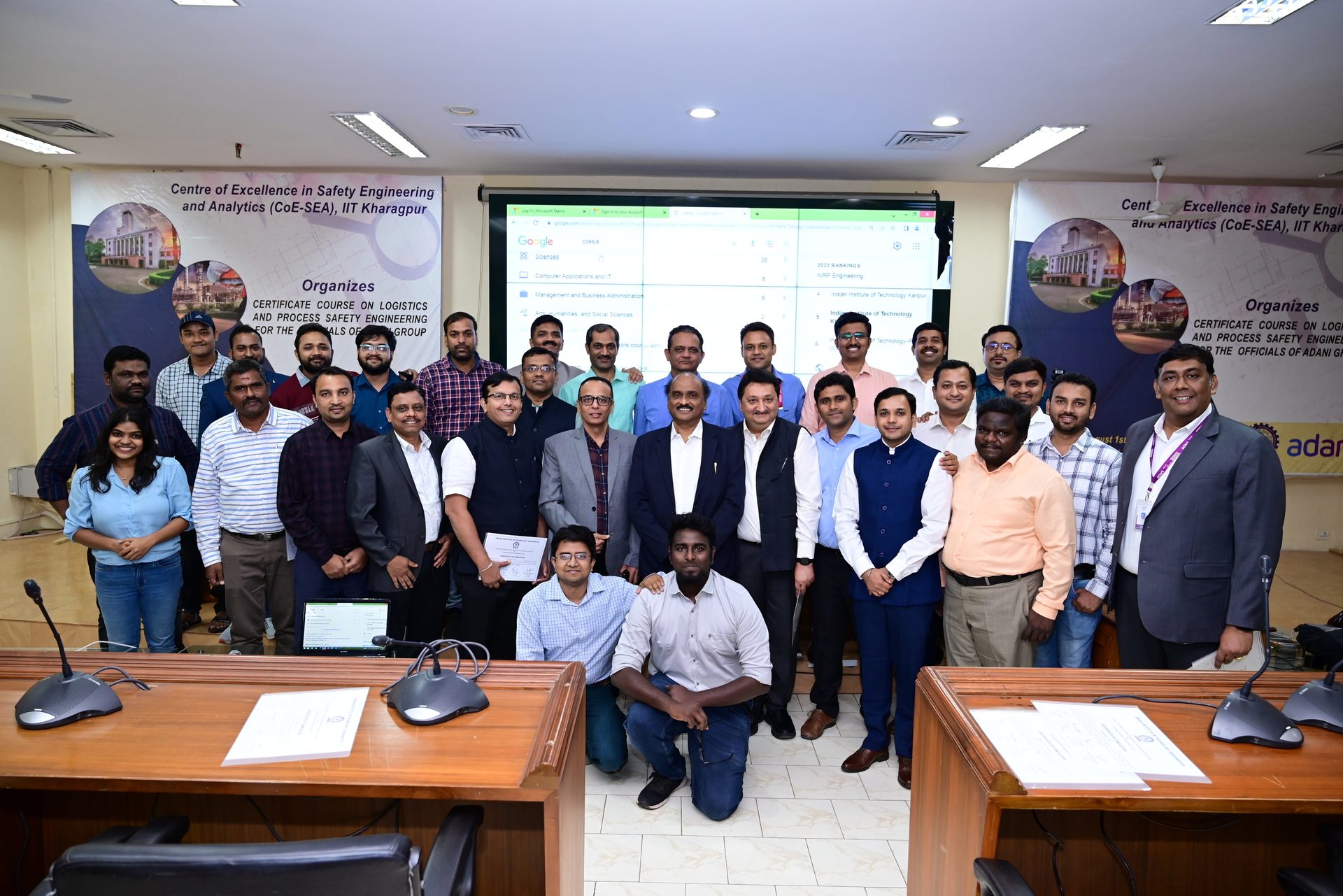
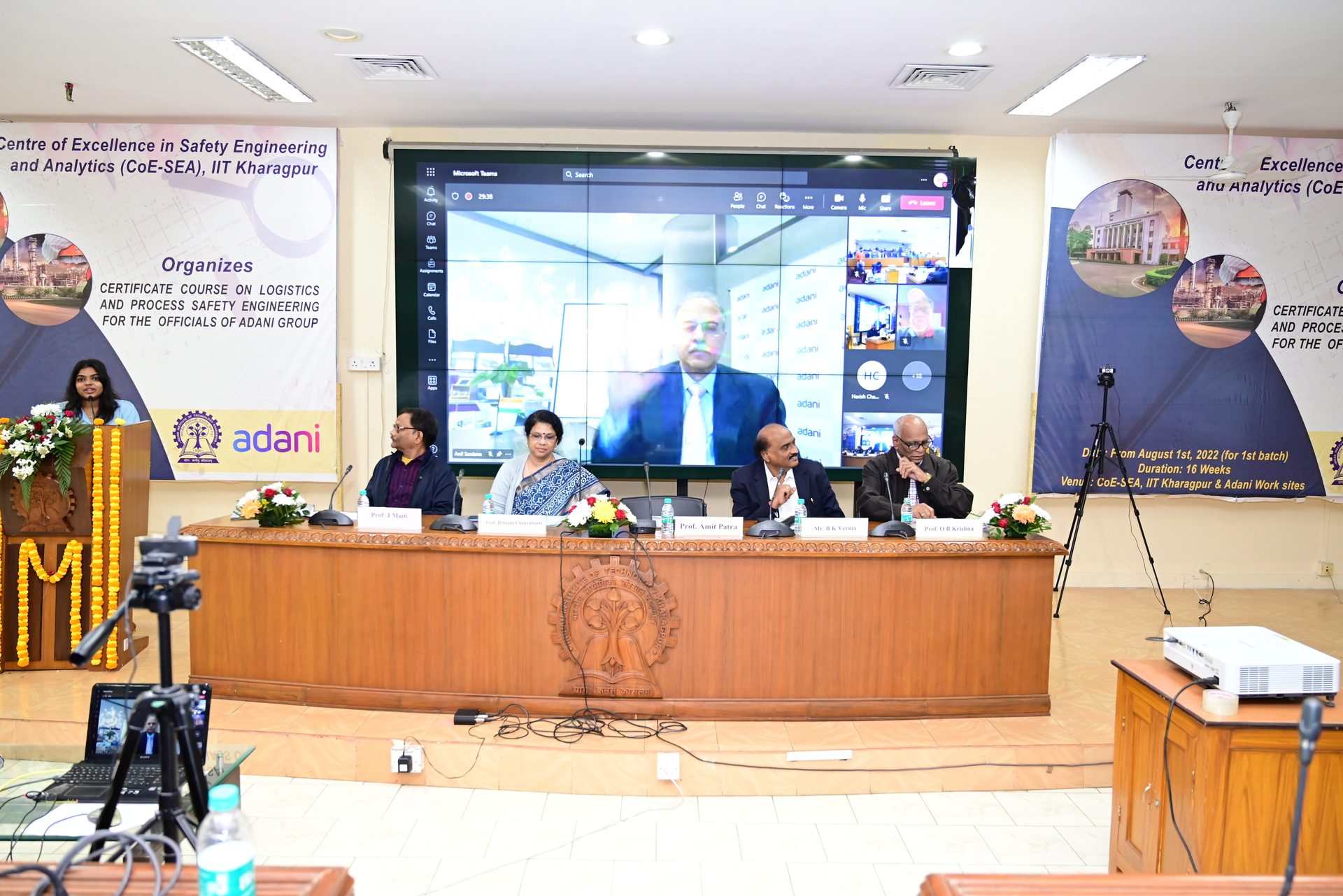
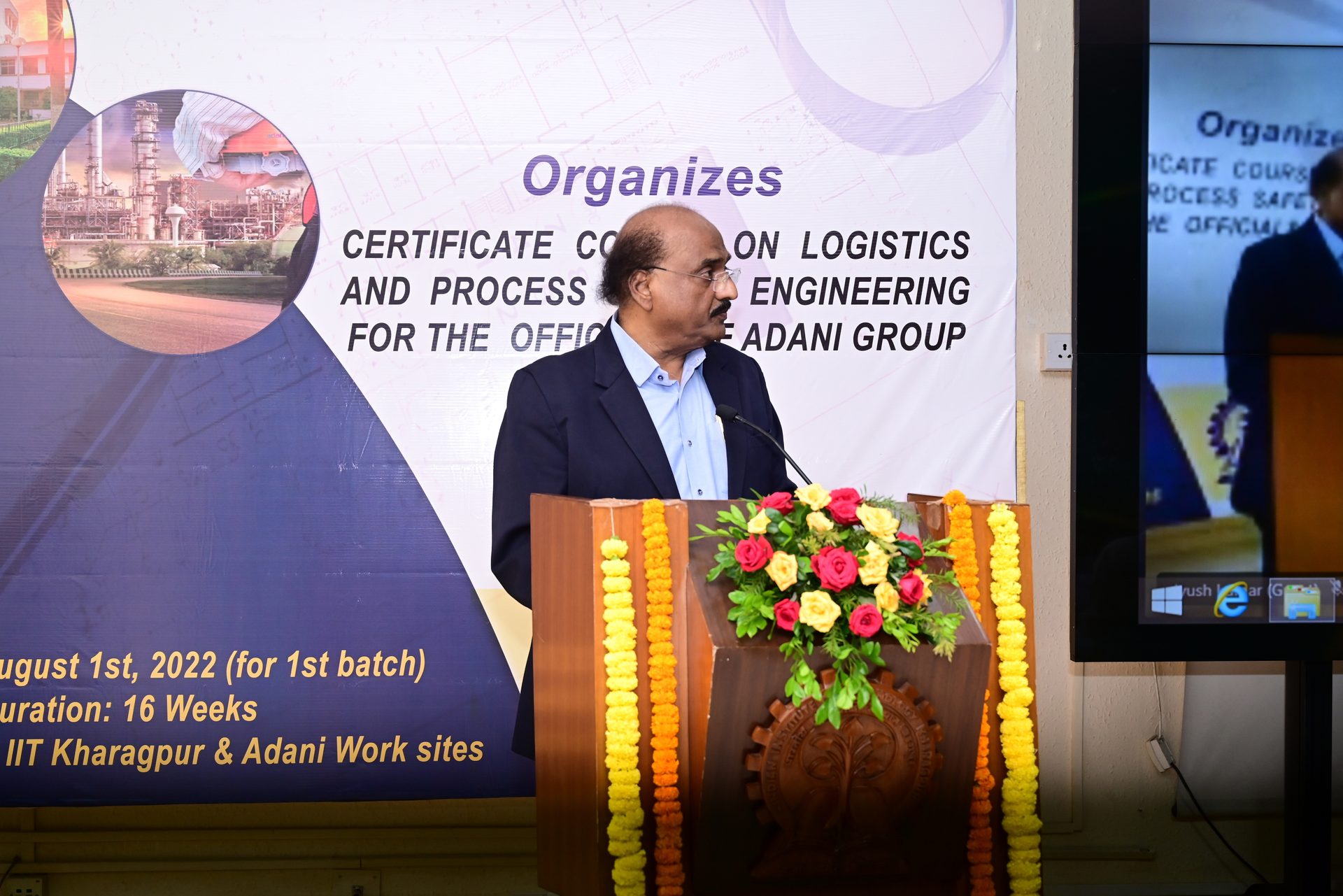

While designing this course the intent was to develop traction at mid-management level to improve safety as they play key role in integrating safety at design besides ensuring safety on day-to-day operation and maintenance practices. At the same time, it is a challenge to show value for such, as high consequence-low frequency incidents often occur once in a lifetime of an organisation, as after realisation of such risks, organisation fail to exist.”
Birendra Kumar Verma
Safety Head, Adani Group
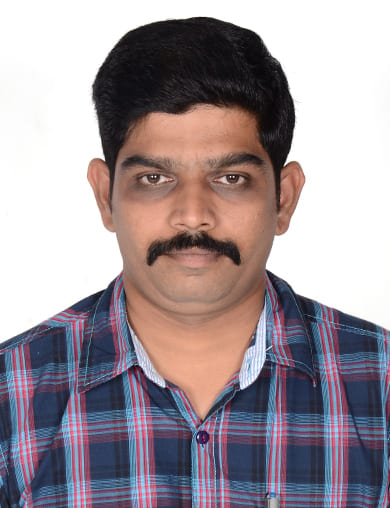
Completing a course at the prestigious IIT Kharagpur is an achievement for me that embodies a culmination of dedication, perseverance, and academic rigour. The course is full of challenging assignments and pursuit of excellence have been conquered. The journey through this IIT course was very transformative, fostering a deep understanding regarding Safety including critical thinking. It had made the beginning of a new episode / life, armed with expertise, confidence, and a network that opens doors to limitless opportunities in various spheres both professional and personal realms.”
Amarnath T
State Head Transmission Line, AESL

Happy that the participants talk ‘hazard’, ‘risk’ and ‘interventions’ rather than ‘unsafe act’, ‘unsafe condition’, that is the transformation we wanted from this course. Dare devils, they did not bunk/miss even a single lecture. I am sure, these participants will transform Adani industries and will be the nodal points.”
Prof OB Krishna
Chair Professor of CoE-SAE
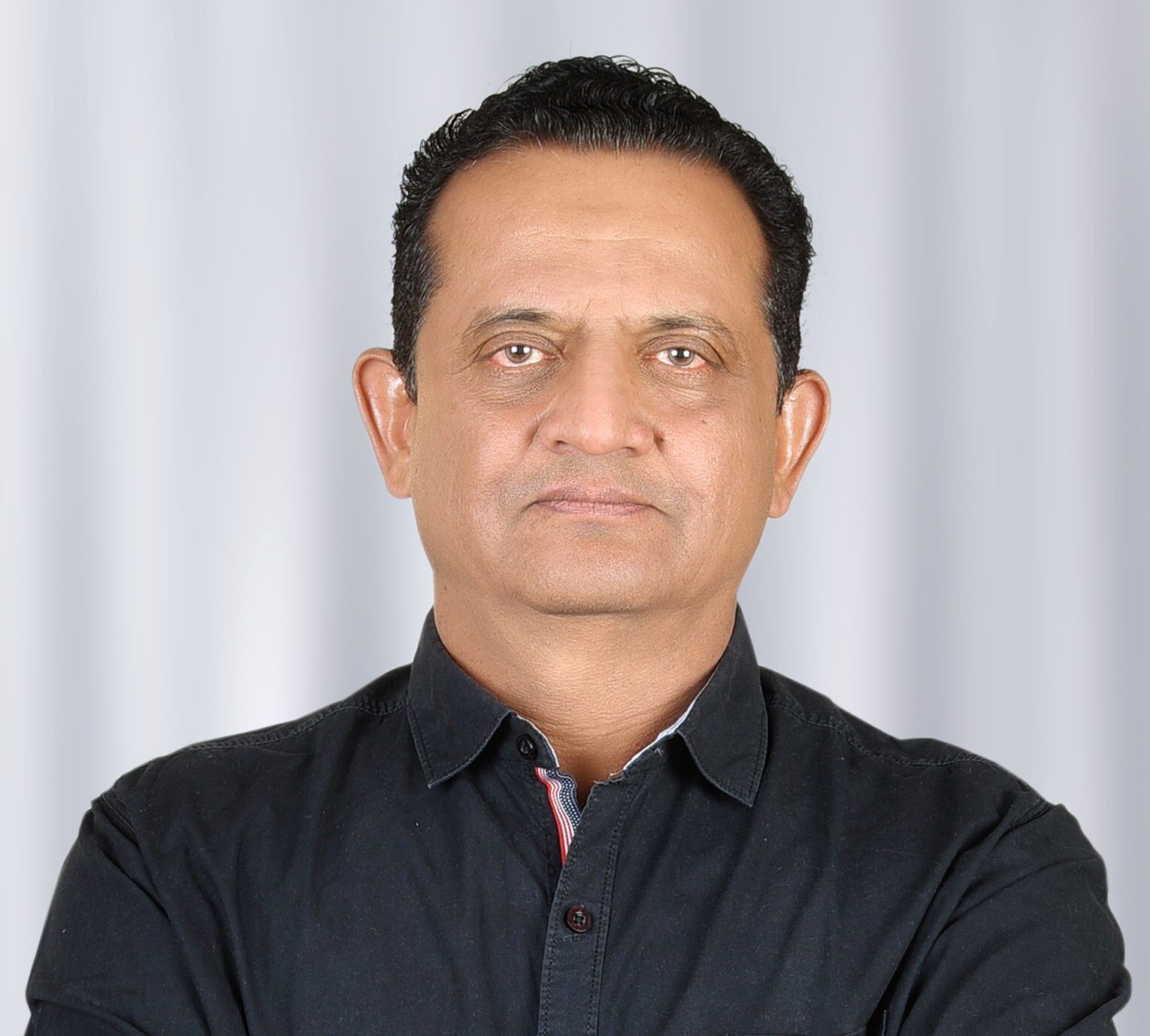
The program also introduced us to cutting-edge technologies and innovations in industrial safety, showcasing how advancements in robotics, artificial intelligence, and predictive analytics are transforming safety practices. Moreover, I had the privilege of interacting with experts and professionals in the field of industrial safety. Their experiences and insights were invaluable.”
Milan Popat
Cluster Head Substation – O&M, AESL
From Boardrooms To Boundaries
Making sports strong, people stronger.
sports
Abhishek Saraf
A
mid the hustle of corporate life, where targets and deadlines often take center stage, a sporting spectacle emerged, transcending the conventional norms of workplace engagement – the Adani Cricket League.
With a championship title on the line, Adanians put on their thinking caps to devise strategies and gather to practice at the nets. The league brought together employees from diverse technological domains - Artificial Intelligence, Business Development, Industry Cloud, Cyber Security, Information Technology and Strategic Communications, showcasing a unique blend of cricketing prowess and team camaraderie. Fourteen teams, each comprising 8 players, took to the cricket field for a season of fierce yet friendly competition. The format of 10-over matches ensured an unmatchable thrill with quick-paced action and strategic gameplay.
The finale was a nail-biting ending that added an extra layer of excitement to the tournament. As both finalist teams played their hearts out, resulting in a tie – both teams scored equally. An extra round saw IT Master Blasters outshine IC Gladiators, claiming the ultimate victory and turning an already thrilling match into an unforgettable spectacle.
Reflections from the Captain and Organiser
“As the captain of the winning team and one of the organisers of the Adani Cricket League, it is with immense joy that I pen down my reflections on a season that surpassed all expectations. The league was not just about cricket; it was a journey of building bridges, fostering collaboration and redefining teamwork.
Organising the league was not without its challenges, but the collective spirit and enthusiasm from each participant made every effort worthwhile. The success of the Adani Cricket League in promoting team bonding were evident not only in the triumphs we celebrated but also in the moments of adversity we faced together.
As we look back on this remarkable season, I want to express my gratitude to each participant, organiser and supporter who contributed to making the Adani Cricket League an unforgettable experience. May the bonds we forged on the cricket field continue to thrive, fostering a workplace culture built on collaboration, respect and shared victories.”
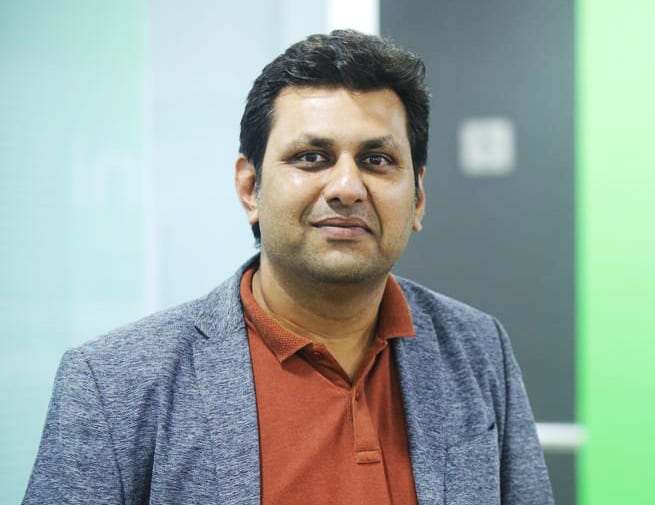
What set the Adani Cricket League apart was its commitment to inclusivity. The league embraced diversity by welcoming women employees into the teams. As the matches unfolded, the significance of having women employees became evident as Anu Gehani and Sakshi Desai won the Best Scorer and Best Bowler titles, respectively. The Adani Cricket League had successfully hit a six in promoting diversity, unity and a sense of community that extended beyond the boundary lines of the cricket field.
The league's success in promoting team cohesion extended beyond the thrilling matches to shared experiences off the field. From strategising game plans during lunch breaks to cheering each other on from the stands, the league became a melting pot of shared laughter, friendly banter and mutual support where victories were celebrated collectively and losses were lessons learned as a team. ●
new horizons
In Pursuit Of Resilience
The Adani Group’s adherence to Business Excellence model sets the stage for India’s economic triumph.
Sachin Kumar Garg
India is well on the path to becoming one of the two largest economies in the world by 2047, a year when the country would also celebrate 100 years of its independence. To achieve this aspiration, our nation needs organisations that can achieve and sustain high performance over time and through various disruptions––be it technological, geopolitical, environmental, or market-based.
The Adani Group, a nation builder is playing a key role in India’s growth aspiration by building large scale nation-wide infrastructure projects with focus on people & culture, digital transformation, ESG and more importantly resilience, the focus area of its Adani Business Excellence Model roadmap (based on Baldrige Excellence Framework).
An organisation’s ability to be resilient and successful in the long term depends on excellence in many areas of its performance. Adani Business Excellence Model highlights key indicators of resilience as financial stability, operational continuity, customer retention, employee engagement, social responsibility, community engagement and innovation.
The Adani Group has gone a step further and institutionalised resilience in its business excellence roadmap aligned with key evolutionary stages of any business life cycle viz. Aarambh, Aadhar, Ati-Uttam and Ati-Shresth.
Post Group Chairman’s birthday celebration in maiden Adani Day, Adani Business Excellence Group began implementation of its five-year roadmap (2023-2027) by understanding organisational priorities with CEO/CXOs and choose 3-5 key best practices under six business areas i.e. Leadership, Strategy, Customer, Workforce, Operations, IT & Knowledge Management to build resilient organisations.
These business units are also subsequently guided to implement key BEx initiatives to improve product, services, operations, technology, HR through continuous improvement, innovation and benchmarking techniques such as Lean Six Sigma. The best initiatives are celebrated during BU Level CI Month and Group level Knowledge Mall events.
Further, to make it an inclusive journey, Adani Business Excellence Group have created two unique platforms:
- Adani Business Excellence Hub – To identify challenges worth solving and undertaking continuous improvement, innovation and benchmarking initiatives. This hub also acts as a repository of best practices for the Adani Group companies.
- Adani Business Excellence Community Meet – Gathering of Apex leaders, CEOs, Functional Heads and BEx Champion in pursuit of resilience, thus truly together accelerating our journey towards ‘Growth with Goodness’.
Adani Way of Business Excellence is helping business units align and integrate its business initiatives and achieve business excellence maturity (1,000-point system) to attain resilience.
- 8 Business Units have followed Adani Business Excellence Model roadmap.
- 15 Business Units have adopted Adani Business Excellence Model practices/initiatives.
- Many of our Business Units have even embarked on coveted Malcolm Baldrige accreditation.
- Corporate Functions are looking at ABEM accreditation for specific practices e.g., Business Process Management, Workforce & Technology to name a few.
- New initiatives launched in 2023 have received 1,000+ nominations (Challenges Worth Solving, BEx Initiatives, Capability Building Programs, ASQ Membership, Adani Knowledge Mall)
Further, to make it an inclusive journey, Adani Business Excellence Group have created a unique platform called Adani Business Excellence Community Meet where Apex leaders, CEOs, Functional Heads and BEx Champion come together in pursuit of excellence, thus truly together accelerating our journey towards ‘Growth with Goodness’. ●
The writer is Head of Business Excellence at the Adani Group.
food
Winter Traditions
As the new year begins, let these sweets become a conduit for sharing joy, invoking nostalgia and savouring the warmth of winter and togetherness in every bite.
Sania Ahmad
W
inter in India is not merely a season. It is an emotion. Our fondest memories of childhood winters involve huddling around a bonfire or room heater with siblings and cousins, while the aroma of sumptuous gajar halwa and makke ki roti & sarso ka saag wafted from the kitchen. As we cracked peanuts, dabbed them in rock salt and popped them into our mouths, the pleasure was deep, the satisfaction and anticipation complete.
India's winter dishes celebrate the bounty of the season, ranging from the vibrant hues of Gajar ka Halwa or Gajrela to the crunchy textures of Gajak and Chikki, offering a diverse and delightful spectrum of winter treats.
Gajar ka Halwa
Halwa, originating in the Middle East, gained popularity in India during the 13th century Delhi Sultanate period, with gajar halwa being a winter delicacy. To make this indulgent dessert healthier, consider using low-fat milk, natural sweeteners like honey or jaggery, and substituting some ghee with healthier oils. Adding a mix of seeds enhances its nutritional profile.
Gajak and Chikki
The origin of gajak goes back to the Mughal era. During the period, kings of Hindu dynasties would use til (sesame), gur (jaggery) and chana (chickpea) for their horses and soldiers to keep up their strength during war. Later, because of its high nutritional value, it was used in different forms of gajak across the country.
Chikki, however, represents a genuine Indian innovation originating from the 19th century. The narrative harks back to the British Raj era, during which the Empire enlisted laborers in Maharashtra for the construction of a railway line linking the former Bombay to its nearest hill station, Lonavala. The challenging task of laying tracks along the Western Ghats prompted the British to realise that their workers required additional sustenance. Rising to the occasion, Maganlal Aggarwal, an entrepreneurial owner of a sweet shop in Lonavala, crafted ‘gud dani’ using easily accessible ingredients with a high calorific value: jaggery, ghee, and peanuts. Embraced by the workers, this convenient snack began to traverse the country as the railway tracks progressed. Recognising a potential revenue stream, railway authorities swiftly commissioned Aggarwal to produce gud dani for travellers between Bombay and Lonavala. Aggarwal branded the snack as Maganlal Chikki, and the rest is a sweet and sticky history.
Made from sesame seeds, jaggery, and various nuts. Gajak is typically layered and cut into squares, while Chikki is a crunchy brittle and make by mixing peanuts with melted jaggery or sugar. To enhance the nutritional profile, choose jaggery over refined sugar and incorporate a mix of seeds like flaxseeds and sunflower seeds. Experiment with a variety of nuts for added texture and health benefits. You may even try deseeded dates or maple syrup for the added nutritional value.
Panjiri and Pindi
Hailing from North India, Panjiri is a nutritious winter treat made from whole wheat flour, ghee, sugar, and an assortment of nuts and seeds. Panjiri was originally created as an Ayurvedic remedy and later adopted by Sikhs. The dish has its origins in both Indian and Pakistani Punjab. Over time, it has extended its influence to regions such as Sindh, North India, and even Jammu and Kashmir. Both Panjiri and Pindi have significant nutritional value. Whether it be farmers or migrants engaged in demanding labour, either of these treats was often provided to sustain their energy and evoke a sense of home. The distinction lies in the form – while Pindi spherical, Panjiri is more akin to a powder. Considered a meaningful and ritualistic dish, each family possesses its unique version of this treat. Perhaps this is why Panjiri has not gained as much commercial fame as other Indian sweets; its recipe is deeply ingrained in the specific traditions and tastes of Punjabi families.
To create a healthier variant, reduce the sugar and ghee content, and introduce nutrient-rich seeds such as chia seeds and pumpkin seeds. This modified Panjiri becomes makes the winter super food even more nutritionally viable for the cold days.
Gond laddu
Also known as Dink Laddu or Edible Gum Laddu with roots in both Ayurveda and culinary traditions, this hero of all laddus is believed to have originated in North India and is gorged upon in winter to provide warmth to the body. The primary ingredient, edible gum or gond, is derived from the sap of the Acacia tree. To prepare Gond Laddu, gond is roasted and mixed with ingredients like whole wheat flour, ghee (clarified butter), nuts, and jaggery or sugar. The laddus are shaped into round balls and consumed as a nutritious treat. Gond Laddu is valued for its potential health benefits, including providing energy, aiding digestion, and supporting joint health. But be wary of the extreme calories that this laddu harbours in its delicious recipe and do not go overboard with it.
For a healthier version, reduce the amount of sugar or replace it with healthier sweeteners like honey or dates, and use whole wheat flour for added fibre.
Lapsi
Lapsi, a comforting winter dessert made of broken wheat and milk holds historical significance and is deeply rooted in Indian culinary traditions. Originating from the western states of Gujarat and Rajasthan, Lapsi is often associated with celebratory occasions and religious ceremonies. Broken wheat or dalia, which is roasted in ghee and then cooked with water, sugar, and cardamom. Lapsi is characterised by its grainy texture and sweet, fragrant taste. Rich in fibre, lapsi provides sustained energy and it consumed by the farmers of north India to provide strength and warmth during the cold days. And once you add fresh cream on top of the dish, it is absolute heaven in disguise.
To make a healthier version, one can consider reducing the amount of sugar, opting for whole grain broken wheat, and using healthier cooking oils in moderation instead of excessive ghee. Another option is to use melted jaggery rather than sugar for rich, earthy flavours. Adding nuts and dried fruits can enhance its nutritional profile without compromising on taste.
These desserts offer a delightful tapestry of flavours, textures and traditions that reflect the diverse cultural and regional richness of India, and carry with them centuries-old stories and practices. Steeped in history, these desserts are more than just culinary delights; they are an integral part of festive celebrations and a source of comfort during the colder months. The winter desserts of India not only showcase the ingenuity of traditional recipes but also the adaptability of these treats to modern, health-conscious preferences. ●
culture
Flavours Of Gujarat
Gujarati cuisine, a lively fusion of sweetness, savouriness and spice, intricately tells the story of Gujarat’s cultural heritage through a palette of flavours.
Poonam Advani
In the western part of India, Gujarat boasts a rich tapestry of flavours that weaves together a culinary saga as diverse as its culture. The land of Mahatma Gandhi, known for its vibrant festivals and colourful traditions, is equally famous for its delectable cuisine, a mélange of sweet, spicy, and savoury delights.
At the heart of Gujarati cuisine lies the thali – a platter that unfolds a story with each bite. The thali, often a kaleidoscope of colours, features an array of dishes. Among them, the humble dhokla stands tall as an emblem of Gujarat’s culinary prowess. Steamed to perfection and adorned with mustard seeds and curry leaves, dhokla embodies the essence of light, spongy goodness. No Gujarati thali meal is ever complete without kadhi, distinctively recognised because of its white colour; this traditional dish is made of sour curd, spiced with thickened gram flour and sweetened with jaggery or sugar. The texture of this sweet and spicy, thin soup-like kadhi can be enhanced with the addition of koftas or pakoras.
Thepla, a snack that every Gujarati swears by! A flatbread infused with fenugreek leaves and spices, is a staple in every Gujarati household. Its versatility makes it an ideal companion for travel or a quick snack. Paired with tangy pickles or yogurt, the thepla narrates a tale of simplicity and practicality ingrained in the Gujarati way of life.
Fafda-Jalebi is the dream cheat day breakfast. Fafda is a crunchy, fried chickpea flour snack, and jalebi is a sweet deep-fried pretzel made of wheat flour and dipped in sugar. Together, they are a match made in heaven. Lilva Kachori, a perfect rainy-day snack made with a filling of Pigeon Peas. Ghugra or Gujiya is another festive Gujarati snack. It is also known as Karanji in various parts of India. It is prepared using a refined flour dough that is stuffed with a filling of roasted semolina or rawa, dry fruits such as almonds, raisins, grated coconut, cardamom powder and sugar. It is the style of wrapping the filling in the tortilla that is quite unique and interesting. They are formed in a half-moon shape, where the round edge is twisted to create a pattern.

Uttarayan Special
Uttarayan, also known as Makar Sankranti, is a joyous festival celebrated in Gujarat in mid-January marking the transition of the sun into the northern hemisphere; the skies come alive with colourful kites. Amidst lively kite-flying competitions and music resonating in the background, families enjoy a festive menu with a delightful array of savoury and sweet treats. Undhiyu, a winter delicacy, paints a picture of the state's agricultural abundance. A potpourri of vegetables, including yam, brinjal and green beans, slow-cooked with spices, Undhiyu captures the earthy essence of Gujarat. This dish is a celebration of the winter harvest, a time when friends and families come together to relish the flavours of the season. To satisfy sweet cravings, traditional sesame seed sweets like til ladoos mixed with jaggery or sugar and chikkis, typically referring to a crunchy sweet made with ingredients like sesame seeds, peanuts, or other nuts bound together with sugar syrup or jaggery, are enjoyed, along with ever-popular jalebis, making Uttarayan not only a feast for the skies but also a culinary celebration on the ground.
Moving beyond the savoury, Gujarati sweets are a symphony of sugar and ghee. From the iconic jalebi to the melt-in-the-mouth Mohanthal, each sweet tells a story of culinary expertise passed down through generations. The use of ingredients like khoya, gram flour and aromatic spices elevates these desserts to a level of gastronomic bliss.
As families gather around, sharing laughter and stories, the thali becomes a canvas where traditions are preserved, and innovations are welcomed. The culinary journey through Gujarat is not just a feast for the taste buds; it is a cultural exploration, a manifestation of the warmth and hospitality that define this vibrant state. In each bite, one can savour the history, the tradition and the pride of a people whose love for food is as boundless as their spirit.
Gujarati cuisine is not just about individual dishes; it is about the meticulous balance of flavours. The marriage of sweet and savoury, the judicious use of spices, and the play of textures create a culinary symphony that is both diverse and harmonious. ●
Musing Over Munnar
Discover the allure of Munnar, where breathtaking mountain views meet aesthetic accommodations, creating a symphony of sensory delights that elevate your stay to a floating, unforgettable experience.
travel
Anu Gehani
Picture this: You enter Munnar and the universe hands you a fresh coconut, a cool breeze and a front-row seat to a mesmerising sunset with hues of amber spreading all across the sky. Your loosely tied rubber band is unable to keep your windswept hair and your excitement in check. With every sip of the refreshing coconut you cannot help but say ‘Aah!! We are finally here!’.
Munnar’s charm is not limited to its pristine landscape, it is the theatricality of nature. The vibrant spathodea and the tea plantation across the hill sway to the rhythm of the wind, adding to the symphony of this place. Every time one would look out of the window while driving through the hills, a new view would leave them speechless. Nestled in the wilderness, Munnar is the perfect break you need from your typical 9-5.
It is a sensory delight. One must also have the culinary experience the place has to offer. From the spiciness of the local curries to the sweetness of the homemade chocolates, it is a culinary rollercoaster where each bite brings a delicious twist.
This carnival of flavours will make you book another flight back to Munnar as soon as you go back home.
If you are looking for a cathartic experience, then buckle up for the road trip for a lifetime to Devikulam. Grab a coconut or a plate of freshly made, roadside omelette and sit on the side overlooking the Anayirankal Dam Reservoir. It is the perfect view for you to forget everything and just be in the moment.
If you have a Keralite friend in the group, that is a special bonus. They will take you to the famous tea factories hidden in the hills with broken roads that lead up to them. That might sound like an effort but it is totally worth it. Also, did you know we had been drinking tea wrong all this while? The piping hot cup that we all delightfully have every morning is just pure dust left behind after a rigorous 10 step process of tea making. There is a white tea which is said to be the Kohinoor of teas and is the most nutritious version of them all. It may not have the taste of a typical chai, but its aroma will make you feel fresh instantly. Bonus, you can reuse it 3 times a day. Do visit the Lockhart Tea Factory, Devikulam on your next visit.
Some might say that a homestay would be a good option. However, one must not miss the small hotels who have nailed it when it comes to making an aesthetic place for your stay. The tiny hut structures at the steep ends of the mountain may require some effort to reach but make up for it with the view. While the gravity is pulling you down the steep ends, a culmination of the breath-taking view and the delectable food lifts the weight off of you making you float in Munnar’s symphony.
In short, Munnar = Magical. It is not just a place. It is an experience one must have in their lifetime. ●
entertainment
Batch Of 2024
As a new wave of aspiring actors, including more star kids, prepares to enter Bollywood in 2024, questions arise about their fate in the industry, drawing parallels with The Archies star kids.
Juhi Chakraborty
Every year Bollywood is deluged by new actors. And among them there are always a few star kids in the mix. This year is going to be no different as many young, up-and-coming talents from famous film families are set to be introduced in the Tinseltown. While the nepotism debate had taken a backseat, the topic made a comeback when Zoya Akhtar’s The Archies provided a launch pad for Suhana Khan, Agastya Nanda and Khushi Kapoor, the progenies of Shah Rukh Khan, Amitabh Bachchan, and Sridevi, respectively. The three principal cast, however, failed to impress the audience as their performance was rather disengaging, phony that lacked authenticity and emotional depth. This again added fuel to the debate about whether privilege should be greater than talent when it comes to introducing new actors. Now it is a wait and watch game for other star kids who are set to enter the Hindi film industry this year with their respective projects.
Ibrahim Ali Khan
The son of Saif Ali Khan and Amrita Singh has already gained a lot of popularity due to his paparazzi videos. His striking resemblance with his father has often become a topic of discussion on the internet. The new star-kid on the block, whose sister Sara is already a movie actor, will be launched by Karan Johar’s Dharma Productions in a film titled Sarzameen which will be directed by Boman Irani’s son Kayoze Irani.
Rasha Thadani
‘90s actress Raveena Tandon and noted film distributor Anil Thadani’s daughter, Rasha Thadani, who is quite a social media sensation, will be following in her mother’s footsteps into films very soon. She is set to make her acting debut with director Abhishek Kapoor's untitled next.
Ahaan Panday
After Ananya Panday, who is the daughter of actor Chunky Panday, her cousin Ahaan Panday is gearing up to make his acting debut with none other than Aditya Chopra, the head honcho of Yash Raj Films. The film is slated to be released later this year.
Shanaya Kapoor
Actor Sanjay Kapoor's daughter and the cousin of actors Sonam Kapoor and Arjun Kapoor, Shanaya Kapoor, is all set to make her entry in the film industry with a film titled, Vrushabha. According to an Instagram post by filmmaker Karan Johar, the 23-year-old will be making her pan-India debut with south superstar Mohanlal in his upcoming film. Earlier, Johar had announced that Shanaya would be launched in his film Bedhadak. But the movie is yet to go on floors.
Aaman Devgn
The Devgns are ready to take their legacy in Bollywood forward. Actor-filmmaker Ajay Devgn's nephew Aaman Devgn is ready for his launch in films soon. Aaman is Ajay's sister Neelam. Aaman will make his Bollywood debut with Rock On and Kedarnath director Abhishek Kapoor's untitled directorial.
Pashmina Roshan
Pashmina Roshan, daughter of music director Rajesh Roshan and cousin to actor Hrithik Roshan, is all set to make her acting debut in Hindi films. Pashmina, along with Rohit Saraf, Jibraan Khan, and Naila Grewal, will appear in the sequel of Shahid Kapoor's debut film Ishq Vishk. The 2003 film is set to have a reboot two decades later, with Ishq Vishk Rebound. The stage is set for Bollywood's Class of 2024, with anticipation and scrutiny surrounding their entry into the film industry. Will they soar to new heights or face the challenges that befell their predecessors? Only time will reveal the destiny of these emerging stars.
happenings
Adani Airport Holdings
In a remarkable feat, Gopinath Bordoloi International Airport in Guwahati witnessed unprecedented growth in 2023, handling 5.6 million passengers—an impressive surge from the previous year's 4.6 million. The airport experienced a significant uptick in both arriving and departing passengers, reaching 2.9 million and 2.7 million, respectively. Simultaneously, the airport saw a remarkable increase in aircraft movements, managing a total of 46,600 flights in 2023, compared to 41,000 in 2022. This heightened activity underscores the airport's expanding role in regional and international air travel. Adding to its accomplishments, Guwahati Airport introduced new domestic connections to Jaipur and Bhubaneswar in 2023, enhancing regional accessibility. Internationally, the airport solidified its global presence with a new route to Bangkok.
A standout moment occurred on 24 Dec 2023, when the airport recorded its highest single-day passenger count at 19,290. This exceptional performance highlighted the airport's operational efficiency in managing increased footfall. As Guwahati's Gopinath Bordoloi International Airport continues its upward trajectory, the record-breaking year positions it as a pivotal player in shaping the aviation landscape of the region. The airport's commitment to connectivity and efficiency sets the stage for a promising future in the dynamic world of air travel.
Adani Logistics & Adani Agri Logistics
On 15 Dec 2023 in Gurgaon, there was a happy celebration. Adani Agri Logistics and Adani Logistics took a special moment to praise their loyal employees. The Long Service Awards, which honour loyalty and hard work, became a memorable day when 27 employees were recognised for their long-lasting dedication.
CEO of Logistics Business Shushant Kumar Mishra and Head of Adani Agri Logistics Pankanj Kumar Bhardwaj gave out awards. People from different departments joined the celebration, creating a festive atmosphere and cheering for the deserving winners.
Families of the awardees virtually participated, sharing experiences and warm wishes. This bridged the gap between work and personal life. As the day ended and people went their separate ways, the joy of being part of something exceptional stayed. The awards were not just symbols; they represented a shared journey where hard work was celebrated, and a collective sense of pride in being part of these outstanding organisations prevailed.
Adani Total Gas
The proficient and ever-talented HR Team has added one more feather of pride to our cap. They have won the - Golden Peacock HR Excellence Award. Their efforts and hard work to make our organization a better place every day have flourished. From engaging everyone to celebrating festivals, they are always on the tip of their toes to make every small victory count. The award was presented by Hon’ble Justice Devendra Kumar Upadhyaya, Chief Justice, High Court of Bombay, and Hon’ble Justice U. U. Lalit, Former Chief Justice of India. The other dignitaries present at the award presentation ceremony were - Mr. Desh Deepak Verma, IAS (Retd.), Principal Advisor, Institute of Directors and Former Secretary General, Rajya Sabha, Parliament of India, Lt. Gen. Surinder Nath, PVSM, AVSM (Retd.), President, Institute of Directors, India, and Mr. Sailesh, IAS, Member, Public Enterprises Selection Board (PESB) and former Secretary, Department of Public Enterprises, Ministry of Heavy Industries & Public Enterprises, Government of India.
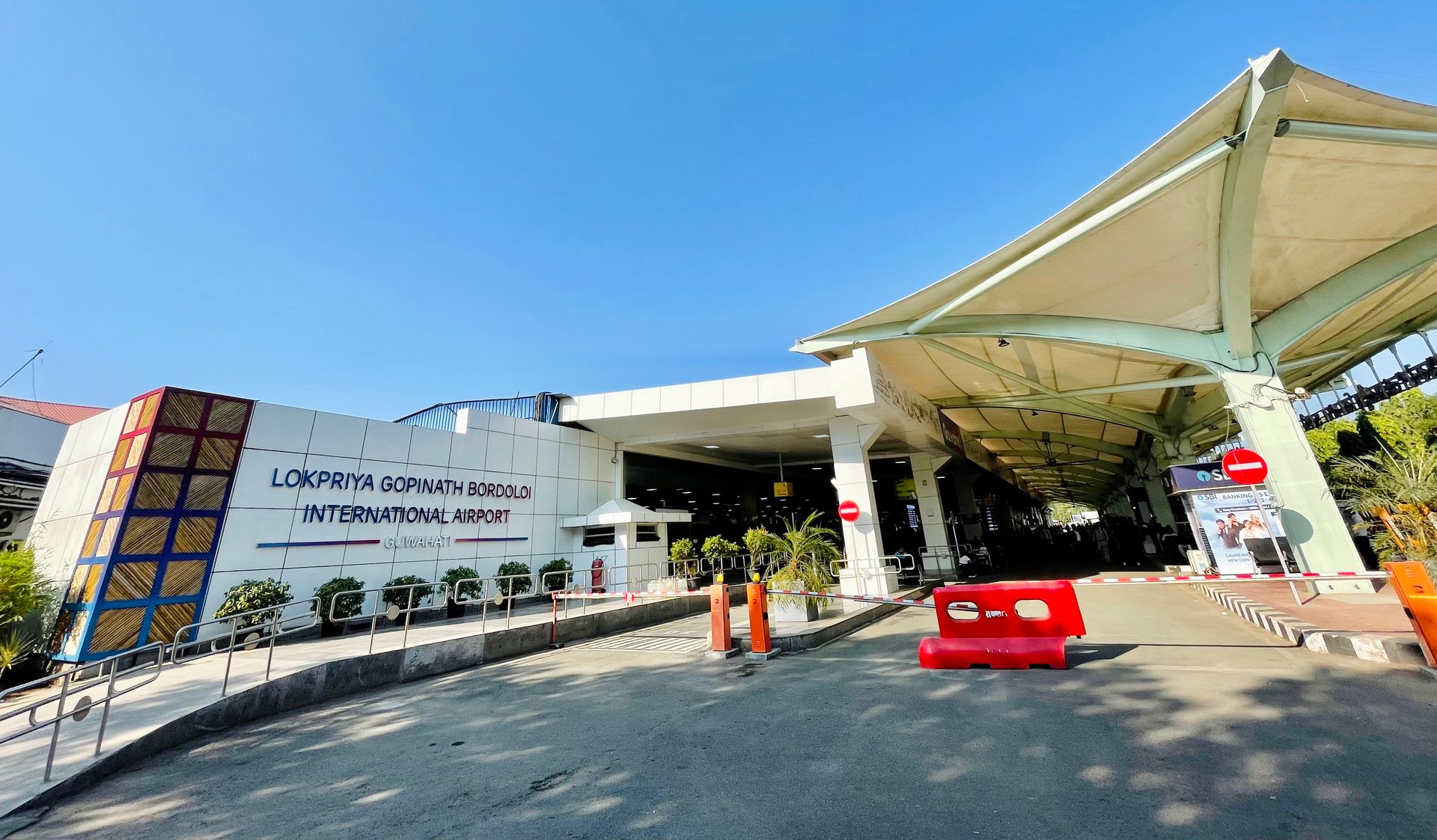
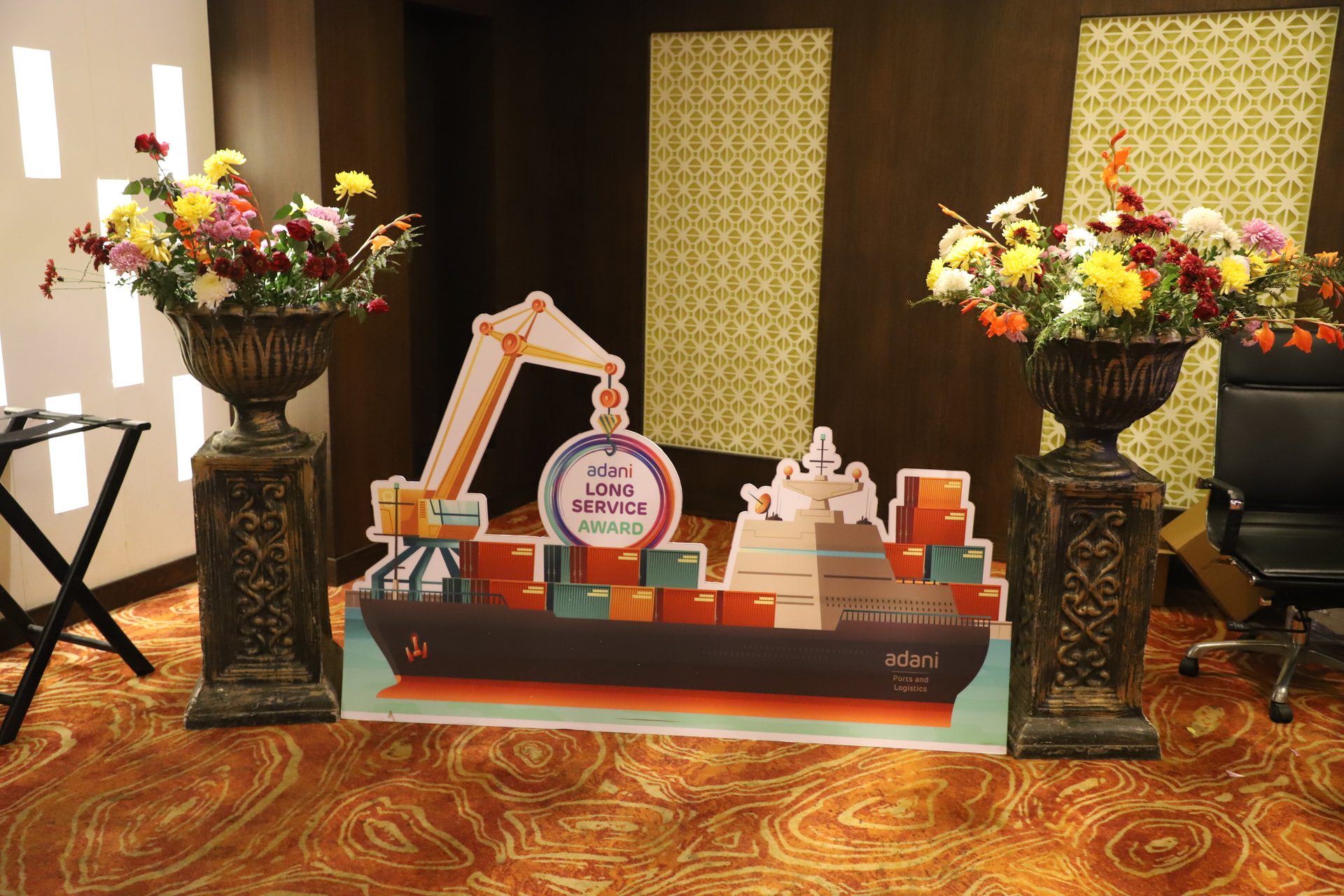
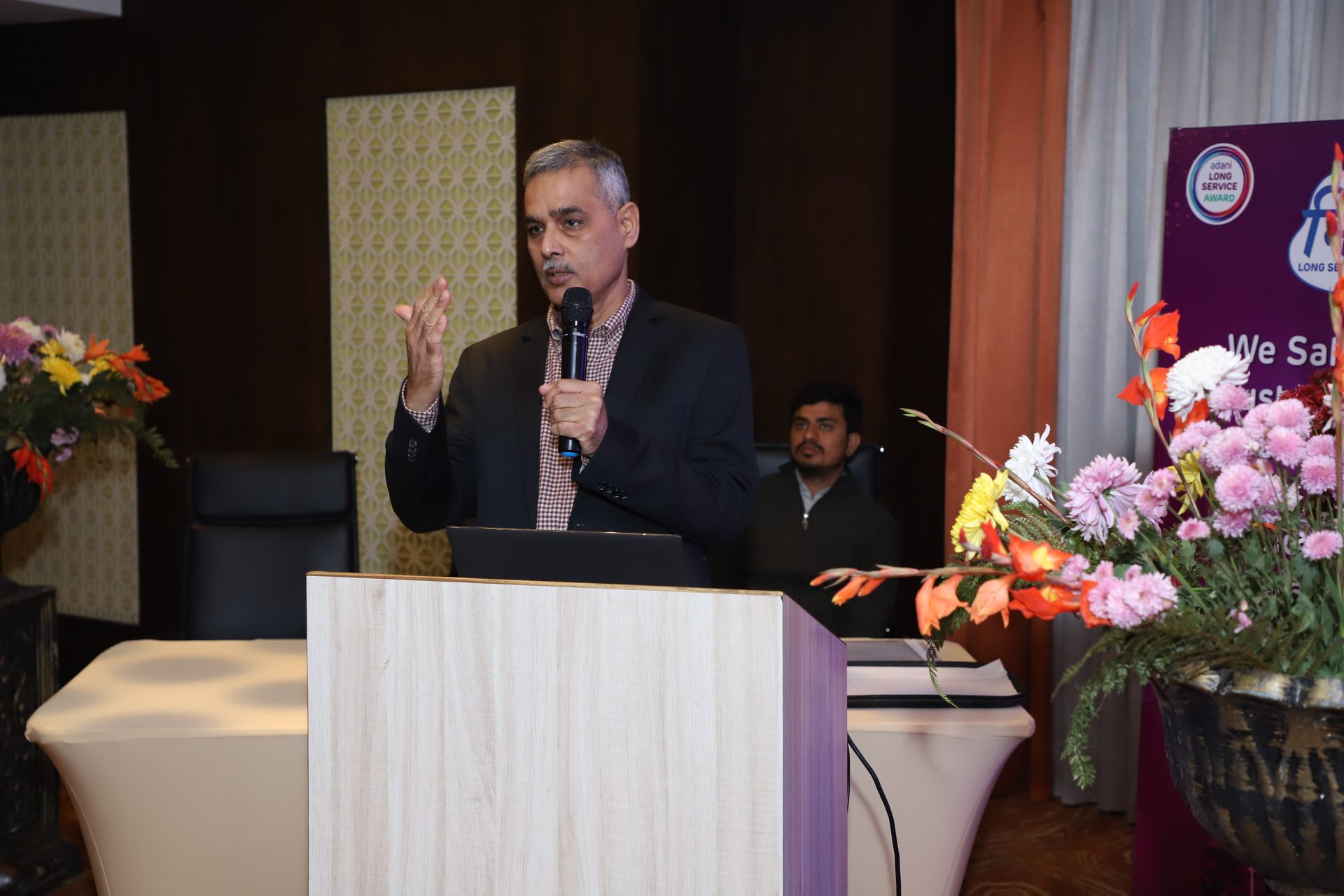
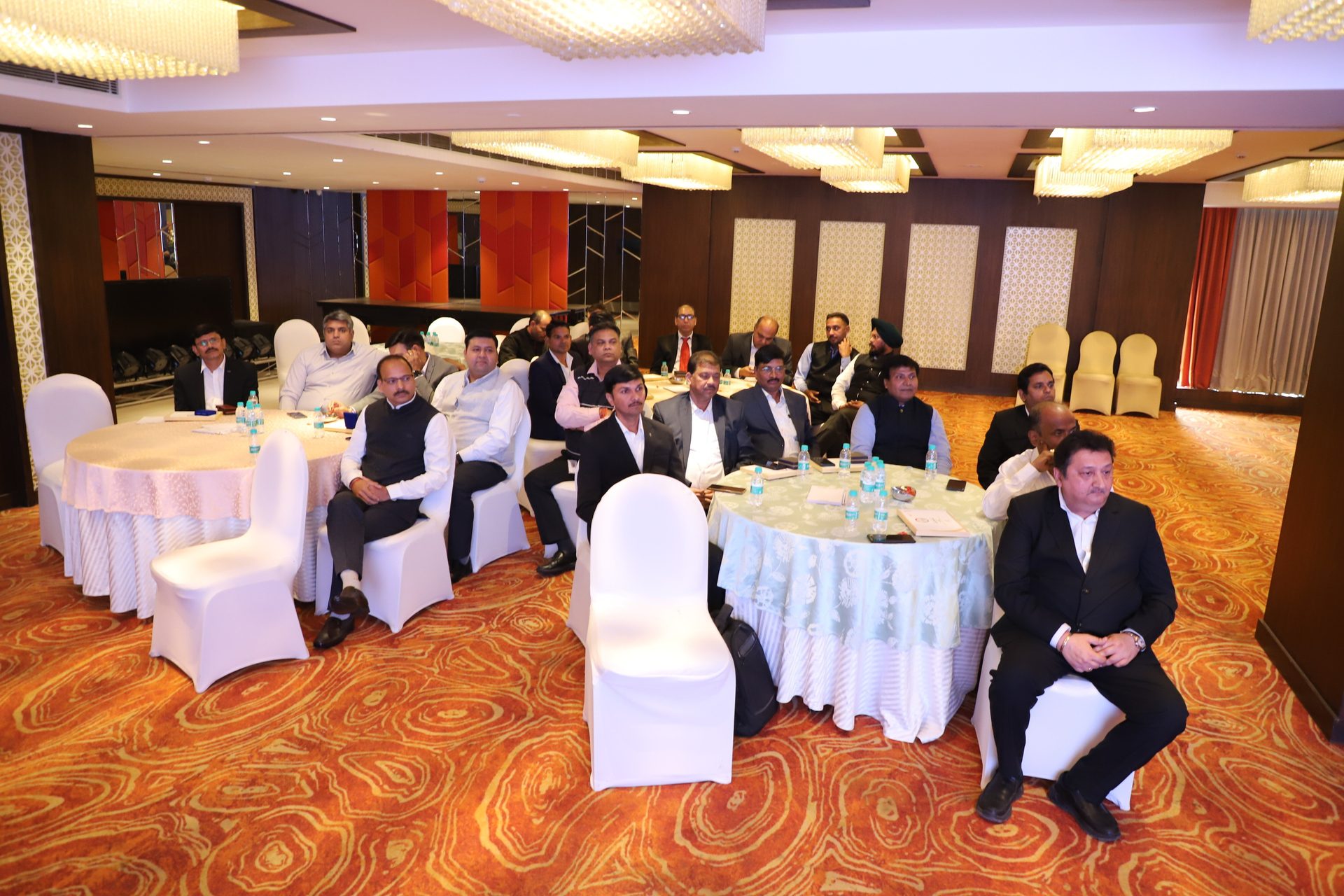
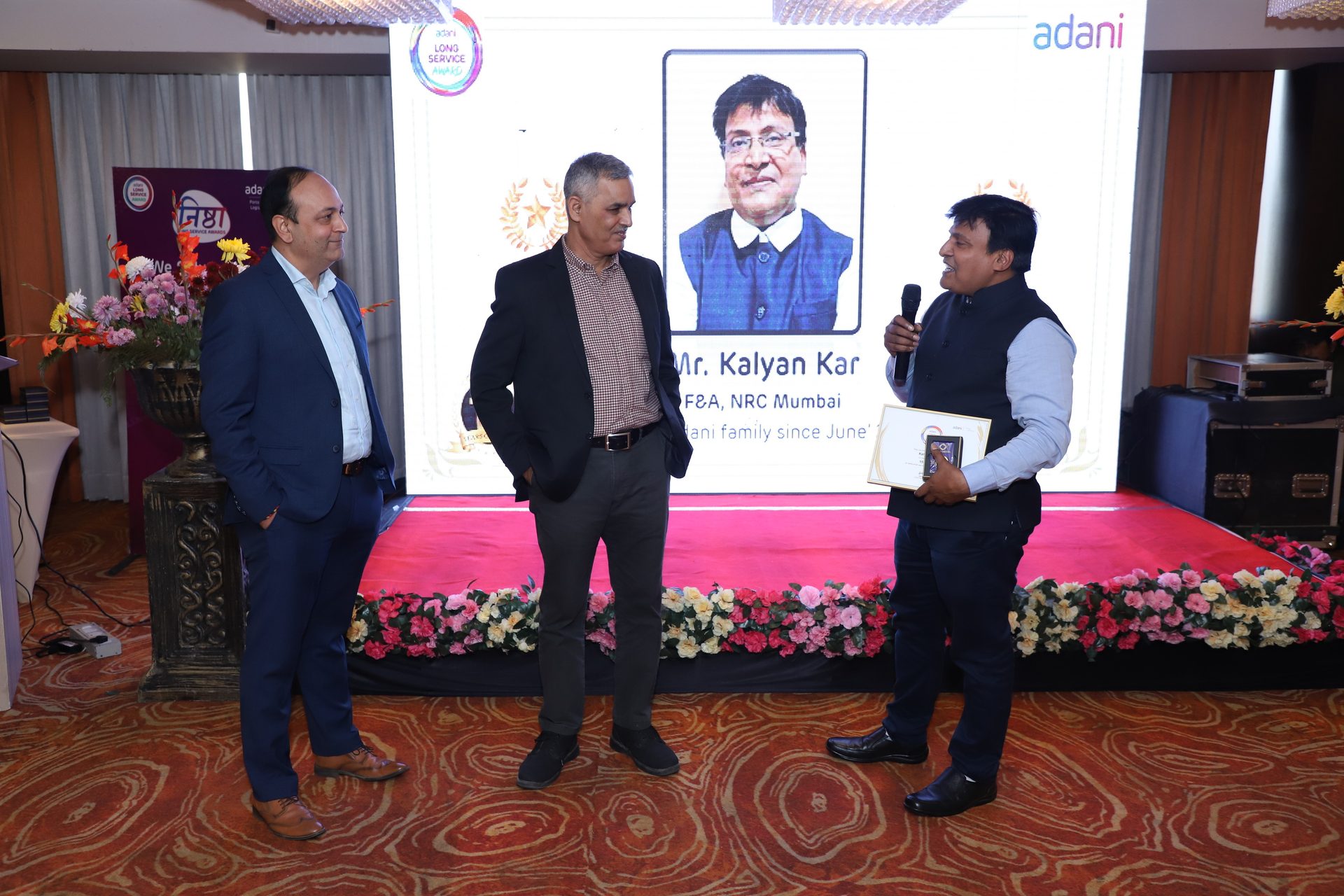
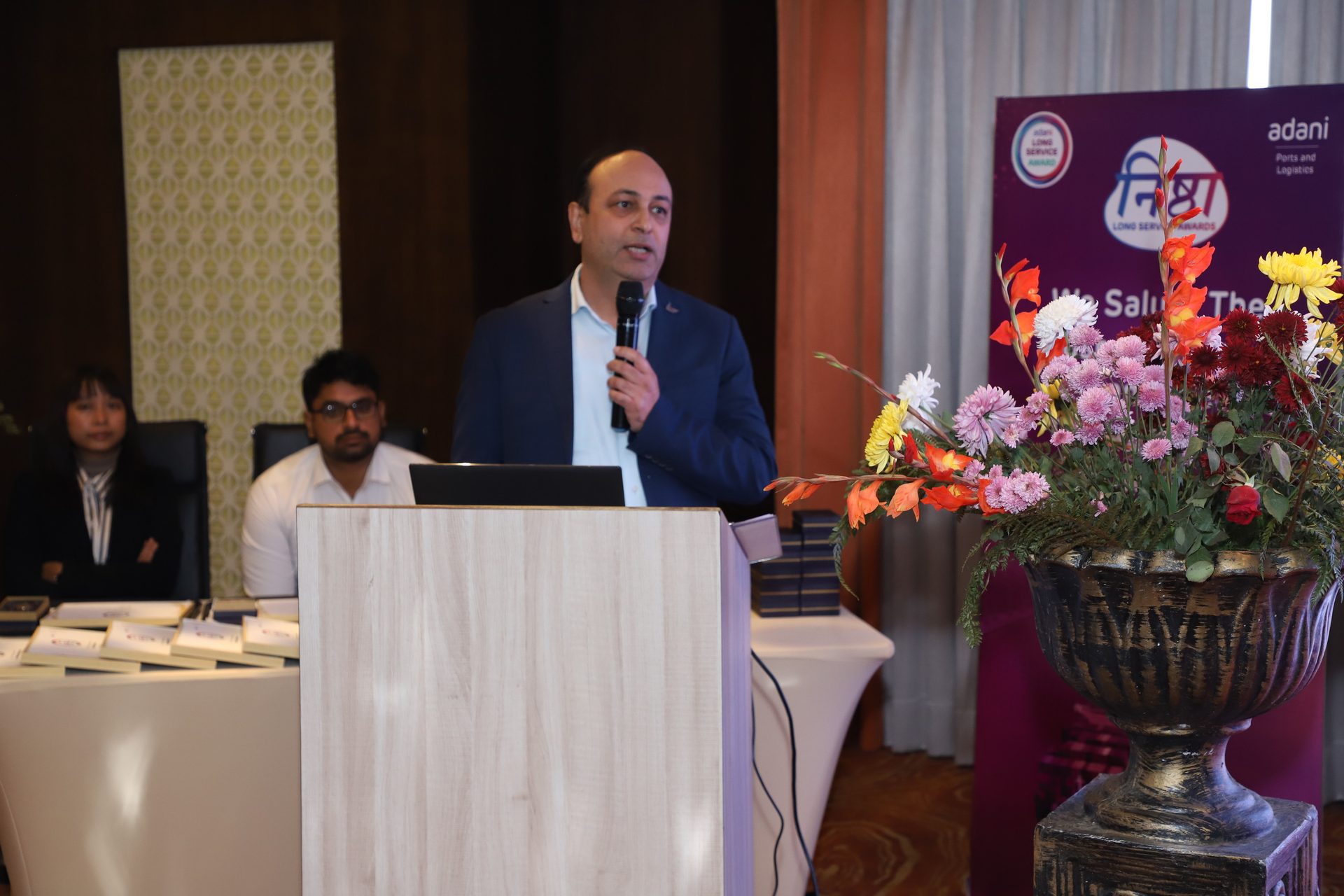
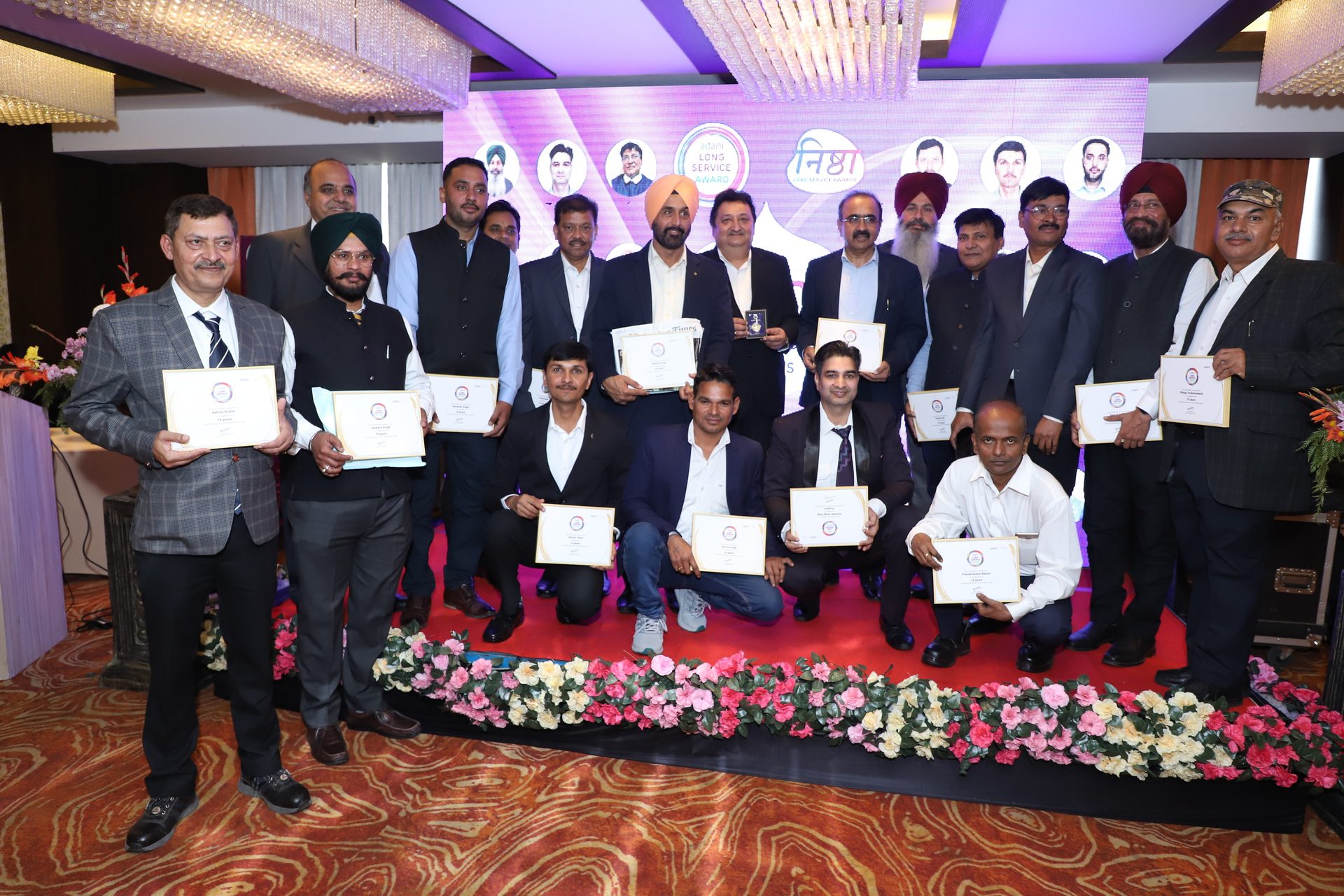
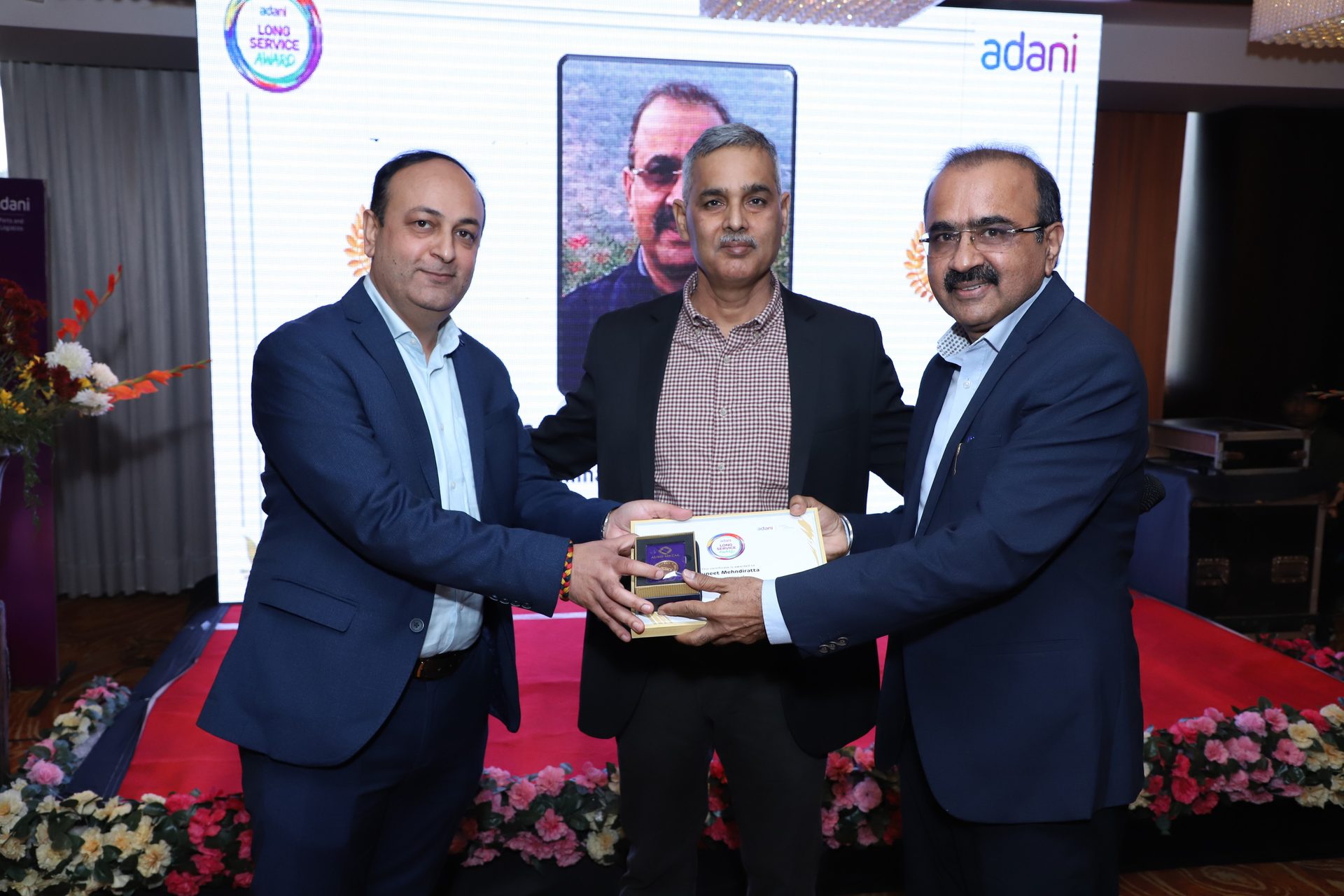
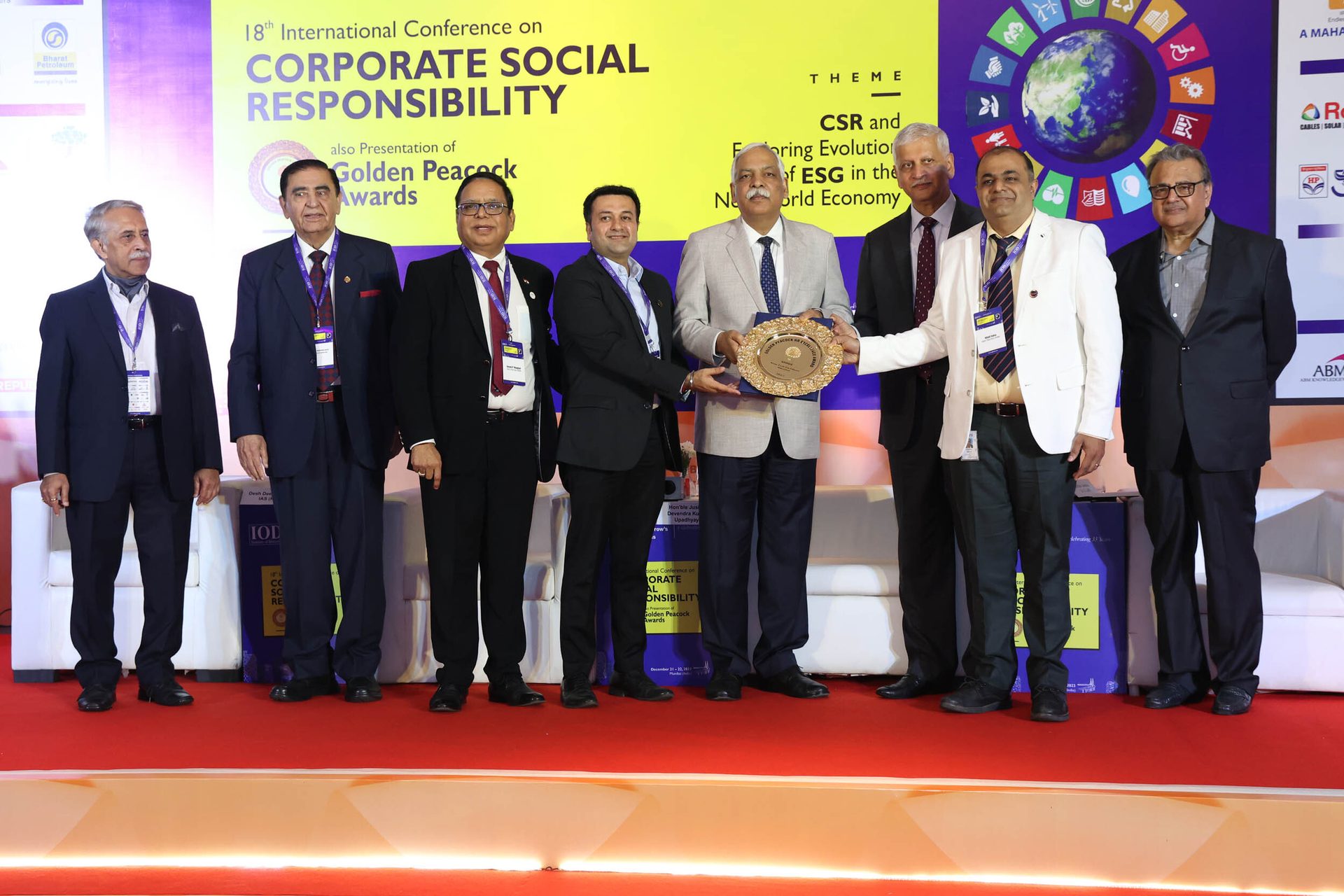
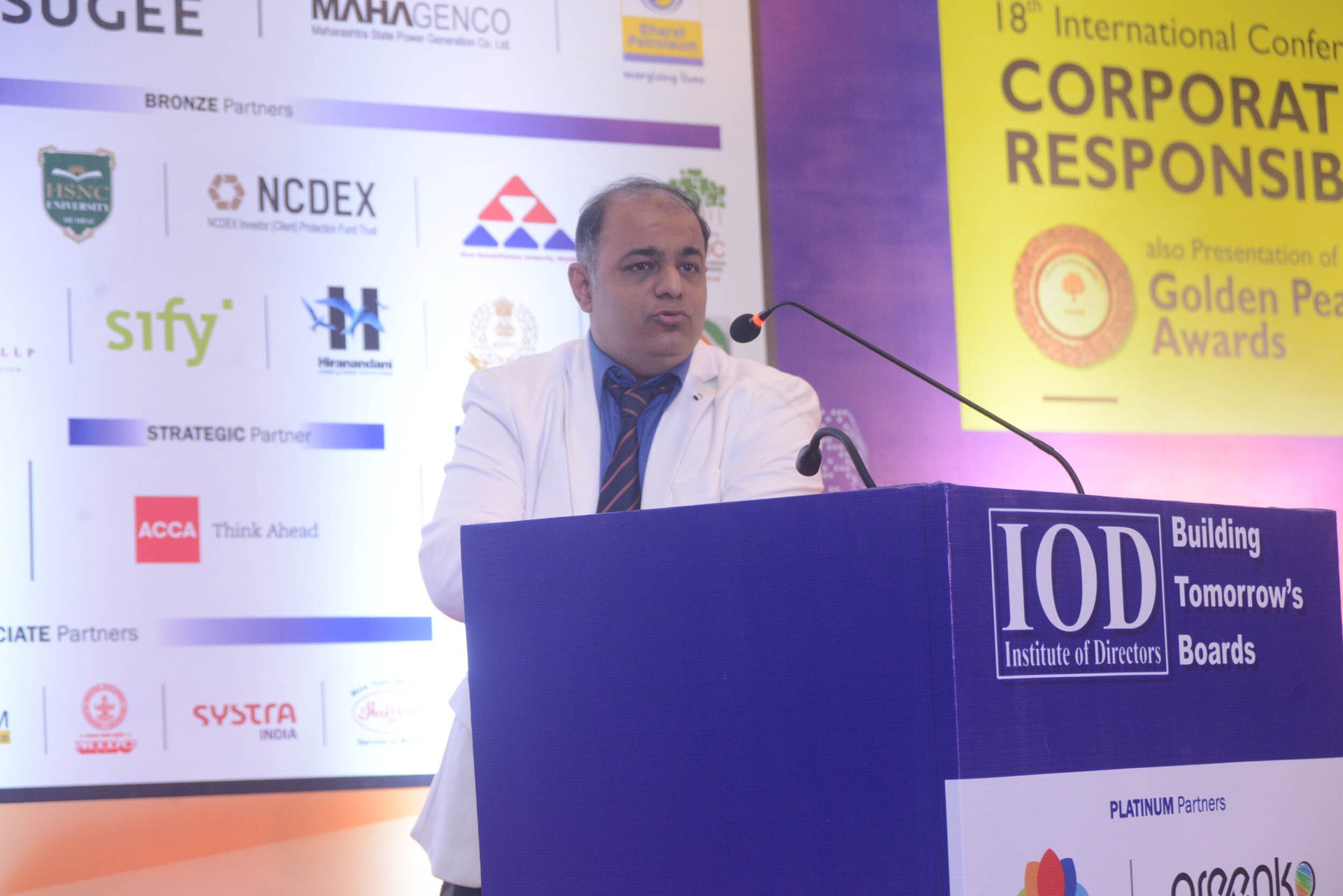
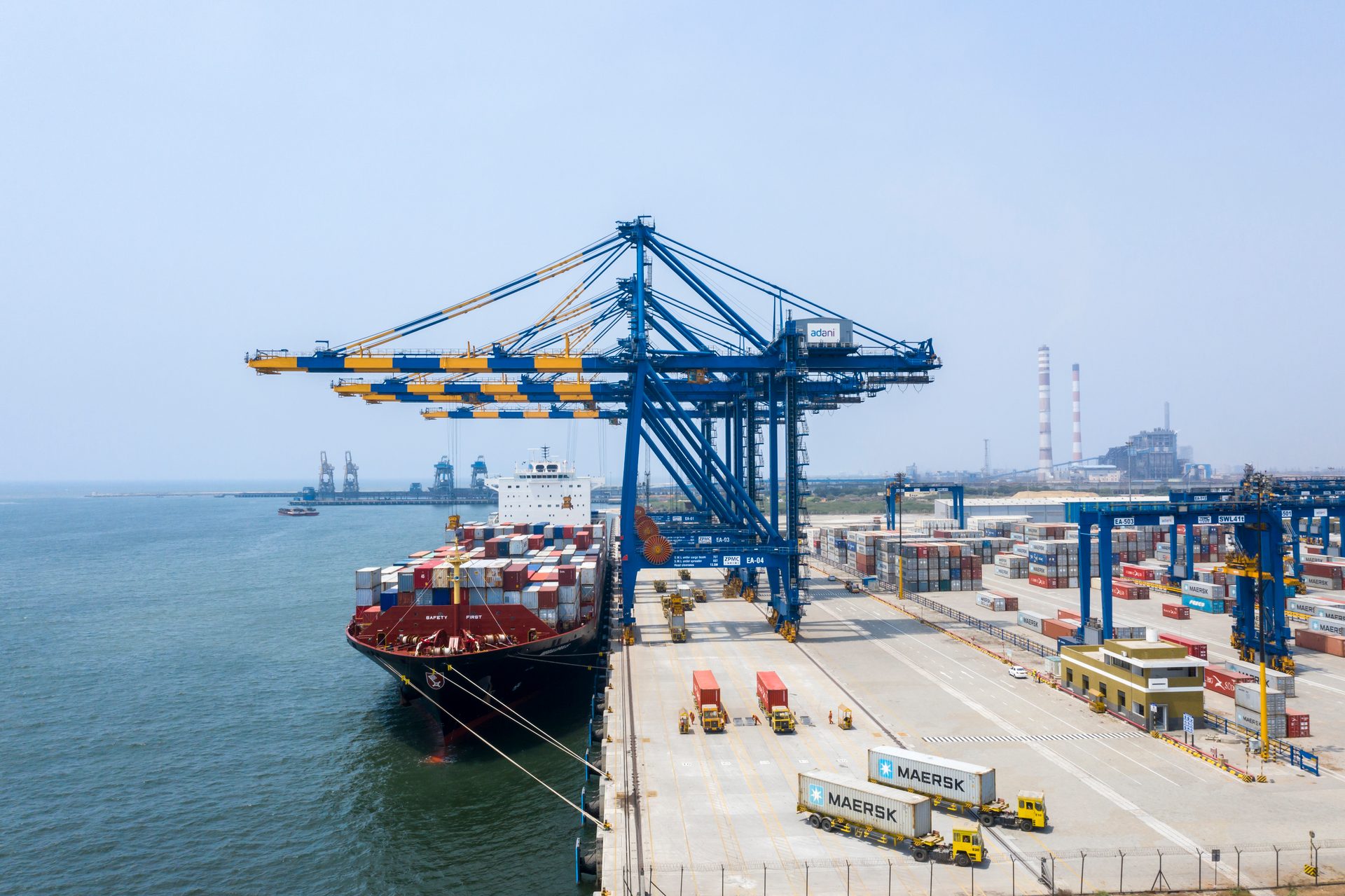
Adani Ports & Special Economic Zone's portfolio has now expanded to 13 ports and terminals in India with the recent acquisition of Karaikal Port, reinforcing its strategic maritime presence.

Adani Airport Holdings currently manages 7 airports in India, and the upcoming Navi Mumbai Airport will elevate the count to 8.
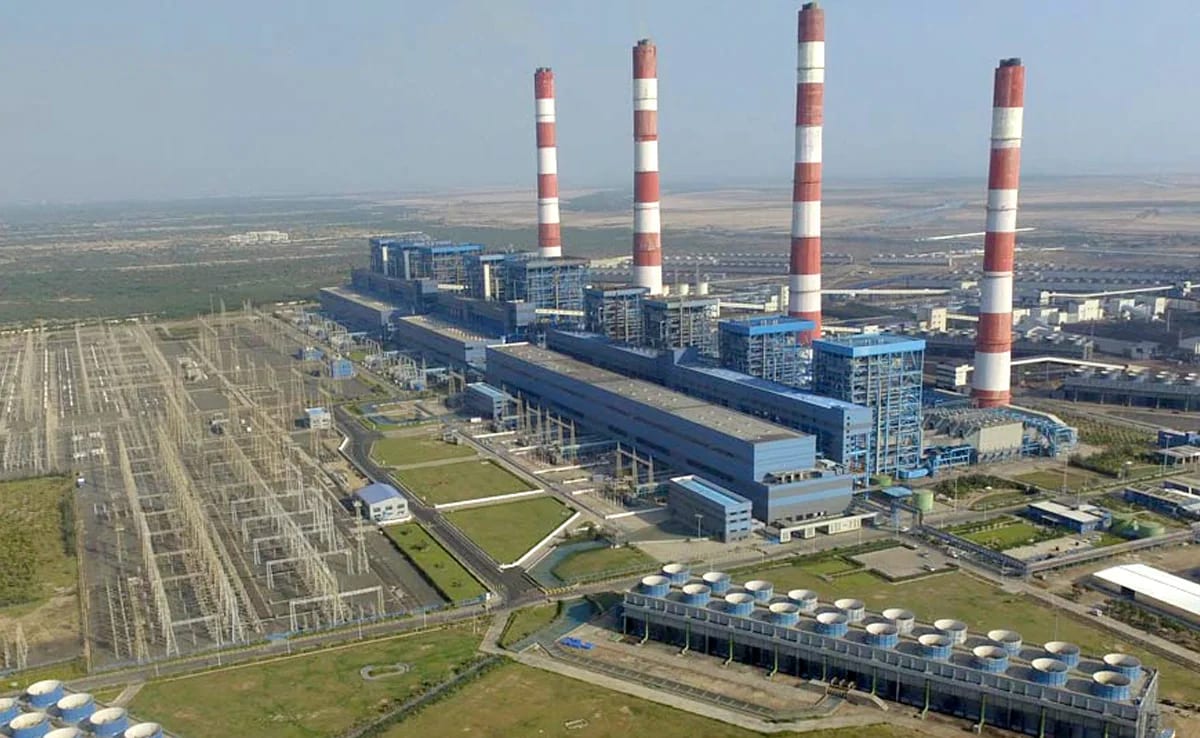
Adani Power’s Godda Thermal Plant in Jharkhand, which supplies power to Bangladesh, is India’s first truly transnational power supply project.
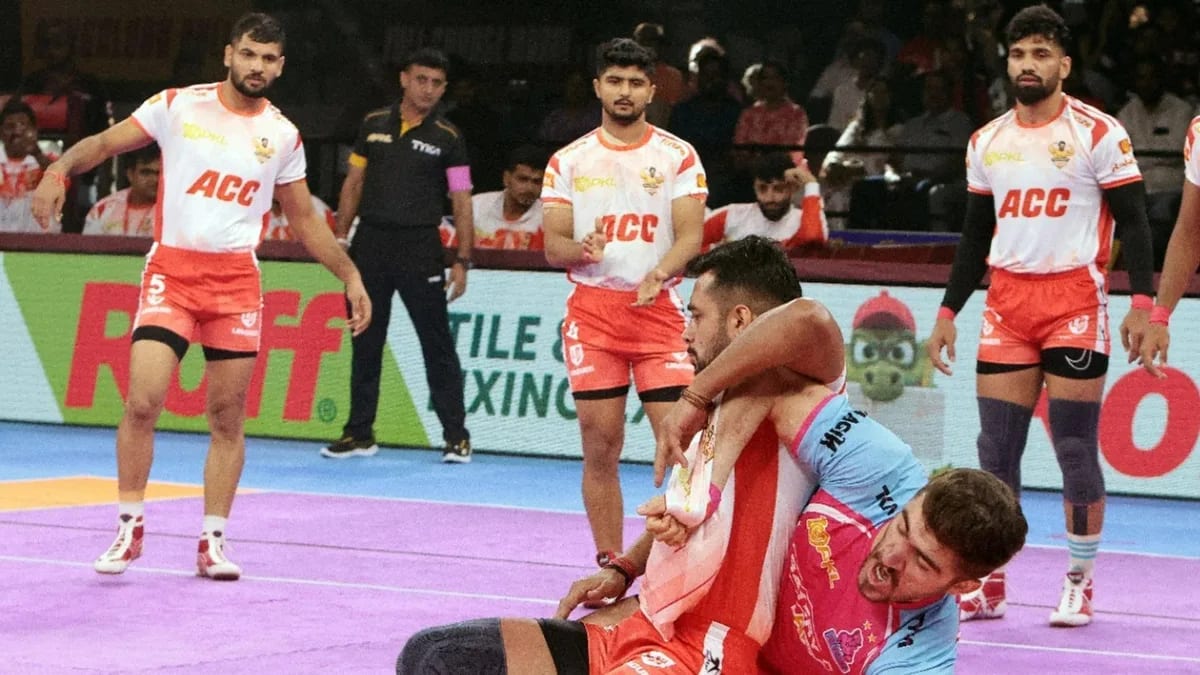
Adani's diversity in sports is unparalleled, with teams in Kabaddi, Women’s Premier League Cricket, Kho-Kho and the International Cricket League T20 in the UAE.
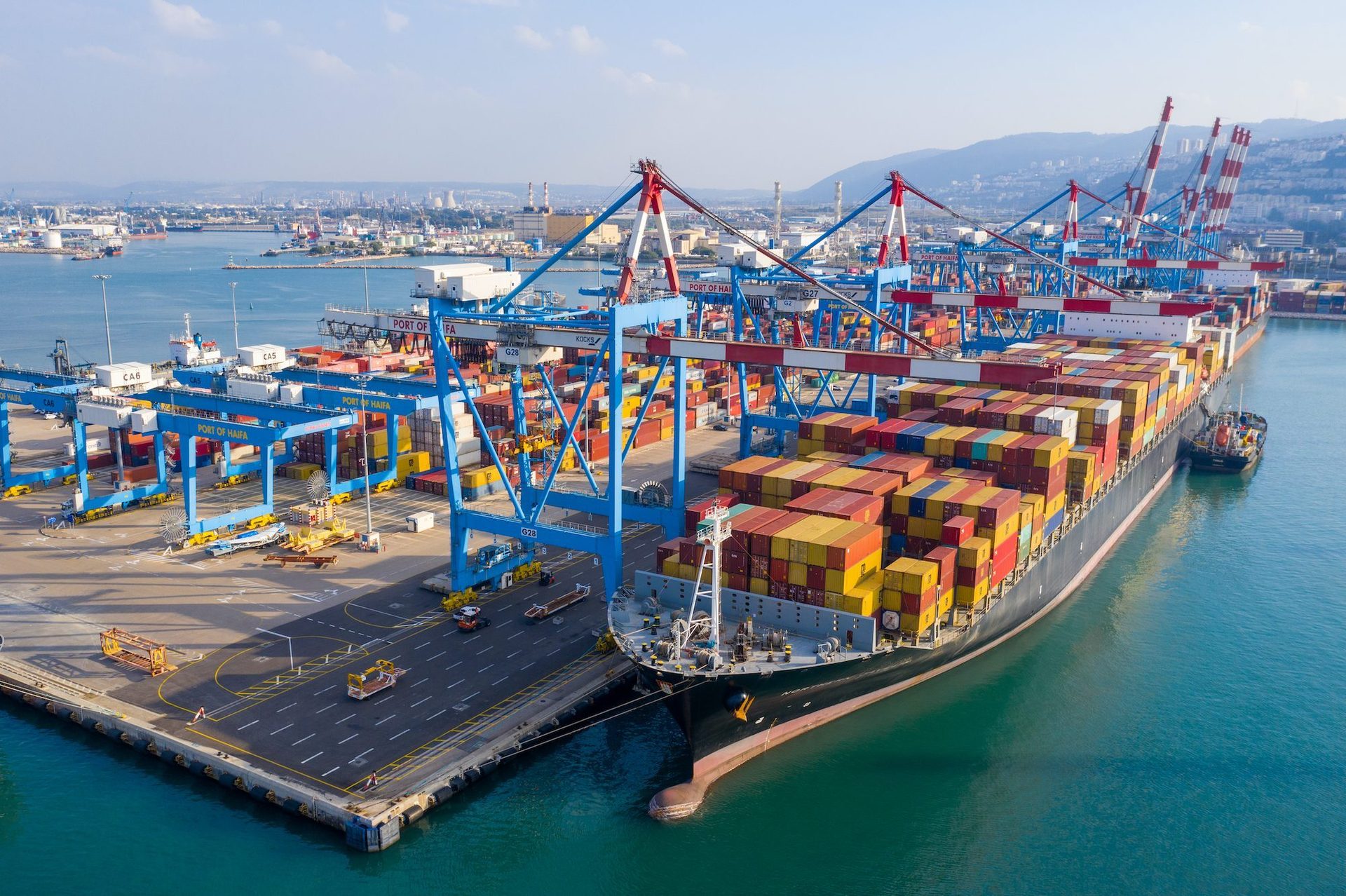
Adani Ports & Special Economic Zone extends its international reach in ports and logistics with a new presence in Haifa - Israel and Colombo - Sri Lanka.
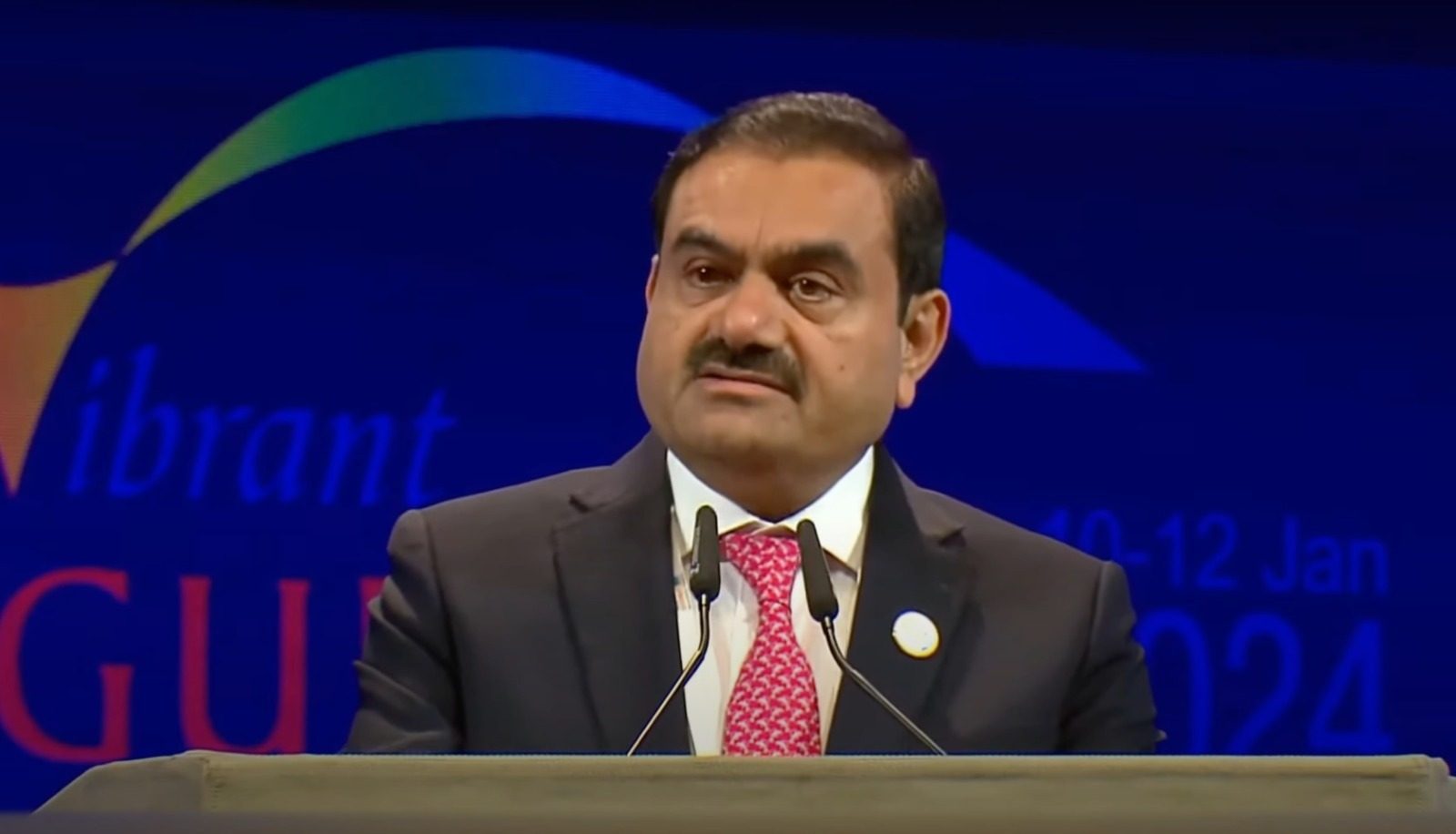
The Adani Group has made a record-breaking commitment of INR 2 lakh crore investment for Gujarat’s economic development focusing on renewable energy and job creation.

AdaniConneX operates a Data Center in Chennai and is expanding its footprint with upcoming centers in Mumbai, Noida, Pune, Hyderabad and Vizag.
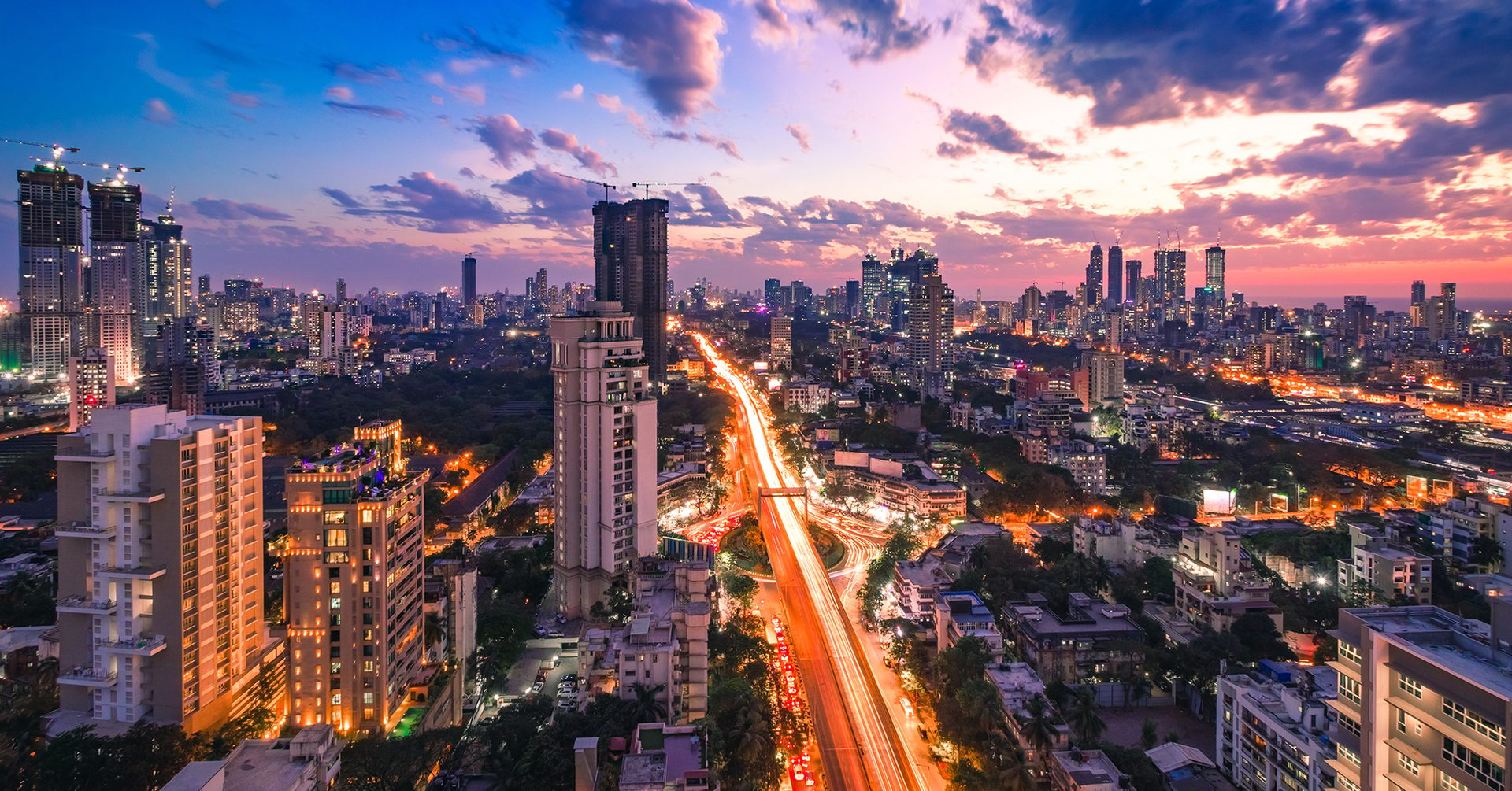
Adani Electricity Mumbai serves over 3 million consumers in Mumbai and its suburbs, and it has a reliability rate of 99.99%, which is among the highest in the country.
your corner
Unleash your creativity.
Send in your original contributions to connect@adani.com
Please do not forget to attach relevant details.
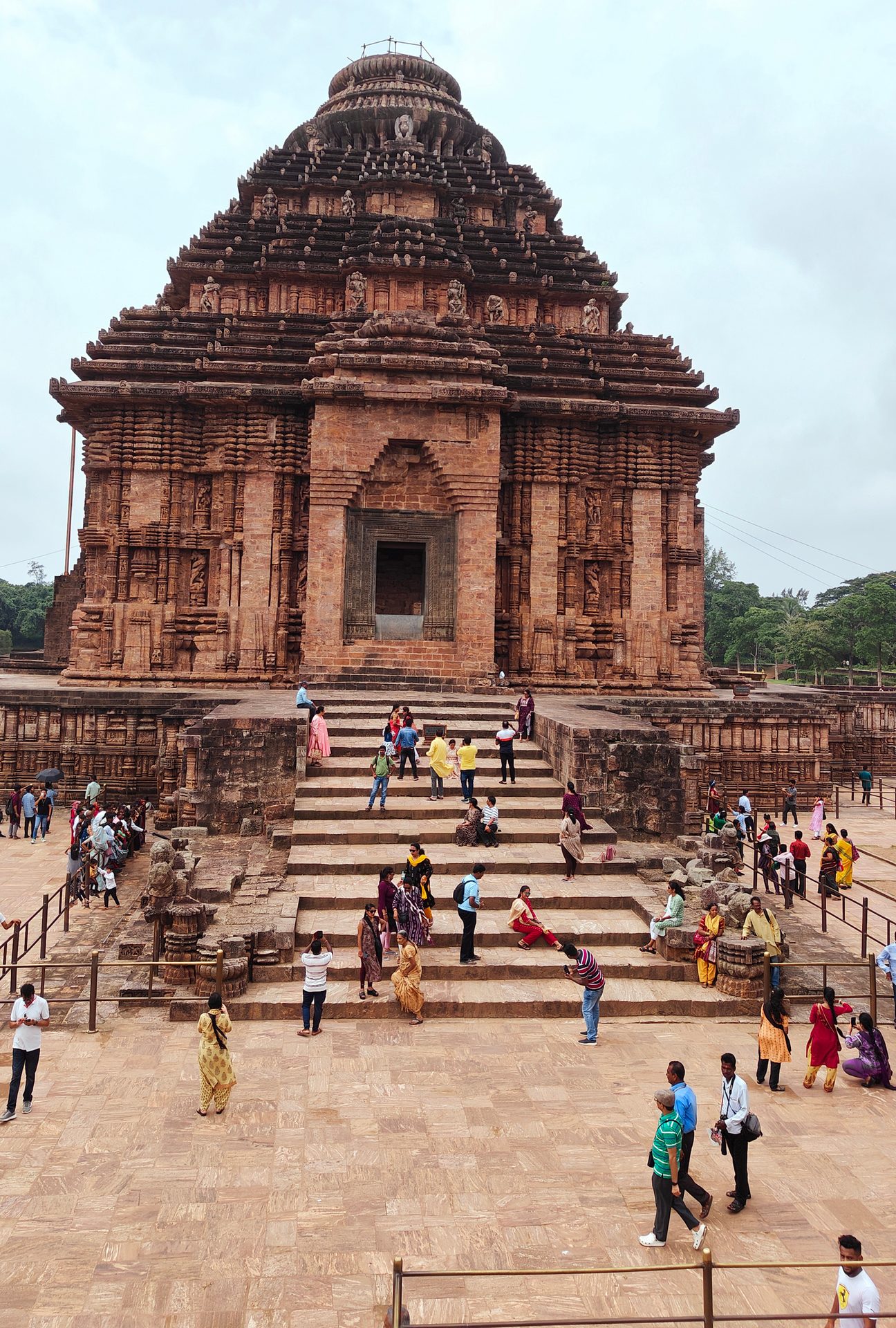
Bound by faith, beauty and bricks from another age
Archit Khare
Adani Enterprises

Okay Mother Nature, you win
Bino Mathew
Adani Logistics

Finding solace in symphony
Monisha A
Adani Power

Paradise found
Darshak Patil
Adani Green Energy

Akshardham, New Delhi
A spiritual sojourn
Kapildev Parikh
Abex
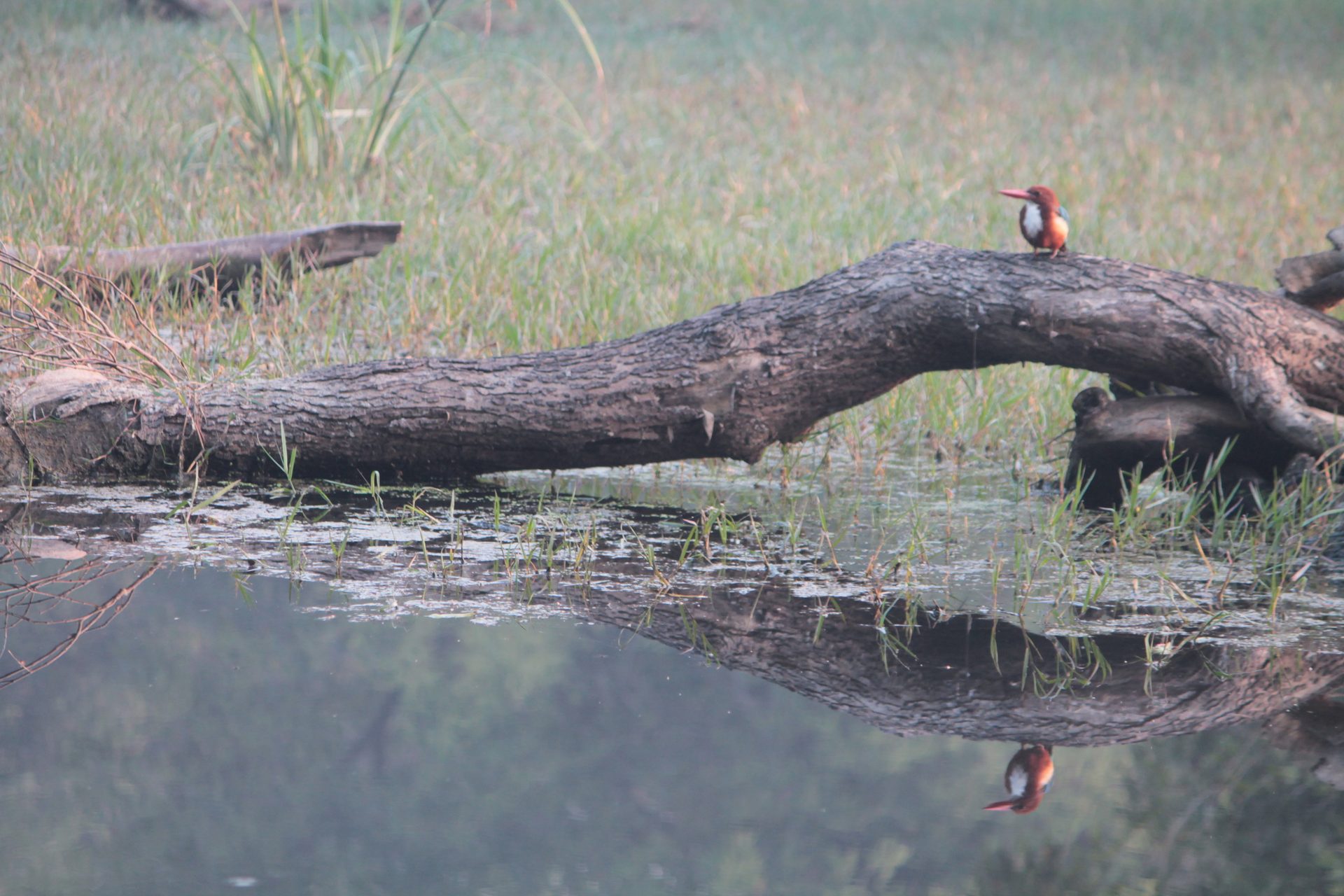
Bharatpur bird sanctuary
So small, so fickle, so swift
Rohit Kumar Srivastsava
Mundra Petrochem
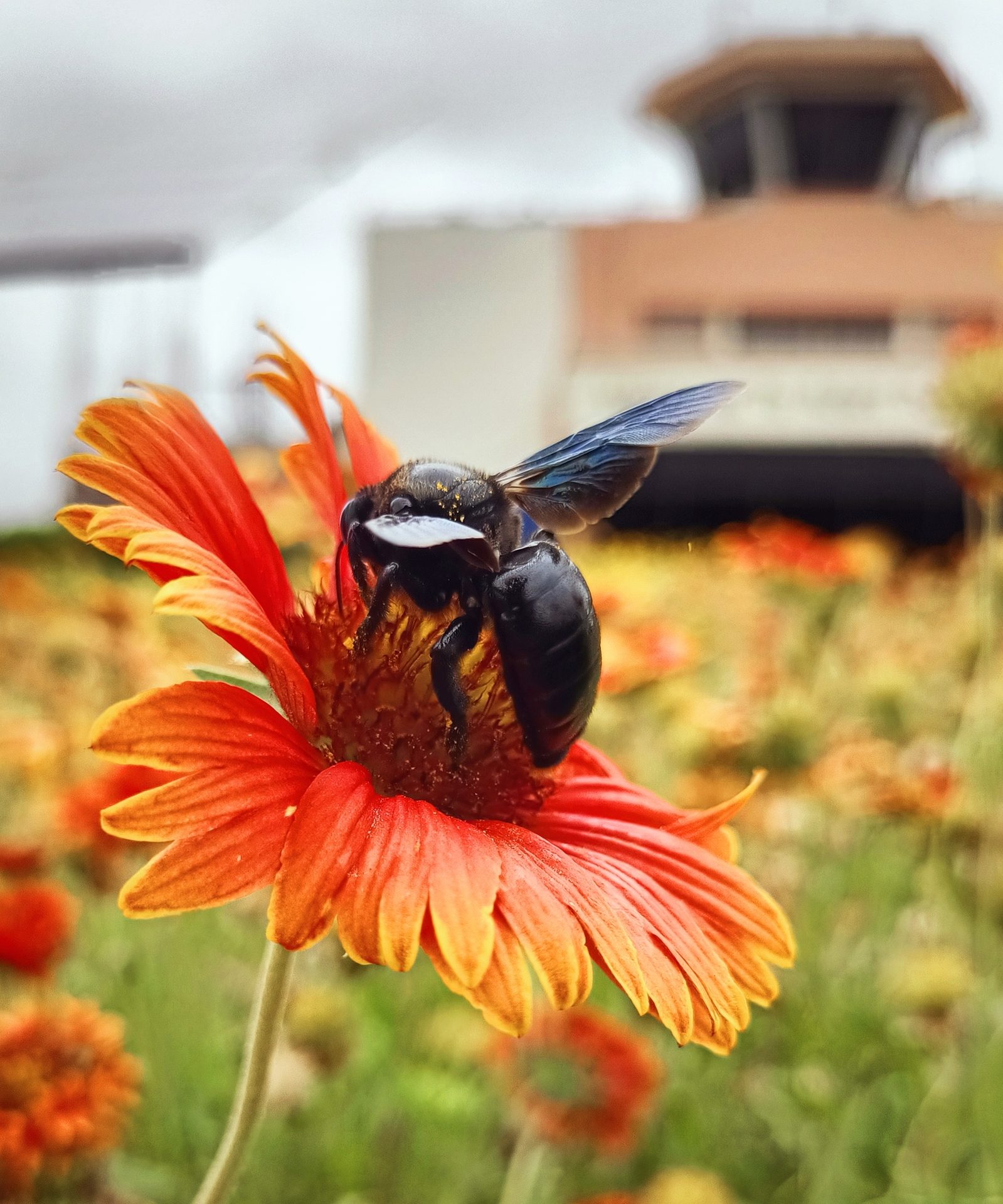
Buzz-worthy
Capt Dhvanit Raval
Karnavati Aviation
Vibrant Achievement Showcase
The a-connect monthly magazine is like a spotlight on our growth, sports wins, and tech successes. It is a delight to read about big events like Green Talks, what top management is thinking and planning, Adani Ahmedabad Marathon stories, and more. Big shoutout to our Foundation for making a real difference in society. Sustainability is a big deal, and the way we blend travel, lifestyle and business shows how awesome our organisation is. Being part of this as an employee is more than just a job – it is like living a proud lifestyle. Grateful for the journey we are on
P Venu Gopal
Energy Strategy, Adani Energy Solutions
Business Insight Hub
Certainly, a-connect magazine plays a crucial role in keeping readers informed about the latest industry trends, market insights and corporate strategies. They often feature in-depth articles, interviews with industry leaders, and analysis of economic developments.
Gopal Parmar
Rail operations, Adani Logistics
Life & Sports
I found the article in the December issue of a-connect about India's cricket world cup performance super interesting! Our Chairman wrote about it, and the perspective shared was insightful. It made me think that we should appreciate the positive stuff and take away lessons from the tournament instead of just getting hung up on the final result. The article totally shifted my view on the tournament and made me proud to be an Indian. Big shoutout to the a-connect team for letting us get a sneak peek into our Chairman's thoughts and the smart lessons we can learn.
Sivashankar TN
Human Resources, Adani Ports & SEZ
Connecting Thoughts, Dispelling Myth
a-connect is a great way for us to share our thoughts and stay in the loop about what's happening in Adani Group companies. I love how the Adani Group keeps dropping cool ideas, and a-connect helps us get the real scoop, so we're not falling for any fake news. I am happy to be part of this growing and innovative organisation.
Shweta Arya
Rail Logistics, Adani Cement
Bringing People Closer
The Adani Ahmedabad Marathon coverage provided a refreshing perspective on how a community of marathon participants can unite to foster camaraderie for a good cause. Ashish Kumar's story was truly inspirational. We eagerly anticipate more such uplifting narratives from the team at a-connect.
Darshan Patel
Market Intelligence, Adani Ports & SEZ
Captivating Tales
Loved reading about the awesome entrepreneurs of India in the December issue of a-connect! The GreenX Talks were so cool and the article really captured the vibe of it. They talked about down-to-earth entrepreneurs and how they are pushing the country forward. Shoutout to Nipun Malhotra – his determination and positivity in moving forward, no matter what, is amazing. Big cheers to the Adani Group for creating such a rad platform like GreenX and a-connect, sparking awesome conversations with these inspiring stories.
Milind Sangtiani
CEO Office, Adani Ports & SEZ
Unity Through Updates
a-connect offers a vital snapshot of ongoing activities, facilitating communication in a dynamic environment. It serves as a quick and efficient way for members to stay informed about key updates, fostering a sense of connection and unity within the Group.
Sanya Jagnani
Mergers & Acquisitions, Adani Ports & SEZ
Inclusive Growth
a-connect effortlessly captures the attention of its readers through a perfect blend of engaging content and visually appealing layouts. Overall, the magazine serves as a commendable review of the company's achievements and its commitment to creating a positive impact in the world.
Ayush Bagrodia
Regulatory and Legal, Adani Green Energy
letters

Keep the feedback flowing. We value every letter from you.
We’d love to hear More from you!
a-connect is your magazine.
We are committed to providing you informative and engaging content through a-connect. To do this, your insights and feedback are crucial.
As we strive towards excellence, we value your inputs. We want to know what you liked, what you did not, and how we can improve.
We would love to keep hearing from you on what more we could cover, explore or highlight in a-connect. Are we missing something? Is there a particular topic you would like to learn more about? Are there any trends you would like us to follow?
Your suggestions will help us to deliver the content most relevant to you. Please connect with us. We will publish a selection of the comments we receive.

